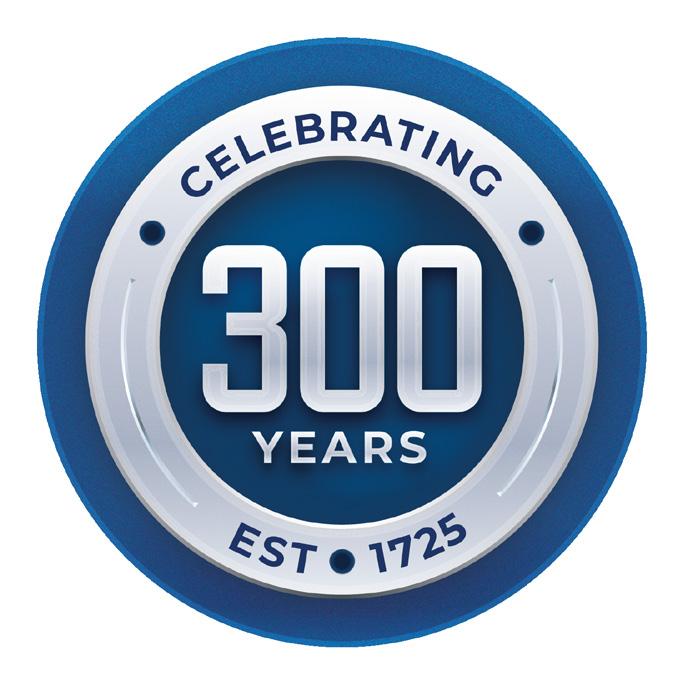

REASONS WHY HERO IS AUSTRALIA’S BEST TRADE PRINTER
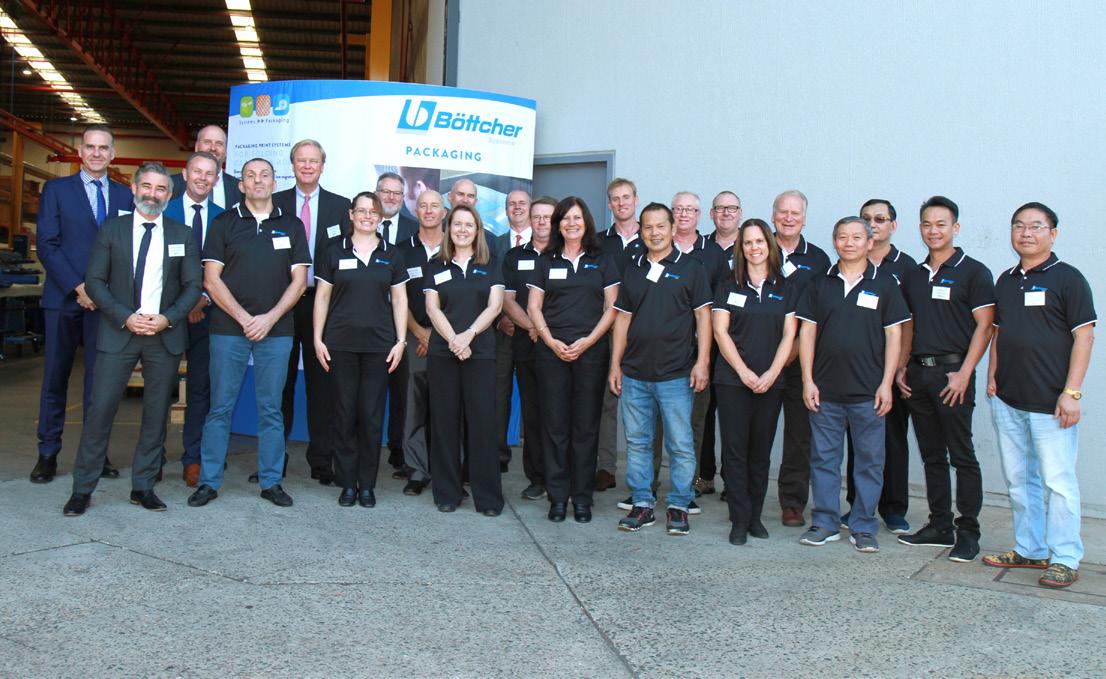
14-16 COVER STORY: Böttcher Group celebrates 300 years serving the industry
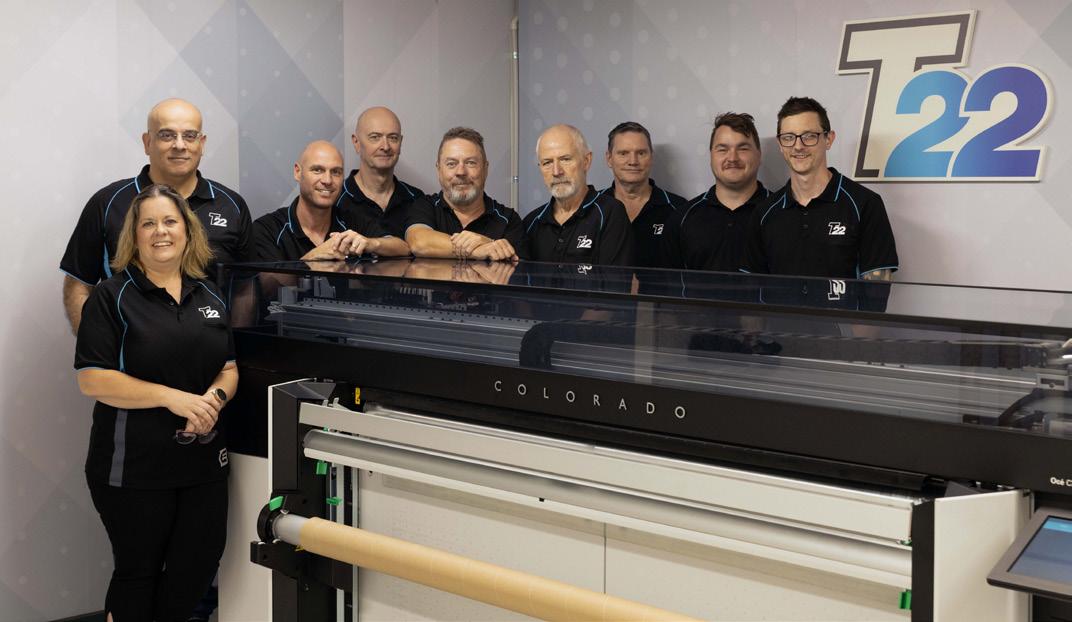
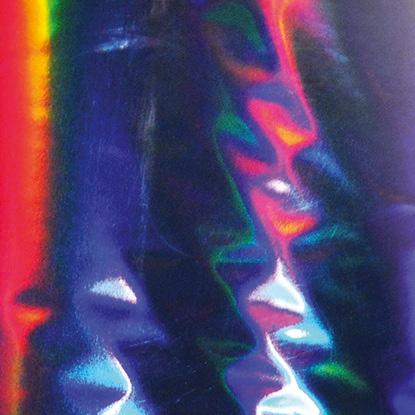
T22
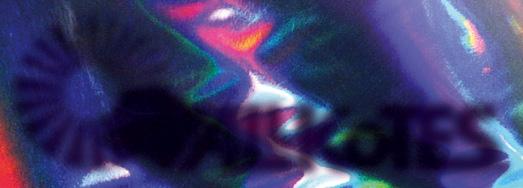




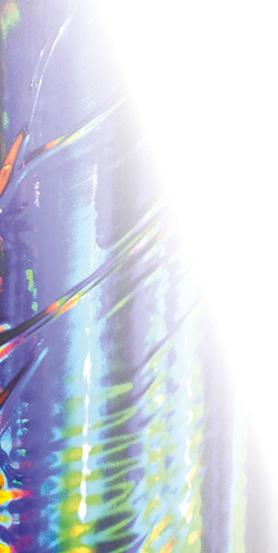
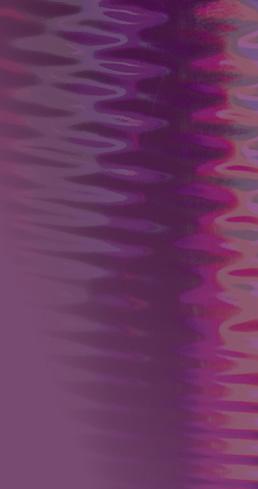
6-11 NEWS: Australian Printer’s comprehensive industry news
12-13 CASE STUDY: T22 powers Australian event signage with Canon innovation
14-16 COVER STORY: Böttcher Group celebrates 300 years serving the industry
18-19 75-YEAR ANNIVERSARY SPECIAL: Bernard Cheong, the silent entrepreneur
20 WOMEN IN PRINT: Kwik Kopy Eagle Farm centre owner Aleisha Gill
22-29 CHINA PRINT 2025 REVIEW: All the latest innovation and technologies on show in Beijing
30-32 THE EVOLUTION OF PRINT MATERIALS: The latest technologies and trends in this sector
30 Ball & Doggett 32 Konica Minolta Australia
OPINION: Meaningful messaging is the print marketing metric that matters most
OPINION: Uncovering the hidden benefits of eco-friendly print materials 37 OPINION: The physical permanence of print
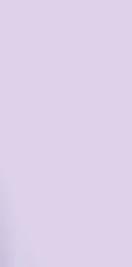
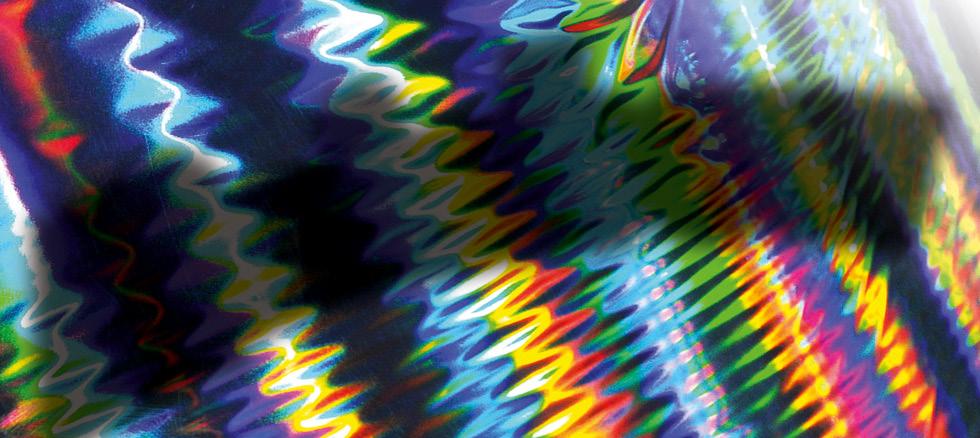
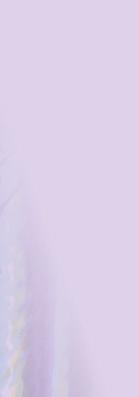

38-39 DOWNTIME: Careers Expo & WorldSkills 2025 a huge success in Brisbane
DOWNTIME: Imagination Graphics hosts fundraising BBQ in support of Supertee foundation
DOWNTIME: WA turns out in Perth for 2025
ASGA Sign & Print Golf Day
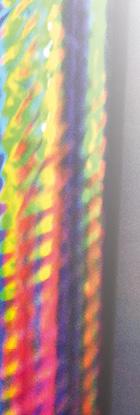


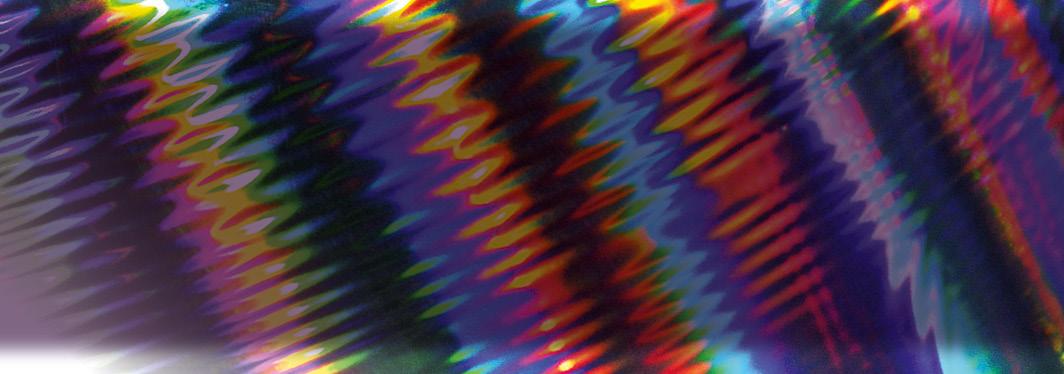

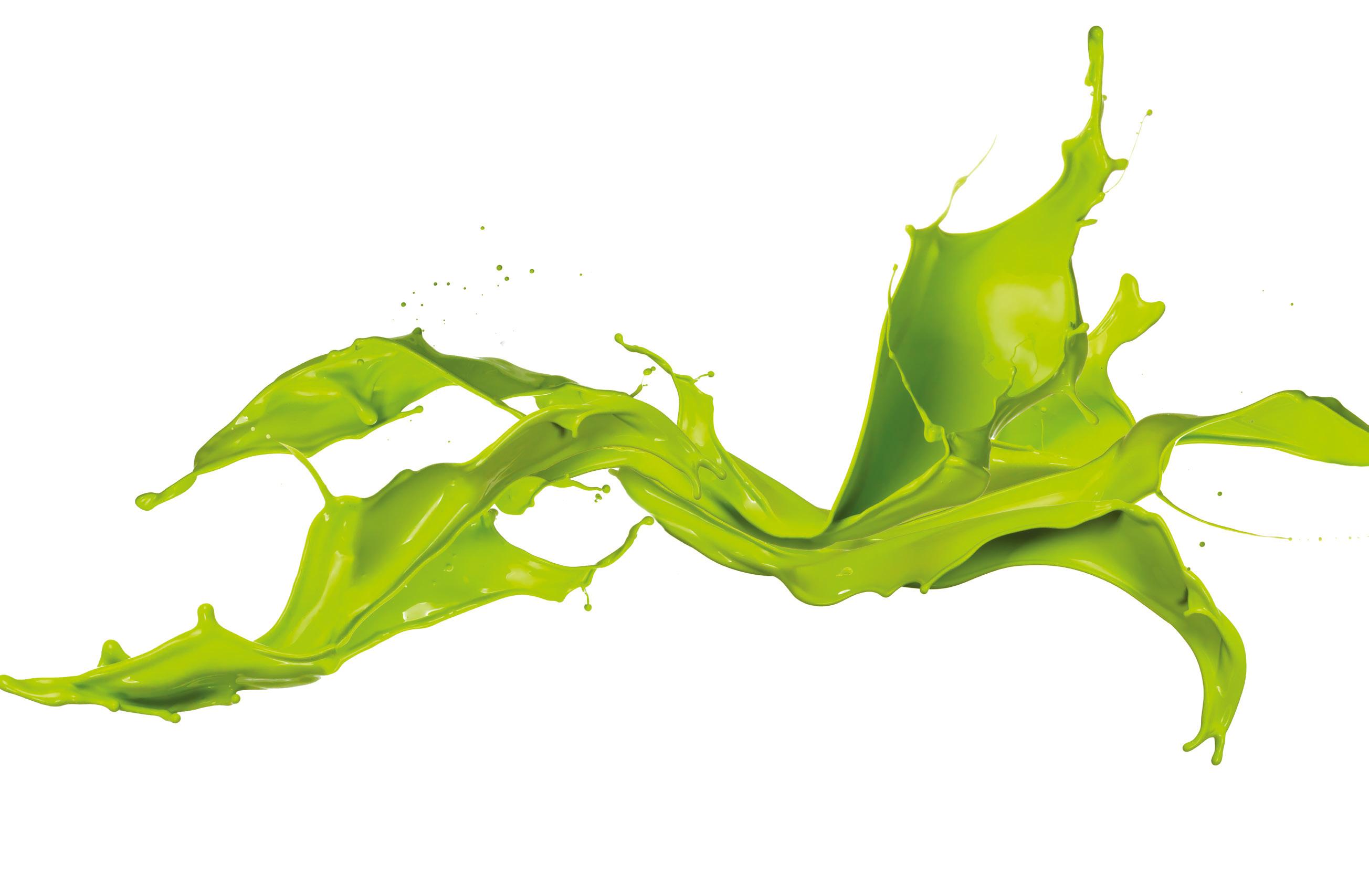
PRINT DIARY: All the upcoming events
45-50 CLASSIFIEDS: The Australian print industry’s biggest marketplace
To advertise call Carmen on 0410 582 450 or carmen@proprint.com.au
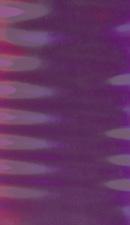






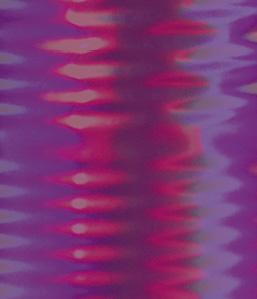
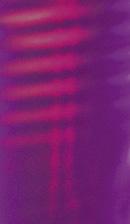
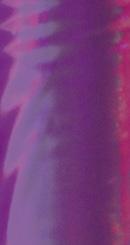
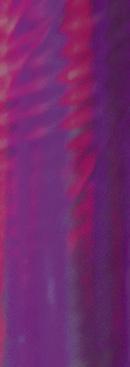
















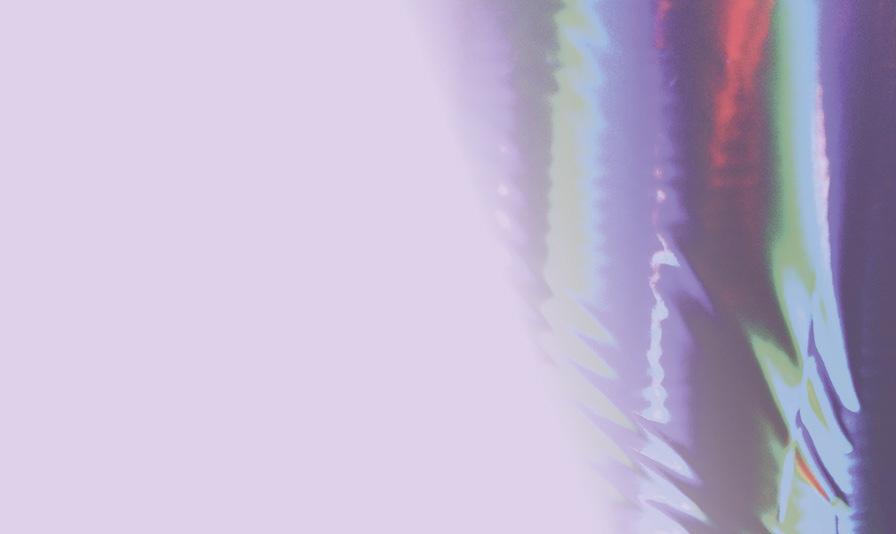




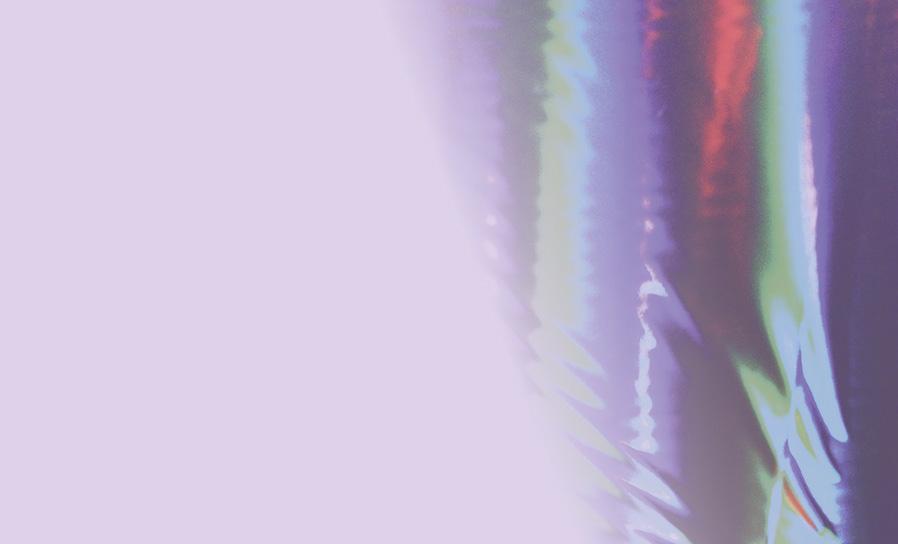
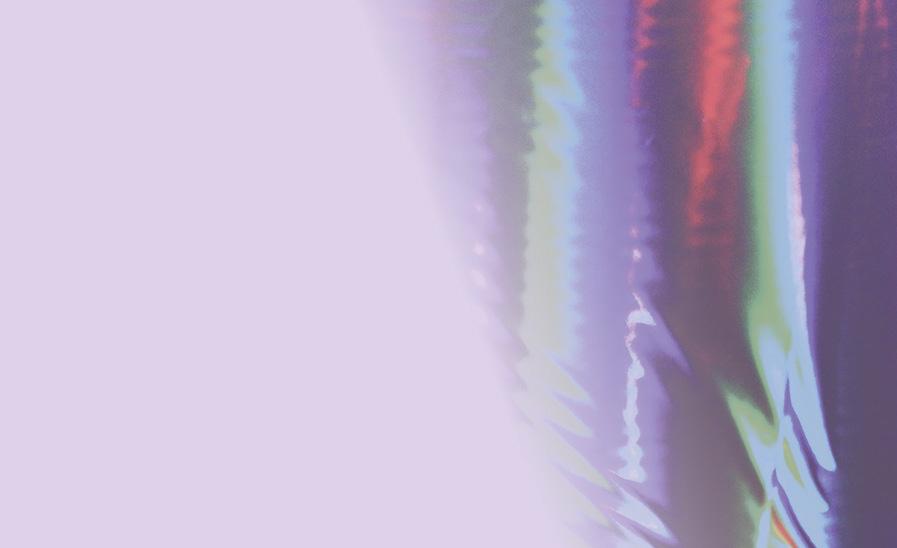



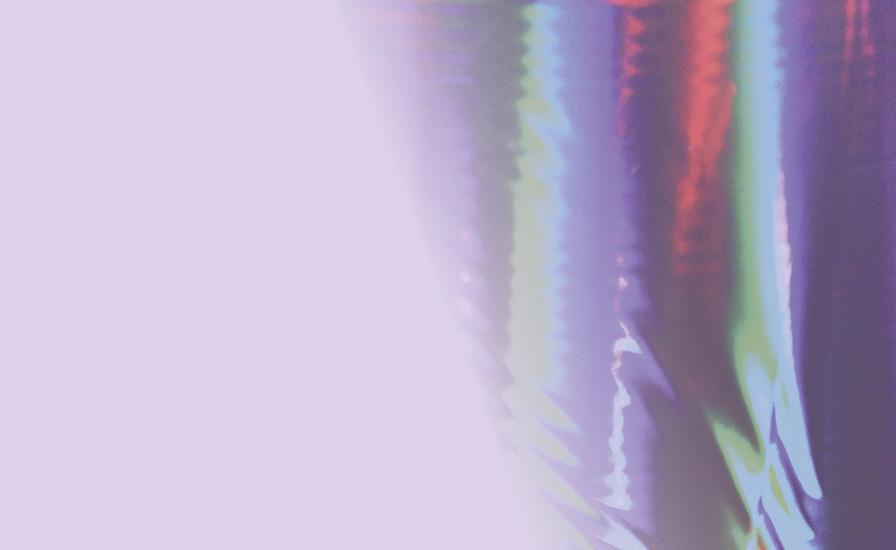





powers Australian event signage with Canon innovation



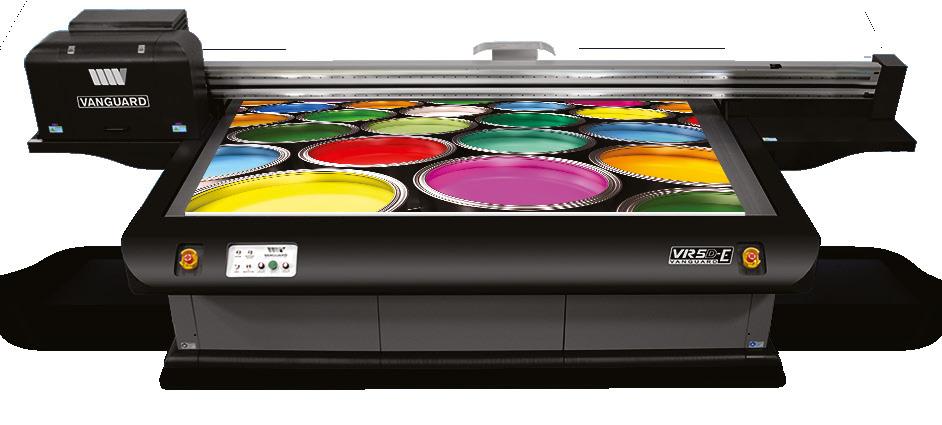


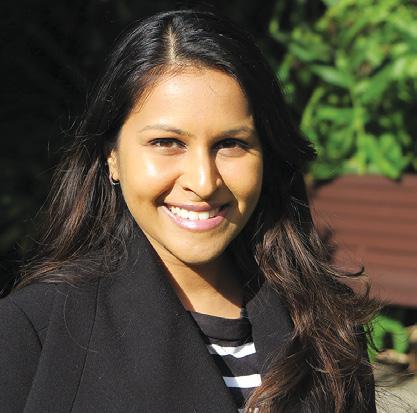
In the past few weeks, we’ve covered what just might be 2025’s biggest printing story of the year – Starleaton’s liquidation (more on page 8). We do come across such instances occasionally, where companies make promises, but fail to deliver.
These companies might have folded for their own reasons, but one theme is common across them all –customers get affected.
Customers are key; they remain at the heart of any printing business. Böttcher mentions this in the cover story (from page 14), Cyber Australia focuses on this in the AP 75-year special (from page 18), Kwik Kopy Eagle Farm lives by it, as detailed in our Women in Print feature (on page 20)... it’s the lifeline of any successful business.
Read more about these stories in this issue.
This issue also showcases the latest technological innovations that were on display at the recent China Print tradeshow in Beijing (from page 22).
Hope you enjoy the read.
Managing Director
James Wells / 02 8586 6101 james@intermedia.com.au
Subscriptions / (02) 9660 2113 subscriptions@intermedia.com.au
Subscription rate (5 issues) Australia $79
Cactus Imaging installs another Durst first with Haptprint 3D technology
Cactus Imaging is the first printer in the southern hemisphere to offer Durst Haptprint 3D technology for its customers.
Durst Haptprint is a specific printing mode available on Durst P5 350 D4 high speed printers that delivers a printing process with up to 12 layers for raised printing surfaces and simulated textures, such as oil paintings, wallpaper and even brail.
“We are excited to own the first Durst P5 350 D4 with varnish and white ink, which combined delivers the haptic 3D printing capability,” Cactus Imaging co-founder and general manager – operations, Keith Ferrel, said.
“What we can now offer our customers is something completely unique in terms of innovation. It is another opportunity for our high-end clients in sectors such as fashion, cosmetics as well as for artistic purposes as we can replicate the brushstrokes and texture of an oil painting for example.
“We can print with this new Haptprint technology on a multitude of substrates including PVC, Corflute, paper, alupanel, and even artist’s canvas and glass. We are experimenting all the time with this special option to investigate the opportunities it can deliver.
“The benefit of this investment in new technology is for our clients – so we can go to them with opportunities that world first technology can deliver. We have always been known as innovators, and always been known as one of the first in the world to purchase new equipment
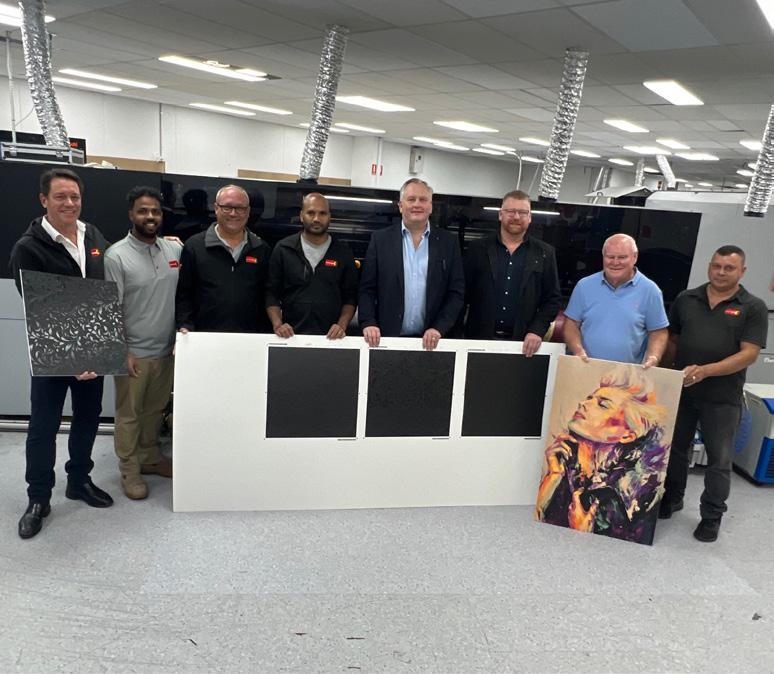
that we know will be of immense benefit to our clients and enhance our client base.”
According to Durst Oceania managing director, Matt Ashman, the Haptprint technology is available with a specific configuration of both Durst hardware and software.
“To achieve this effect, Keith and the Cactus team have installed the white and varnish channels within the Durst P5 350 D4 machine as well as the Haptprint software which is part of the Durst software portfolio,” Ashman said.
“With this configuration, the Cactus team is now able to print with relief and texture as well as super high glossy prints. Cactus is also able to create ‘Lens-free Lenticular Printing’. Lenticular printing is a technology in which lenticular lenses are used to produce printed images with an illusion of depth, or the ability to change or move parts of the printed file as they are viewed from different angles.
“This technology is part of Durst’s broader ‘Pixel to Output’ strategy that aims to deliver comprehensive solutions for printers including workflow, analytics, automation, and the world’s best ink solutions, all ‘Made In Durst’ at its flagship HQ in Italy.”
Editor Hafizah Osman / 0431 466 140 hosman@intermedia.com.au
Printed by Hero Print Alexandria, NSW, 2015
National Sales Manager
Carmen Ciappara / 0410 582 450 carmen@proprint.com.au
Mailed by D&D Mailing Services Wetherill Park, NSW, 2164
Design and Production Manager
Sarah Vella / 0406 967 559 svella@intermedia.com.au
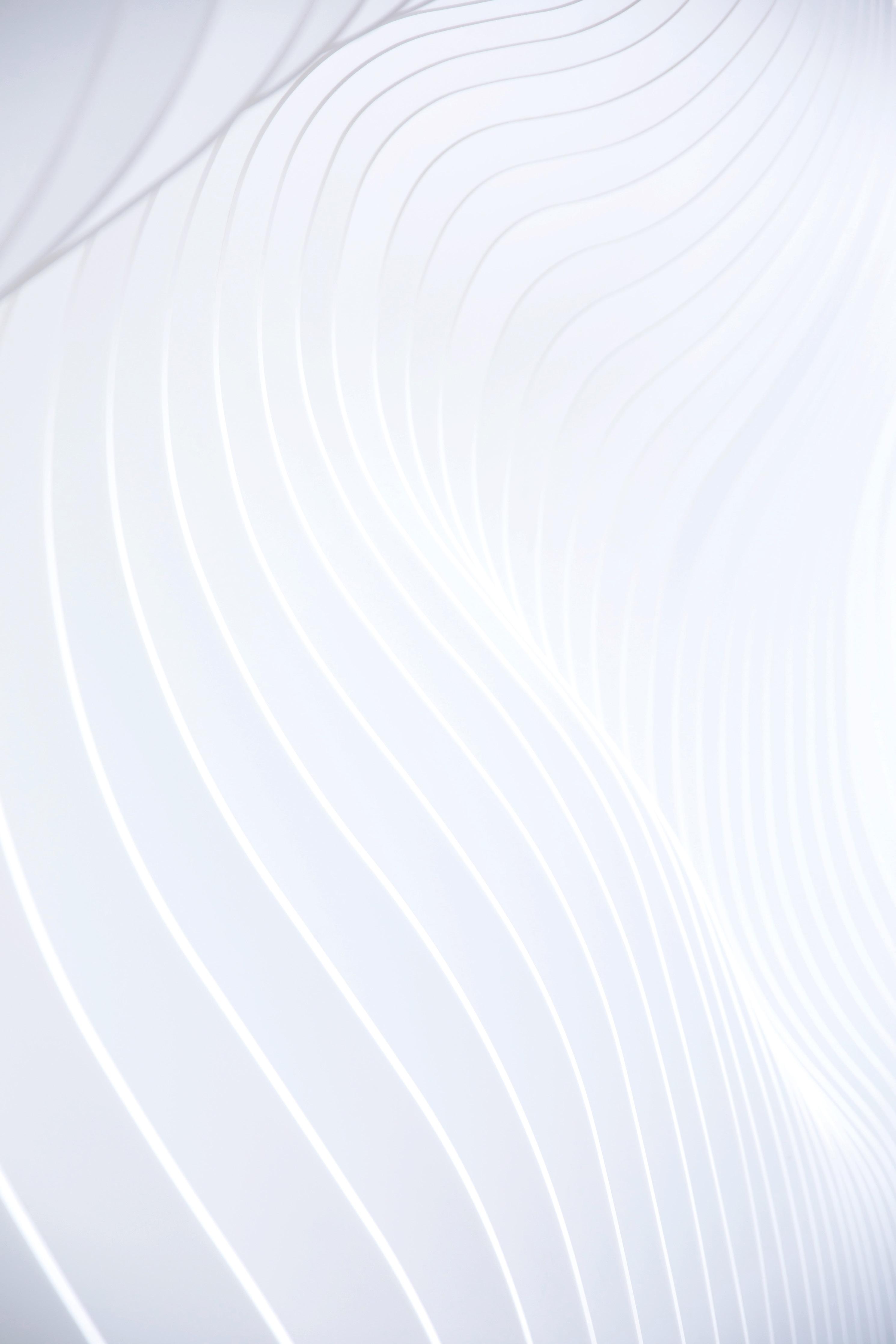
Cac tus Imaging installs another Durst first with Haptprint 3D technology

Redefine Commercial Printing Standards and elevate production with Next-Gen High-Speed Inkjet
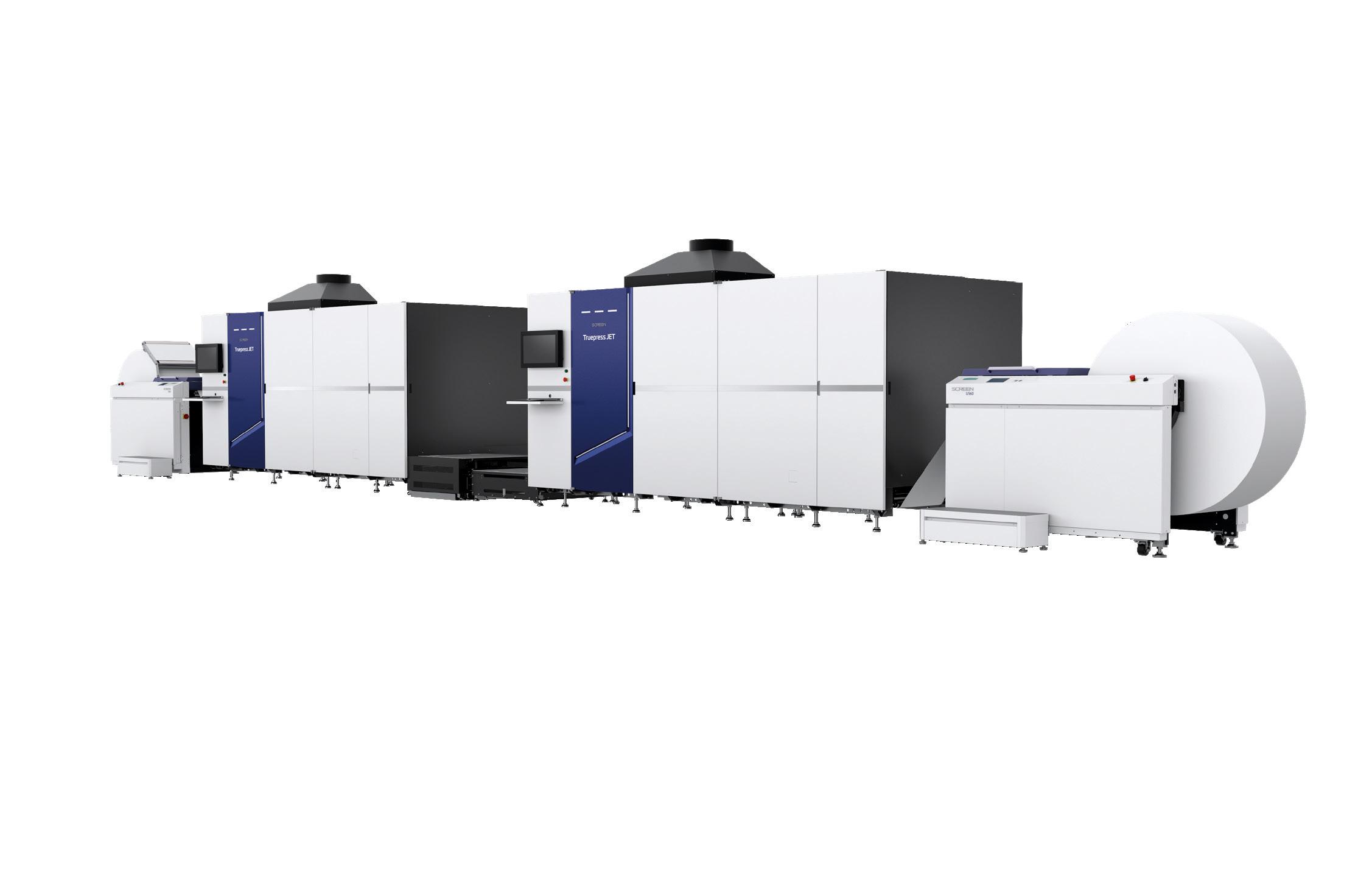

PRODUCTIVITY
•High productivity
•560mm paper width
•High machine uptime

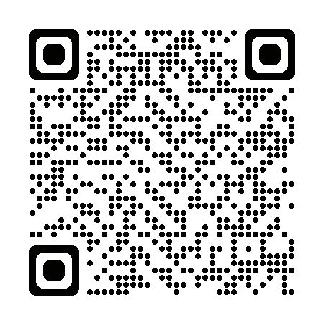
QUALITY
•New Inkjet 1200dpi PHs
•New saturated ink SC2
•Enhanced image quality
USABILITY
• Energy-efficient drying
•Easy operation
•Offset-coated papers
AGILITY
•Optimised integration
•Precision paper sensing
•Complete New Platform
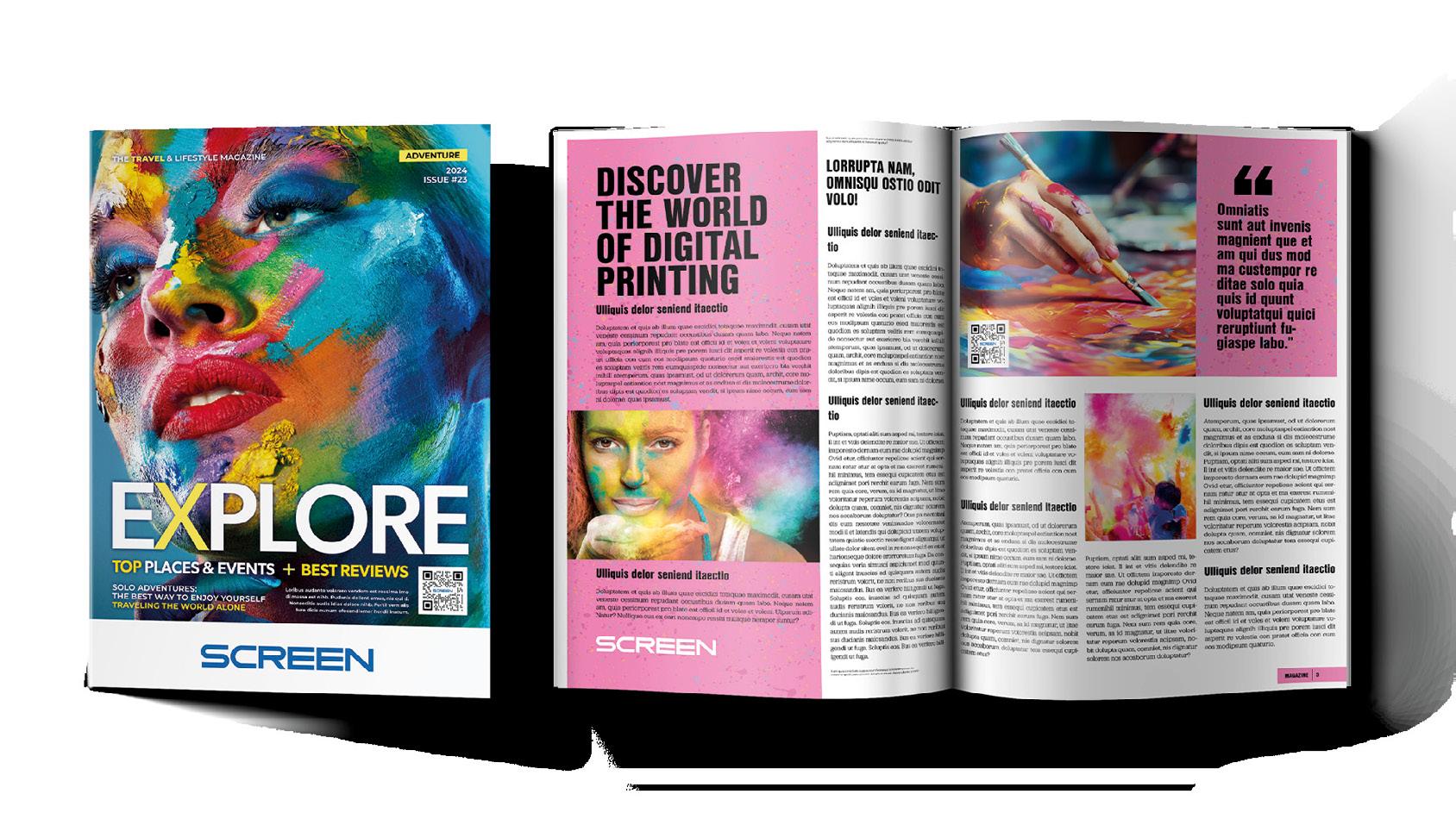
It’s all over –Starleaton now in liquidation
Starleaton has failed to meet its monthly repayments promised to creditors and has been placed into liquidation. Australian Printer received a schedule of the payments Starleaton CEO Ben Eaton made, which was supposed to be $33,333.33 every month, for 24 months.
The schedule showed $800,000 was promised and $366,666.30 paid, with the last instalment of $33,333 paid on 28 February 2025. Starleaton only managed to complete 11 monthly payments of the 24 promised, resulting in a $433,333.70 shortfall.
Creditors were informed of the liquidation on the evening of Wednesday 11 June in a statement titled ‘General Update on the Deed of Company Arrangement’ issued by Simon Cathro and Andrew Blundell from Cathro & Partners.
“Pursuant to Clause 7.5 of the Deed of Company Arrangement (DOCA), the companies were obliged to make 24 equal monthly instalments in the amount of $33,333.33 into the Deed Fund on the last business day of each month, for the benefit of creditors,” the statement said.
“The Companies defaulted on this obligation and failed to make payment of monthly instalments as and when they fell due.
“The Administrators issued a default notice to the Companies pursuant to Clause 7.5 of the DOCA for the unpaid contributions required to be paid into the Deed Fund. The Companies failed to observe the default notice.
“Having regard to these circumstances, we write to advise that on 11 June 2025:
a) the Administrators terminated the DOCA due to the Breach, which the Administrators deemed was not able to be remedied within a reasonable time; b) the Companies have been placed into Liquidation; and c) the Administrators have been appointed as joint and several liquidators.
“The Liquidators will conduct investigations into the affairs of the Companies, including in relation to any potential recoveries.
“The Liquidators propose to issue a further report to creditors by 11 September 2025, including in relation to the likelihood of any dividend in the liquidation.
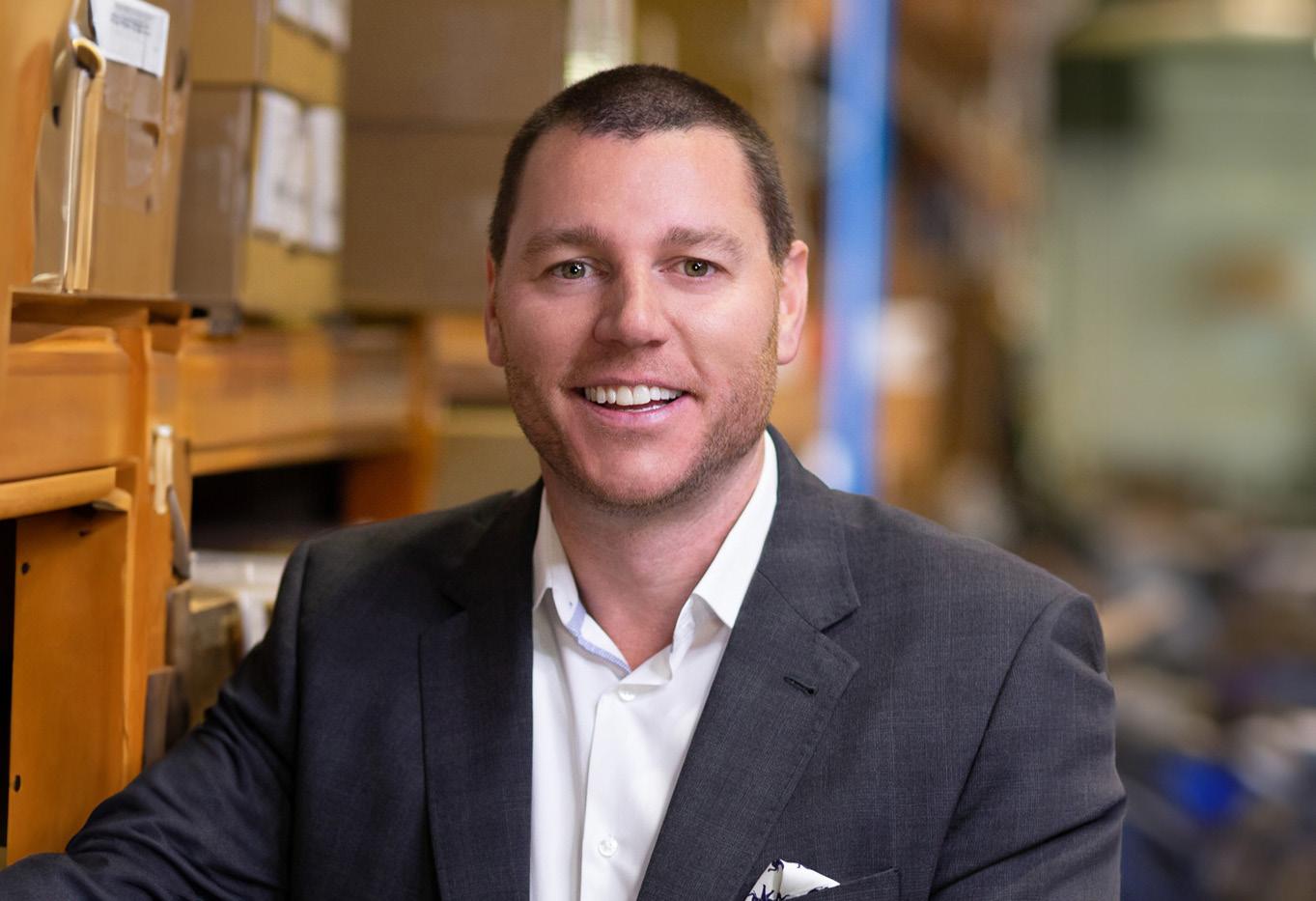
“Due to the liquidation, the Companies will cease trading shortly and the employment of its current employees will be terminated.”
“Pursuant to section 556 of the Corporations Act 2001, employee entitlements have a priority over unsecured creditors and even ahead of certain secured creditors when there are circulating assets. The federal government also has a scheme called the Fair Entitlements Guarantee (FEG) scheme which can assist employees if there are insufficient realisations in a Liquidation and FEG will then stand in the place of employees for any amounts paid.
“We suggest that all employees of the Companies lodge a claim with FEG for their unpaid entitlements. Further details to employees with their estimated entitlements values will be provided shortly.”
The FEG scheme can assist employees if there are insufficient realisations in a liquidation. The FEG will then stand in the place of employees for any amounts paid.
At the time, Starleaton employee entitlements were estimated to be:
• Wages
– $105,445.55 (28 employees)
• Superannuation
– $133,396.73) (35 employees)
• Annual leave
– $140,899.94 (24 employees)
• Long service leave
– $261,715.46 (14 employees)
• Pay in lieu notice – $190,635.36 (27 employees)
• Redundancy – $552,232.60 (26 employees)
Under a section titled ‘Next Steps’, the creditors’ statement also provided clarity on the timeline for the next stages of the liquidation.
There are key areas that will be addressed in any liquidation. A statutory report to creditors will be issued to creditors within three months of appointment as liquidators. Once the administrators have finalised our requirements in these areas we will proceed to finalise the liquidation, which will result in the company being deregistered.
The ‘Ongoing’ activities of the liquidators include: ‘Realise Assets’, ‘Investigations’, ‘Pursue Recoveries’, ‘Reporting’ and ‘Dividend’.
The estimated finalisation of the liquidation will be in two years from now – in June 2027.
In an open letter to the industry published in April 2024, Starleaton CEO Ben Eaton suggested “liquidation would have been an easier option” than undertaking the DOCA.
“In many respects liquidation would have been an easier option with the FEG scheme providing for the staff entitlements. However, this in my view was not an acceptable outcome as the result for all the other creditors would have been a NIL return,” he said at that time.
Prior to going into liquidation, Starleaton was first under voluntary administration from 19 January 2024. Eaton attributed the voluntary administration to several factors, including being mistakenly buoyed to the economic recovery of the pandemic, investing heavily in head count – particularly in its engineering team, inflationary pressure and a significant shift in the global financial landscape which caused a shift in spending habits across all three of its business units, impacts of rising costs due to the Ukraine crisis, and some significant changes to its level of insurance cover with key suppliers.
Starleaton CEO Ben Eaton
Westman Printing acquires Reacon Australia as creditors approve DOCA
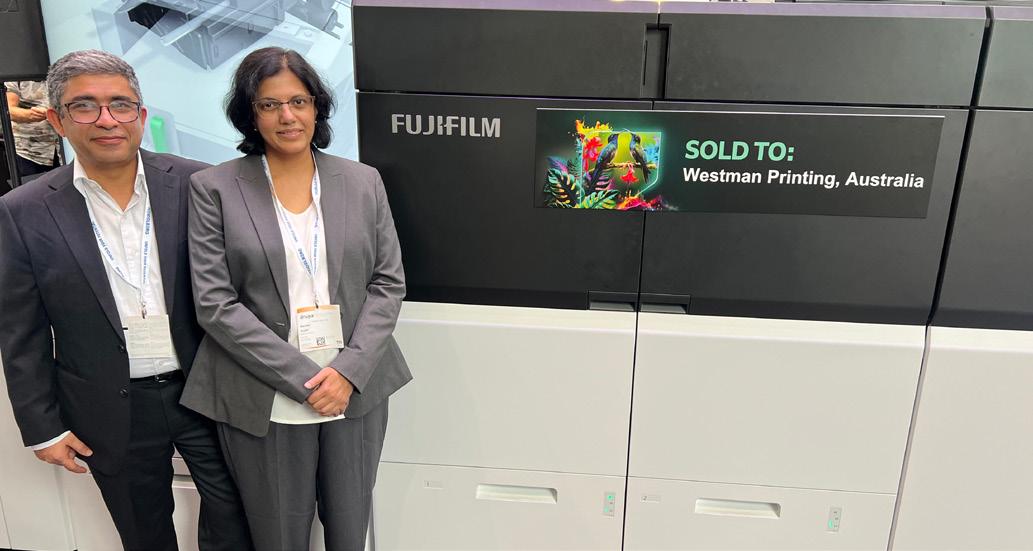
Westman Printing has taken control of Reacon Australia following a recent vote by creditors. The creditors overwhelmingly voted in favour of the Deed of Company Arrangement (DOCA) that was proposed by Westman Printing co-owner Vik Gulati to acquire the Reacon Australia business.
At the same time, MMW3 Degrees was placed in liquidation and all employees previously employed by MMW3 Degrees were transferred across to Reacon Australia as part of the DOCA and the restructuring process.
Prior to the vote by creditors, Gulati had put forward an original DOCA, which he then updated to remove previous ambiguity around the entitlements for staff. These amendments were outlined in an updated Creditors Report.
“The DOCA has been updated to ensure the payment of all entitlements to all staff and also clears up any ambiguity identified during the first creditors meeting,” Gulati said, at that time.
“It is our intention to ensure all staff from the three trading entities will continue to receive the same benefits and will all retain their jobs if this is DOCA is approved.”
Prior to the vote by creditors, Reacon Australia was also placed back into voluntary administration by the Federal Court of Australia two weeks after being placed into liquidation.
Gulati said he is looking forward to the next stage of the Reacon Australia business.
“Reacon Australia will continue at Regents Park to operate as usual and we will work with the employees in the business over the next few months to see where we can add value and obtain efficiencies,” he said.
“We have continued to trade, and we have been heartened by the strong support we have continued to receive from our valued customers.
“The good news is that all transferring staff and their entitlements will be protected under the DOCA. We will also be paying all the transferring staff their outstanding superannuation that was not paid by the previous owners – so all statutory liabilities are all up to date.”
Everyone who remained employed upon entering the DOCA continues to be employed today. The two businesses – Westman and Reacon – will also be able to service customers more effectively driven by more production capacity, according to Gulati.
Technological powerhouse. ROLAND 700
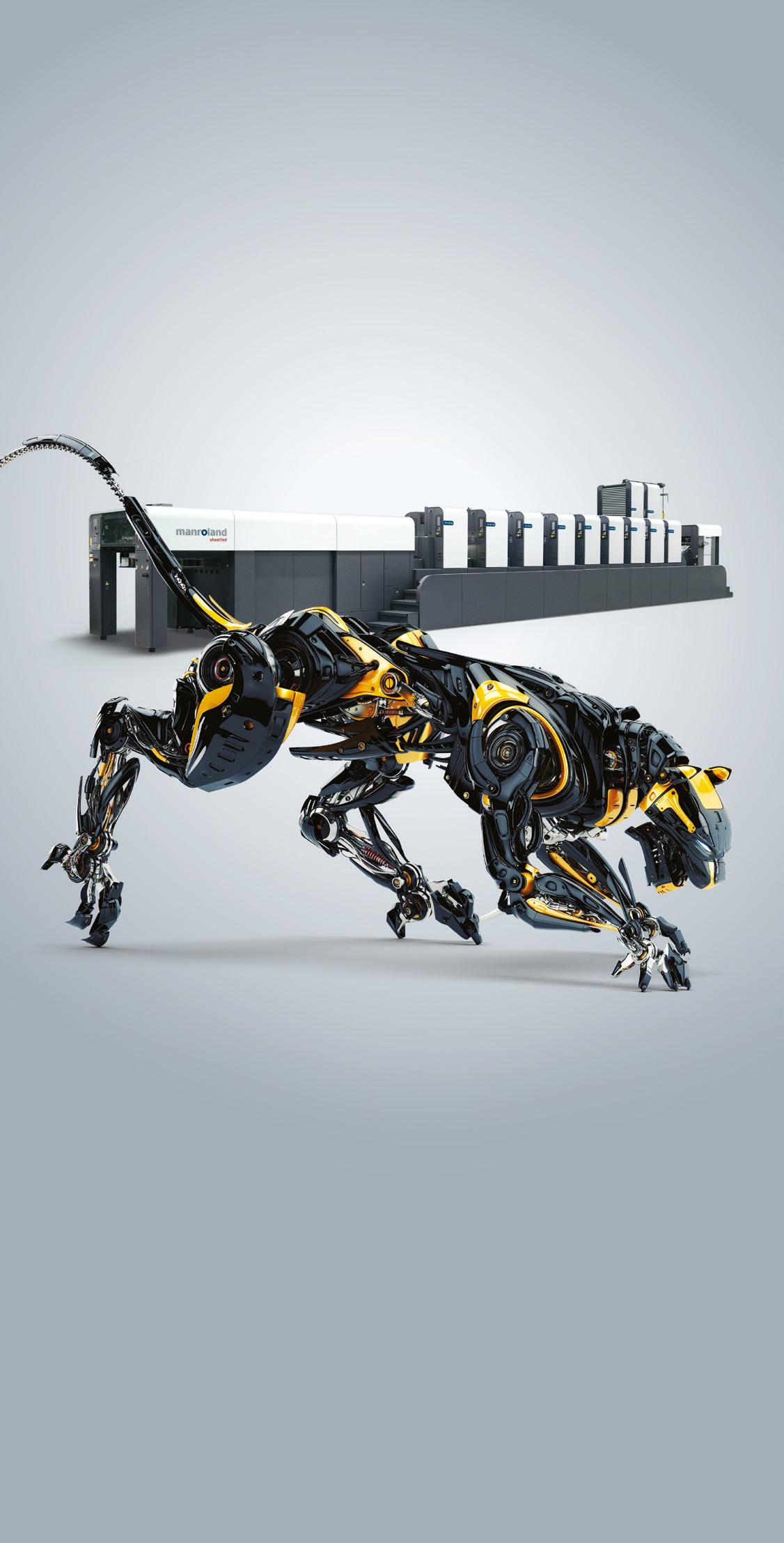
The widely acclaimed ROLAND 700 EVOLUTION litho press deploys an array of innovative technologies to give unprecedented levels of efficiency, productivity and print
Vik and Manasa Gulati from Westman Printing
Snap Print Solutions Circular Quay offloads presses to ABC Copier Solutions
Snap Print Solutions Circular Quay has sold two presses to ABC Copier Solutions, which will dismantle and recycle the machines as part of its sustainabilityfocused equipment lifecycle program.
ABC Copier Solutions specialises in the purchase, dismantling, and removal of outdated equipment across Australia, ensuring it is recycled in an environmentally responsible manner. The recovered parts are shipped to Singapore for servicing, before being distributed for reuse in markets around the world.
“We purchase these machines, export them, and ensure they’re recycled in an environmentally responsible way,” said Jaxon Crocker, director of ABC Copier Solutions.
“In the past, many of these machines would’ve ended up in landfill, but we give them a second life and keep them in use for years to come. The machines get
Heidelberg marks 175 years with launch of new print centre
Heidelberg marked its 175th anniversary with a week of celebrations at the company’s Wiesloch-Walldorf site in Germany, drawing more than 1,500 guests from all over the world.
The grand highlight was the opening ceremony of Heidelberg’s new Print Media Center (PMC), dubbed the ‘Home of Print’.
Jürgen Otto, CEO of Heidelberg, greeted the customers, suppliers, partners, politicians, and industry representatives attending the ceremony.
“A warm welcome to Heidelberg and a warm welcome to our ‘Home of Print’, the printing industry’s largest customer experience centre anywhere in the world. We have now been the Home of Print for 175 years!”
Rebranded as the ‘Home of Print’, the redesigned PMC tracks the company’s
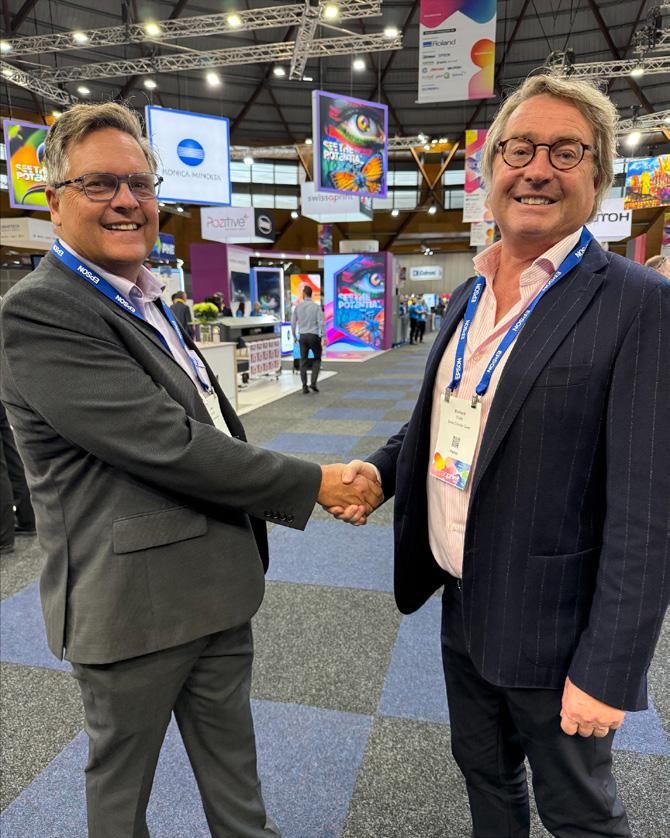
sent to places such as China, Thailand, Vietnam, Hong Kong, Indonesia, and the Philippines, and they’re all reused in an environmentally friendly way.
“As part of our service, we handle everything – from dismantling to removal – making the whole process hassle-free for our clients. They don’t have to worry about a thing. We take the sting out of it, so to speak.
“We’ve bought machines of all ages – some just a year old, others five, 10, even 20 years old. It really depends on what’s available.”
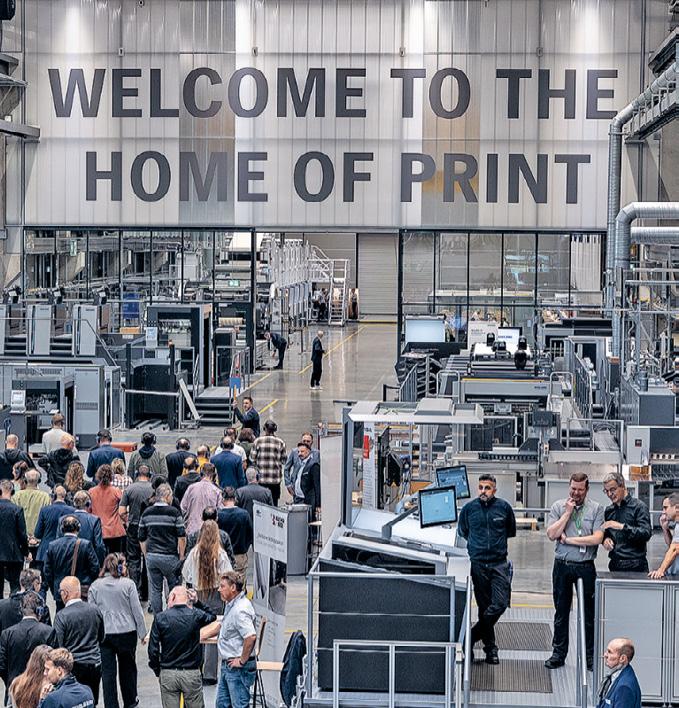
growth strategy for its core business and presents future-proof and specific solutions that will appeal to all relevant target groups.
For example, various end-to-end production systems are available for the customer presentations in collaboration with partners such as Polar and MK Masterwork – from high-quality folding carton production with the Speedmaster series, high-volume folding carton printing with the new Boardmaster flexographic web printing system, and industrial label production using offset, digital,
As it services every part of Australia, ABC Copier Solutions has offices in Perth, Adelaide, Melbourne, Sydney, and Brisbane, along with storage facilities all over Australia.
“One of the key things we focus on is making sure our clients aren’t left without a machine. We coordinate everything so they can keep their production running smoothly. When the time comes, they just give us a call, and we take care of the rest,” Crocker said.
Richard Cook, managing director of Snap Printing Solutions Circular Quay, said the two machines sold to ABC Copier Solutions – a Xerox Versant 2100 Press and a Xerox Iridesse Digital Colour Production Press – were both around 10 years old.
“I had heard of ABC Copier Solutions through industry circles, which led me to reach out to Jaxon. The team was professional, responded promptly, and we were able to finalise a deal quickly – it was a smooth and straightforward process,” Cook said.
“By partnering with ABC Copier Solutions to responsibly retire our machines, we’re ensuring that even the end of a machine’s life contributes to a more sustainable future. There’s still life left in them, and this approach helps ensure that value isn’t wasted.”
and flexographic printing through to commercial printing and hybrid print production (digital/offset).
The entire Heidelberg portfolio has been incorporated into a single digital ecosystem comprising Prinect software, equipment (including postpress solutions and robotics), consumables, service, training, and consulting.
In its very own data lab, Heidelberg offers several case studies to demonstrate how the company can harness its data expertise and use data analysis to help customers with their requirements and business model – when it comes to solving problems, integrating process steps, or boosting their performance, for instance.
To coincide with its anniversary, Heidelberg also announced an important addition to its portfolio for packaging customers, unveiling the Cartonmaster CX 145 press for the very large format class 6, (41.34-inch by 57.09-inch) space.
By focusing in particular on high-volume folding carton production in the growing food, beverage, and consumer packaging segment, this system is plugging a gap in the company’s portfolio.
Jaxon Crocker (ABC Copier Solutions) and Richard Cook (Snap Print Solutions Circular Quay)
Heidelberg’s new Print Media Center in its new look as the ‘Home of Print’
FESPA Australia appoints Easy Signs’ Adam Parnell to board
Easy Signs co-founder and director Adam Parnell has been appointed treasurer of the FESPA Australia board.
Parnell’s appointment follows the resignation of long-serving treasurer Mark Brooks, who has served on the FESPA Australia board for more than 17 years.
Aside from Brooks’ departure, all other board members have been reappointed to their roles:
• Nigel Davies, president
• David Asker, vice-president
• Adam Parnell, treasurer
• Keith Ferrel, honorary secretary
• Matt Ashman, supplier director
• Bianca Martin, public relations director
“I’m excited to welcome Adam Parnell to the board. His industry knowledge, strategic thinking, and relationships will strengthen our leadership team and help us deliver even greater value to our members. I’d also like to thank Mark Brooks for his
Straight Bat acquires Fleetmark
Investment firm Straight Bat has acquired Fleetmark, a specialist branding and signage solutions business for Australian fleet commercial and digital markets.
Fleetmark said this partnership was forged to capitalise on its “solid platform for growth”, and to better serve its customer base.
Fleetmark has been providing innovative branding and signage solutions in fleet graphics and PVC fabrication, wide format digital print, and digital displays for more than 30 years.
Fleetmark’s facilities in Victoria, New South Wales, and Queensland provide customers with a unique proposition where fleet signage is designed, manufactured, and installed on site by its design team, sign writers, and installers.
Generating more than $40 million annually, the company’s success is underpinned by a blue-chip customer base made of the largest transport and quick service retail companies in Australia.
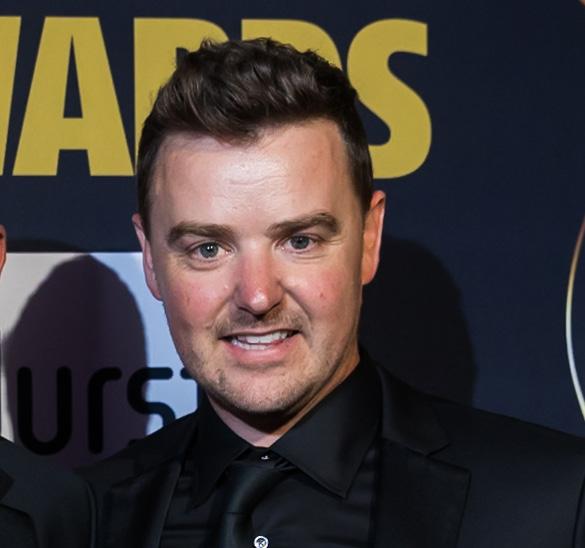
dedication and work as Treasurer over the last few years,” FESPA Australia president Nigel Davies said.
“I’m excited and grateful to be elected to the board. I’m very much looking forward to contributing in a positive and meaningful way to our print community,” Parnell said.
FESPA Australia also unveiled its strategic vision for 2025 at its AGM.
“We are financially stable and growing, but complacency is not an option. Organisations need to innovate and reinvent themselves continually, and FESPA Australia is no exception. The incoming board will face challenging years ahead

Recent branding projects have included the Team Global transport signage, KFC digital signage and many other well-known and highly visible logistics businesses.
Part of the business’ success is attributed to its ability to source and implement stateof-the-art printing technologies, which includes a Canon Colorado M5W from Currie Group and EFI VUTEk D3r.
as we navigate a dynamic industry environment and face the uncertain effects of AI on our members, sponsors, and the way we work,” Davies said.
“It is a time for collaboration with other associations, while also recognising that our membership has grown because there is meaning in what we do.
“We must maintain our identity and hold true to our values as a people-centric organisation that empowers our members, both printers and suppliers, through global connections. We must lead through this time of uncertainty.
“The new FESPA brand tagline ‘Connect, Inspire, and Support’ is the essence of who we are and what we stand for. Association work is rewarding, and we have a lot of work ahead of us.”
Building on the momentum of the highly successful FESPA Annual Conferences and the FESPA Leaders program, the association is set to “sharpen its focus on industry engagement, networking, and professional development”.
In collaboration with FESPA’s global network and the Leaders alumni, a new training initiative will also be launched to attract and retain fresh talent in the print and signage industry.
“We are delighted that a business with such an outstanding track record and legacy has chosen to partner with us,” Straight Bat Private Equity managing partner Steve Gledden said.
“Fleetmark has a great reputation for trusted service and quality results which has endured for over 30 years.”
Fleetmark founder Dean Coates continues to work alongside the Straight Bat team as a shareholder and operator.
Stuart Farrow, who was Fleetmark general manager, retained his position within the company following the acquisition, but is now a self-employed strategic business consultant as of May.
Former Cleanaway Waste Management executive Karl David has been CEO since February – around the same time the acquisition of Fleetmark was confirmed.
Fleetmark is the ninth portfolio addition to the Straight Bat Perpetual Legacy Fund portfolio, which comprises investments in varied industries such as building and construction, rubber, food manufacturing, marketing services, smoke alarms and more.
Adam Parnell at the 2024 ProPrint Awards
Fleetmark’s Michelle Porteous, Lance Singleton, Jennie Gan, Tony Beaumont, Andrew Bini, David Kerr, Jan Hade and Alf De Fazio outside the company’s Melbourne office
T22: Powering Australian event signage with Canon innovation
With Canon’s technology, T22 has seen a dramatic improvement in turnaround times and production efficiency, particularly for time-sensitive event signage
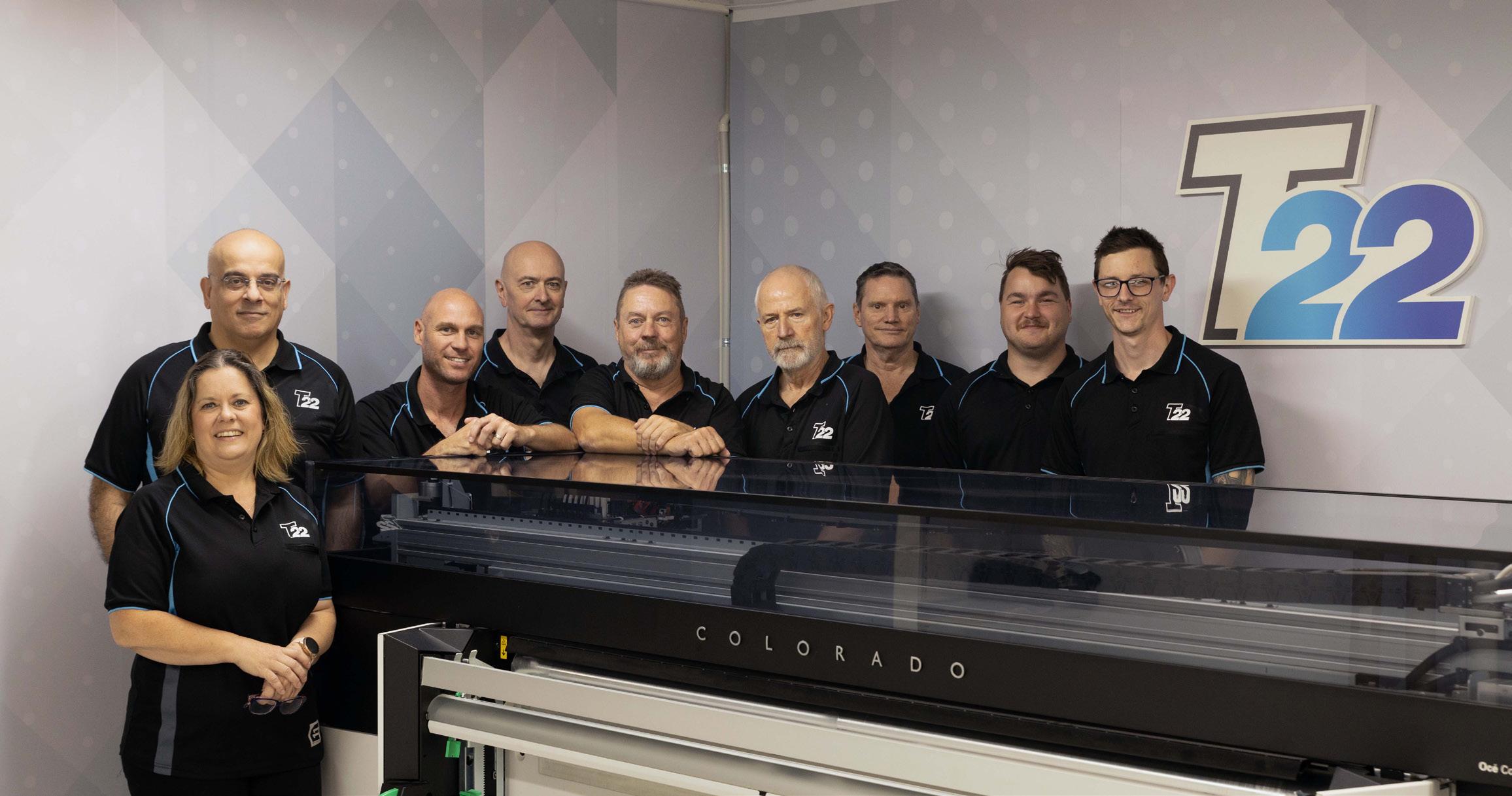
Melbourne-based T22 Pty Ltd is a leader in high-impact wide-format printing, trusted by some of the biggest names in events, retail, and commercial branding across Australia. Established more than 30 years ago as Signex Displays, the business evolved into the Signex Group after merging with Prologica Digital Print.
In 2022, general manager John Roberts acquired the business with the support of existing staff and major customers and rebranded it as T22, signaling a bold new chapter defined by innovation, speed, and elevated customer service.
From golf tournaments and marathons to corporate campaigns and custom fridge wraps, T22 produces a diverse range of applications – all from one dynamic production floor powered by a Canon Colorado 1650, an Arizona 2280 XT, and a Zünd G3 cutting table.
Challenges arose
With tight client deadlines and increasing demand for premium print finishes, T22
needed to replace its ageing solvent printers. The growing pressure from high-profile events like the PGA Tour made it clear: it needed faster, more reliable technology that wouldn’t compromise on quality.
A fast solution
T22 turned to Canon Production Printing for a complete technology transformation. The Canon Colorado 1650 was selected for its fast, high-volume roll-to-roll production and FLXfinish+ capability, delivering matte and gloss finishes in a single pass.
The Arizona 2280 XT added flatbed versatility for rigid media, while the Zünd G3 cutting system streamlined finishing with precision automation.
This setup provided T22 with unparalleled production flexibility, enabling the company to produce a wide range of items including POS signage, floor graphics, glass splash backs, wall decals, as well as time-critical sports and event signage – all within a single facility.
A deep dive into the technology
The Canon Colorado is a large format UVgel roll-to-roll printer that presents an industrial-level solution.
The super-fast 64-inch machine features print speeds of up to 159sqm/h as well as a heavy-duty drawer mechanism, which can hold up to two rolls of media at one time; supports a wide range of applications for both indoor and outdoor graphics; and offers between 30 and 50 per cent lower ink consumption compared to competing technologies.
UVgel technology allows for an outstanding colour gamut, colour depth and light fastness, while low-temperature, low-energy UV LED curing enables the usage of heat sensitive media. In addition, the machine’s FLXfinish+ technology expands application capabilities with options for more porous media, including uncoated papers, as well as soft signage materials such as polyester textiles and silicon edged graphics, allowing users to print matte and gloss prints in one single pass.
The Melbourne-based T22 team with its Canon Colorado 1650
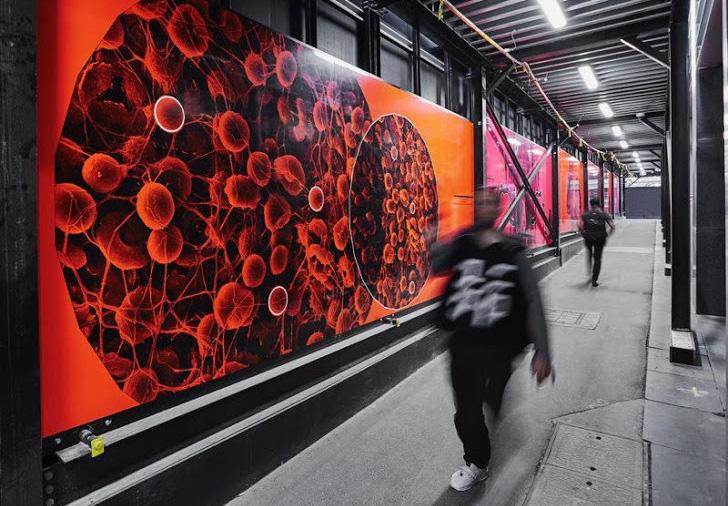
The Canon Arizona family consists of true flatbed printers. Made in Germany to the highest engineering standards, they are designed for longterm reliable production and consistent, high quality output.
The printers include trusted technology and precision engineering for exceptional image quality and true-to-brand colour that customers expect.
With the power and productivity to respond profitably to today’s ultra-tight production deadlines, and the ability to sustain quality and speed when the pressure is on, Arizona remains the technology leader and multiple awardwinner in flatbed printing for more than 15 years.
The Arizona range comes with a vast range of choice in printing speeds (34 sqm/hr to 220 sqm/h), table sizes, media handling capabilities and software applications to cover different production needs. Users can choose between four and eight ink colour configurations, and add a roll media or FLXflow option.
The range can also handle a variety of media – up to 2-inches thick. Adding PRISMAelevate XL makes it easy to create amazing, high-value tactile and elevated applications. This is the “wow” factor for signage, graphics, décor, fine art prints, and promotional packaging as it enables embossing, textured effects, metallic accents, and raised lettering up to 4mm.
Arizona printers are built to last; to be the engines of profit in a business for years to come.
A great result
With Canon’s technology, T22 has seen a dramatic improvement in turnaround times and production efficiency, particularly for time-sensitive event signage.
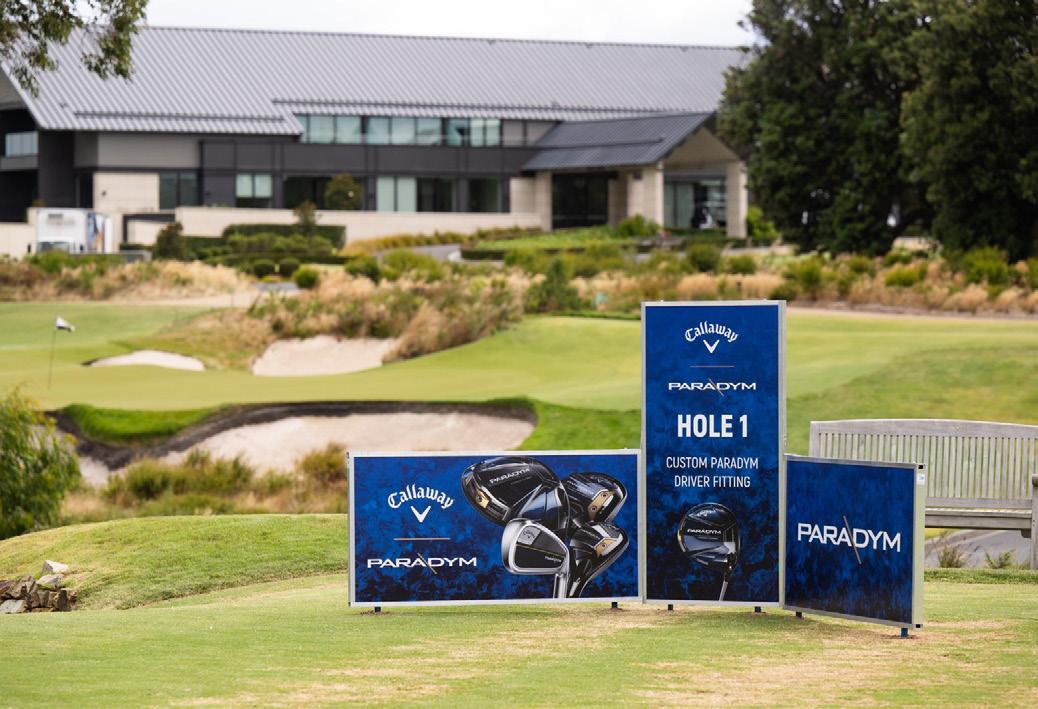
This was especially evident during a major PGA event, where T22 was responsible for producing all the vinyl graphics for tee signs and wayfinding – all within just a few days.
“The Canon Colorado has transformed the way we work,” T22 managing director John Roberts said.
“Previously, we were limited by older printers that required high maintenance and could barely keep up with demand.
“With the Colorado, we’re now printing exceptional quality jobs – in both matte and gloss – faster than ever.
“Speed and reliability are absolutely critical when working on major events like the PGA or the Melbourne Marathon.
“We know we can deliver every time, even under pressure. That confidence has helped us grow stronger relationships with our clients.”
Canon partnership
Canon Production Printing has been more than a supplier – it has been a committed partner in T22’s journey.
From initial consultation and training to responsive service and ongoing support, the collaboration has enabled T22 to push boundaries and expand its offering.
“T22 is a fantastic example of a business that combines deep industry experience with the right technology to truly deliver for its customers,” Canon Production Printing head of sales and professional services Steven Badger said.
“What impresses me about John and his team is their relentless focus on quality and meeting deadlines. They’re delivering signage at the highest level for nationally broadcasted events – and Canon is proud to play a part in helping them scale their success. It’s a partnership built on trust, capability, and shared ambition.”
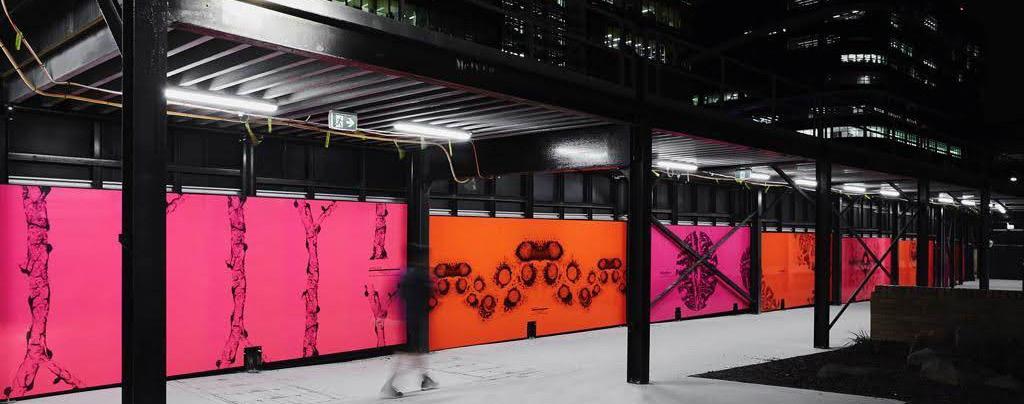
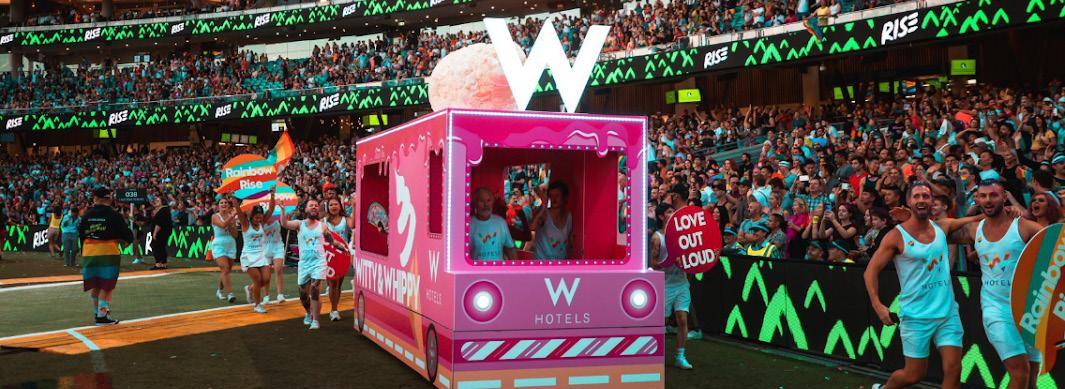
A large format rigid media created for a walkway
Signage boards created by the T22 team
Another angle of the large-format rigid media on a walkway
A solution for W Hotels created by the T22 team
Böttcher Group celebrates 300 years serving the industry
The Böttcher Group today stands on the foundation of 300 years of history – a long-standing past that gives the business confidence into the future
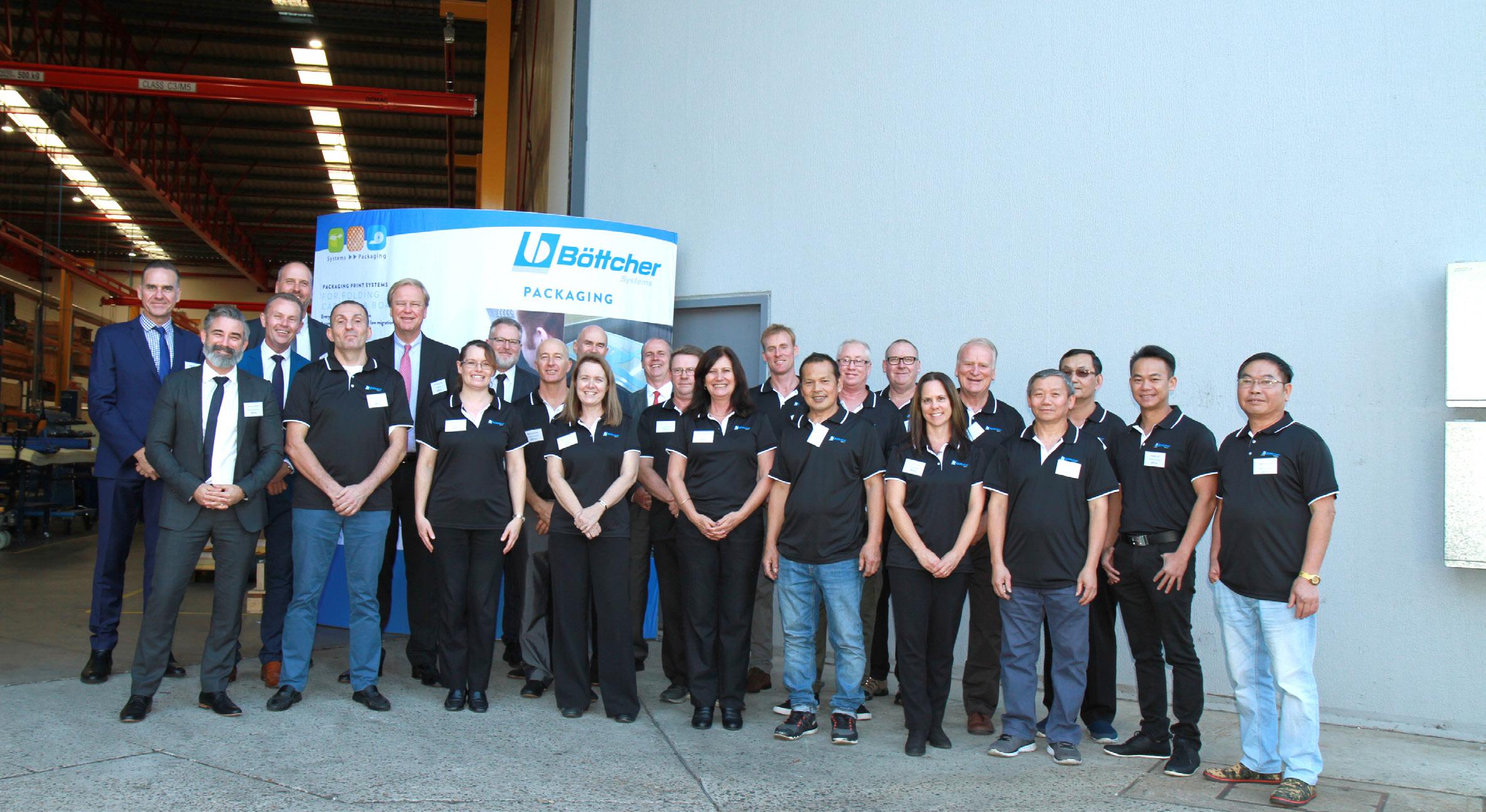
The Böttcher Group celebrates 300 years of operation this year, with its anniversary marking the company’s enduring success across multiple countries and industries.
Böttcher is now known as a leading supplier in elastomer-coated roller technology, especially in the coating of rotationally symmetrical bodies (rollers, sleeves) in industrial applications.
Additionally, Böttcher serves as a development partner to more than 400 machine manufacturers globally –around 70 per cent of all printing presses built worldwide are initially equipped with roller coatings from Böttcher.
The company also supplies customers from a wide range of industries with consumables such as washing agents, printing blankets, coating plates, dampening solution additives, and other printing aids. Böttcher holds a similarly strong position in the metal, plastics, and wood industries.
The foundations of today’s global Böttcher Group were laid by two companies: the
tannery founded by Jacobus Loosen in Cologne in 1725 and Felix Böttcher’s Leipzig-based company to produce gelatine rollers, which was established around 150 years later.
The two medium-sized companies merged in 1910, and elastomer roller coatings were used for the first time in 1952.
Today, Böttcher’s technology is used in all continents across 123 countries, 38 of which have their own employees and 27 production sites in 19 countries. Every day, 2,000 employees serve more than 50,000 customers around the globe.
“For 300 years – from 1725 to 2025 – Böttcher has written a success story in eventful times that is now recognised worldwide across many industrial sectors. We owe this to the commitment, work, and skill of all Böttcherians over the past 300 years,” Böttcher Group managing director Franz-Georg Heggemann said.
“During this time, a family business with a first-class reputation for its products and services has emerged that is independent of third parties.”
The Böttcher story
The origins of Böttcher date back to 11 July 1725 when Jacobus Loosen founded a business manufacturing high-quality leather in Rothgerberbach, located on what was then the outskirts of Cologne. This business continued for 100 years until his grandson Johann Georg Loosen took over.
He switched production to the manufacture of glue for bookbinders and woodworkers, which could be obtained from the waste from the tannery. In 1890, after returning from travels to England, Wilhelm Loosen convinced his father to switch to the production of gelatine roller mass.
The production process was very similar to the manufacture of glue and the industry experienced rapid growth. The roller compound was sourced from printers, who were still moulding their own rollers at the time.
Independently, Felix Böttcher started producing printing roller compound in Leipzig as early as 1878 and his successor, Ernst Herrmann, began casting his own rollers for printers in 1883.
Böttcher today stands on the foundation of 300 years of history – a long past that gives the business confidence into the future
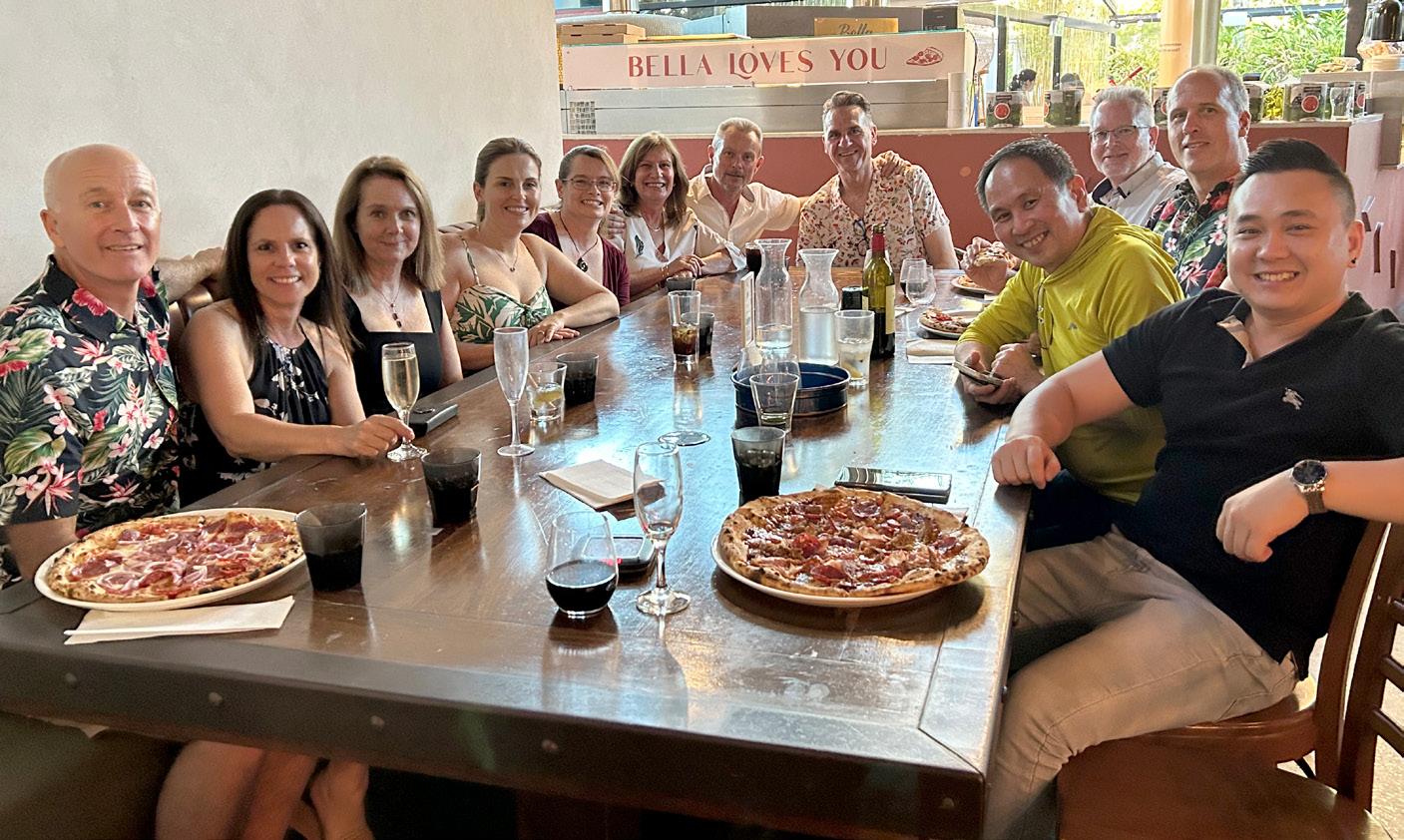
Loosen had been offering this service since 1895. However, competition in the German Empire increased and so the two companies merged in 1910 and from then on, produced rollers together.
Foreign business was strengthened over the next few years and further sites were established. Herrmann’s financial and sales support for the first web offset press, built by VOMAG (now Manroland Web Systems), was revolutionary in 1912.
In the early 1930s, a new phase began with the entry into rubber roller production. After the Second World War, Böttcher managed to rebuild, but the company in Leipzig was expropriated and nationalised.
From the 1950s onwards, Böttcher experienced a strong upswing driven by innovative products and a welldeveloped supply network and became a close partner of printing press manufacturers. Despite the oil price crisis, internationalisation continued, with Böttcher also producing in England and Italy from 1973.
Over the decades, Böttcher expanded its global presence by opening new production sites and acquiring competitors. For example, rollers were manufactured in the US from 1987, in Thailand from 2002, and in China from 2005. This expansion was based on the new mixing plant built in 1990, which significantly increased the company’s production capacity for roller compounds.
Shortly after, the production of handrails began, rubber compounds were offered to external customers, and roller customers beyond the printing industry were established. The in-house development of production machines for the series production of OEM and exchange rollers gave Böttcher a decisive advantage over others. This was put into operation in Cologne in 2000. Böttcher grew to its current size and defied the financial
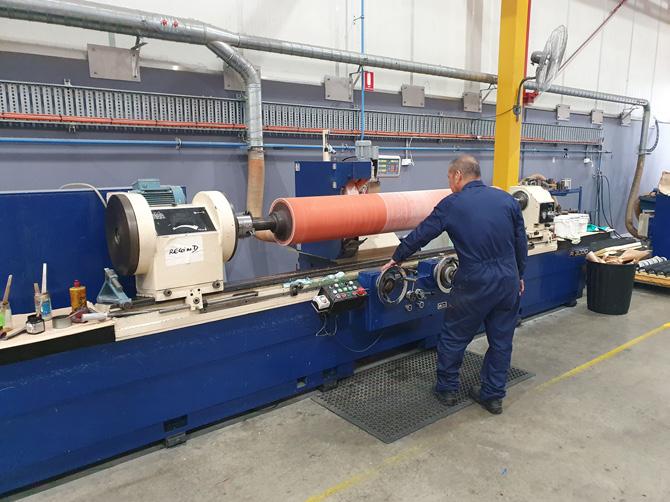
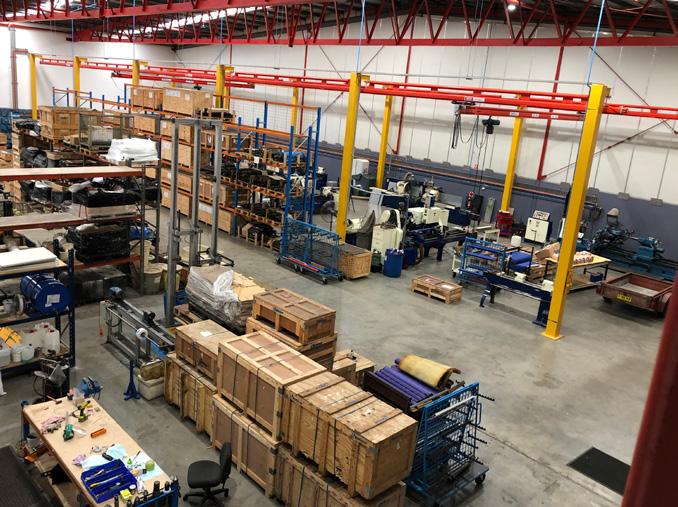
crisis in 2008 and the coronavirus pandemic in 2020.
Over the course of three centuries, Böttcher has developed from a small, German craft business into a globally active company, transforming from a traditional animal hide tanner to a leading supplier of rollers.
Böttcher’s entry into Australia
In 1998, Böttcher Group embarked on an expansion plan into Australia and New Zealand and approached Mitch Mulligan to lead the helm. Mulligan, who is currently managing director of Böttcher Australia, recalls the early days were exceptionally busy, with him having to juggle multiple roles within the business.
“Böttcher Group knew of my background, and I’d been involved in the rollers space previously. The chance for a
younger Mitch was great and I took on the opportunity to launch the Australian business,” he said.
“We started the business in Australia from my kitchen table 27 years ago. At that time, I was very hands-on, and I was involved in almost every role and function within the business – I was customer facing during the day, and then would head back to the warehouse to pack and dispatch orders.
“We transformed the landscape of rollers in Australia. We took them from a position where there was a high rate of replacement and failure, to restoring the longevity of rollers in machines.”
Forging ahead, Mulligan first set up a team of sales professionals in Queensland and Victoria, then grew the team across the entire East Coast.
“Year-on-year we grew the business. We got it to the point where we arrived as the market leader in the graphic arts market,” he said.
“In 2018, we acquired our competitor and merged the two businesses together, establishing manufacturing for Böttcher in Australia for the first time.”
1998 also marked the year Mulligan signed a distributor in New Zealand –Nova Inks & Chemicals. That company retains distributorship of Böttcher in New Zealand, but now under Huber Group.
The Böttcher we know today
Today, there are 20 staff at Böttcher Australia, with its local headquarters located in Smithfield, NSW.
“In the early days, we moved premises every five years – we started off in Rydalmere, then moved to a larger location in Castle Hill, and then again to another larger location up the road in Castle Hill. When we merged the two businesses together, we moved into a new site at Smithfield, which we operate out of today,” Mulligan said.
Whether for the production and processing of metals, plastics and cellulose, or textiles and wood, rollers from Böttcher has become an integral part of many industrial processes.
Böttcher rollers apply, dose, distribute, immerse, deflect, pull off, press, peel, emboss or squeeze. In addition, the durable and energy-saving roller coatings support the development of new, environmentally friendly packaging printing materials.
Its diverse range of solutions has enabled the business to reach an array of verticals,
Böttcher Australia’s admin, production and sales teams
Böttcher Australia’s manufacturing site
Inside Böttcher Australia’s plant
including industrial packaging and industrial technical rollers.
“Launching into new verticals has enabled us with a continuous stream of new business. The growth in flexible packaging, gravure, and flexo printing has allowed us to have a greater focus in the industrial packaging vertical. As for the industrial technical roller vertical, it expands our presence in a variety of industries because they have a need for rubber covered cylinders doing different applications and work,” Mulligan said.
“Where we were heavily a graphic arts business about six years ago, we’re now 50 per cent graphic arts and 50 per cent industrial packaging and industrial rollers business. That’s really changed our business structure. The graphic arts segment is consolidating and we can’t be standing idle and need to grow our business, which is what we’ve done.
“We aim to continue growing into new verticals and expanding our vertical markets by investing into our own capabilities and adding new customers.
“We’re a long-term business, so our relationships with key clients go back many years. We want to further build on that success with new customers.”
Another important building block for the company’s success is the strong focus on in-house research and development expertise globally.
The 70 researchers at Böttcher Group develop and test materials that meet the high standards of measurable benefits for its customers. As the production of roller materials is a supreme discipline within the rubber industry, the Colognebased company operates its own mixing plant in Gelsdorf, Germany. This guarantees the high and consistent quality of its materials – no matter where in the world they are processed.
“We develop about 300 different compounds a year and bring on board about half a dozen into commercial reality. We always look forward to offering improved products to achieve greater efficiencies, lower cost of ownerships, and better productivity – that’s what drives us,” Mulligan said.
A strong future
At Böttcher, economic performance, social responsibility, and a considerate approach to nature are inextricably linked. Sustainability is also an integral part of its corporate policy.
By adopting a holistic approach, Böttcher takes responsibility for future
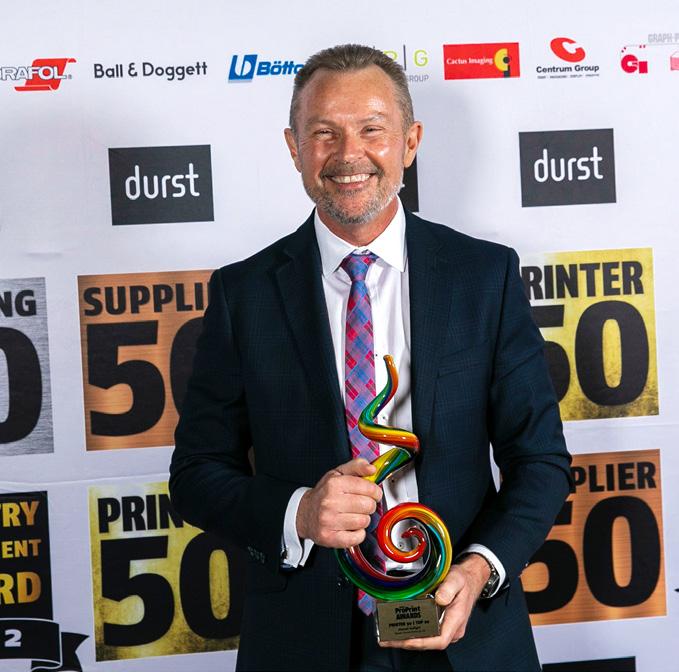
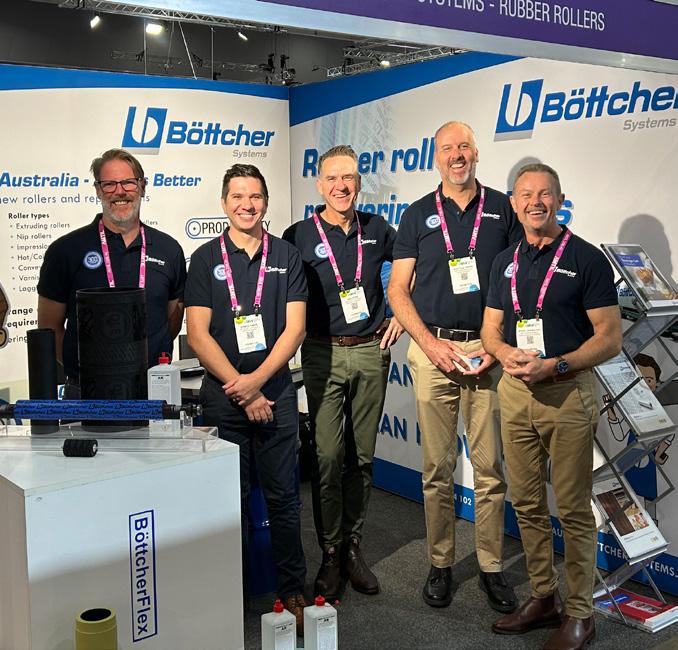
generations from the earliest stages of product development, through procurement, production, and sales. The goal is for Böttcher products to actively contribute to greater sustainability throughout their lifecycle.
According to Mulligan, Böttcher has a multi-pronged sustainability model that operates like a circular economy.
“Everything we do is generally aimed at reducing the consumption of our product – they’re now safer, have less VOC content in them, and have greater efficiencies. So, in a lot of our products, we try to get a ‘triple tick’ – a lower cost of ownership, lower consumption, and higher performance,” he said.
“We also refurbish and recover used rollers, saving them from going into skip bins. In addition, we look at our individual operations and come up with ways to reduce our carbon footprint – whether that be putting solar on the roof or changing the way the whole plant operates.”
Mulligan sees a strong future for Böttcher, fueled by digital drivers such as AI.
“Even as a manufacturing company, that sort of digital driver can be of great assistance. You’ve just got to work out what it is and where it fits, but I can see it being able to assist in everything from production right through to administration and customer experiences,” Mulligan said.
“We are so lucky to have a company that has such stability, is constantly evolving itself and its product lineup, and invests not only in product development but the people in it as well. Böttcher Australia sees organic growth and is cash positive, and having the backing of Böttcher Group gives us constant strength to keep evolving and growing.”
Böttcher’s milestones
1725 – Jacobus Loosen starts the tanning of animal hides for leather in Cologne, Germany
1825 – Glue production begins for the shoe, paper, and wood industries
1878 – Felix Böttcher starts with gelatine compound production in Leipzig, Germany
1893 – First gelatine rollers are made by Böttcher themselves
1910 – Loosen and Felix Böttcher merge to fight increasing competition
1912 – Böttcher starts production of “Böttcherin” roller washes
1933 – First rollers with rubber coverings are produced
1973 – First international production sites open in UK and Italy
1982 – Printing blankets become part of the product portfolio
1987 – First production site in America starts up in Belcamp, US
1987 – Foundation of joint venture company KBRT with Kinyosha
1990 – New rubber mixing facility opened in Gelsdorf
1995 – Rubber mixing for external customers starts 1995 – Beginning of Handrail production for escalators
1996 – Czech Roller production opens 2000 – Automated serial production of OEM and exchange rollers start
2002 – First production site in Asia established in Bangkok, Thailand
2005 – Roller manufacturing plant opens in Suzhou, China
2009 – Operations start in South America, Argentina and Brazil with own chemicals
2013 – Roller production in Brazil opens
2016 – Böttcher acquires three roller manufacturing sites in Hungary, Romania, and Serbia
2017 – Böttcher produces rubber rollers in India
2025 – Böttcher employs 2,000 employees in 38 countries and runs 27 production sites in 19 countries
Böttcher Australia managing director Mitch Mulligan at the 2022 ProPrint Awards
(l-r) The Böttcher Australia national sales team – Aaron Sidwell, Damon Timar, Neil Rose, Scott LeLievre, and Mitch Mulligan
Rolling on – 300 years and counting
In 2025 the Böttcher group celebrates its 300th anniversary – a remarkable achievement in a fast-changing world.
Today, Böttcher has grown to encompass all parts of the globe:
• employing 2,000 staff in 38 countries
• serving more than 50,000 customers worldwide
• a development partner to more than 400 machine manufacturers.
In Australia and New Zealand, Böttcher has been a direct supplier to the printing industry for three decades, making a significant contribution to the local industry.
Our progress over the past three centuries has been characterised by constant investment in research and development, the highest engineering quality standards and a willingness to take on new challenges. The group continues to diversify into new markets while remaining the global technology leader in the printing industry.
As a ninth-generation family-owned company, our stability and longevity provide the reassurance that businesses need to plan for the future.
Congratulations to all our customers, staff and industry partners for being part of this major milestone. We couldn’t have reached it without you.
Thank you for your ongoing support, now and in the future.
Here’s to another 300 years of building better businesses.
Talk to us about the journey ahead:
• bottchersystems.com.au
• info-aus@boettcher-systems.com
• Free call: 1800 204 102
The silent entrepreneur: Cyber Australia managing director Bernard Cheong
Bernard Cheong shares how a conversation with Australian Printer influenced the birth of its Australian subsidiary – and what the company has been focused on since
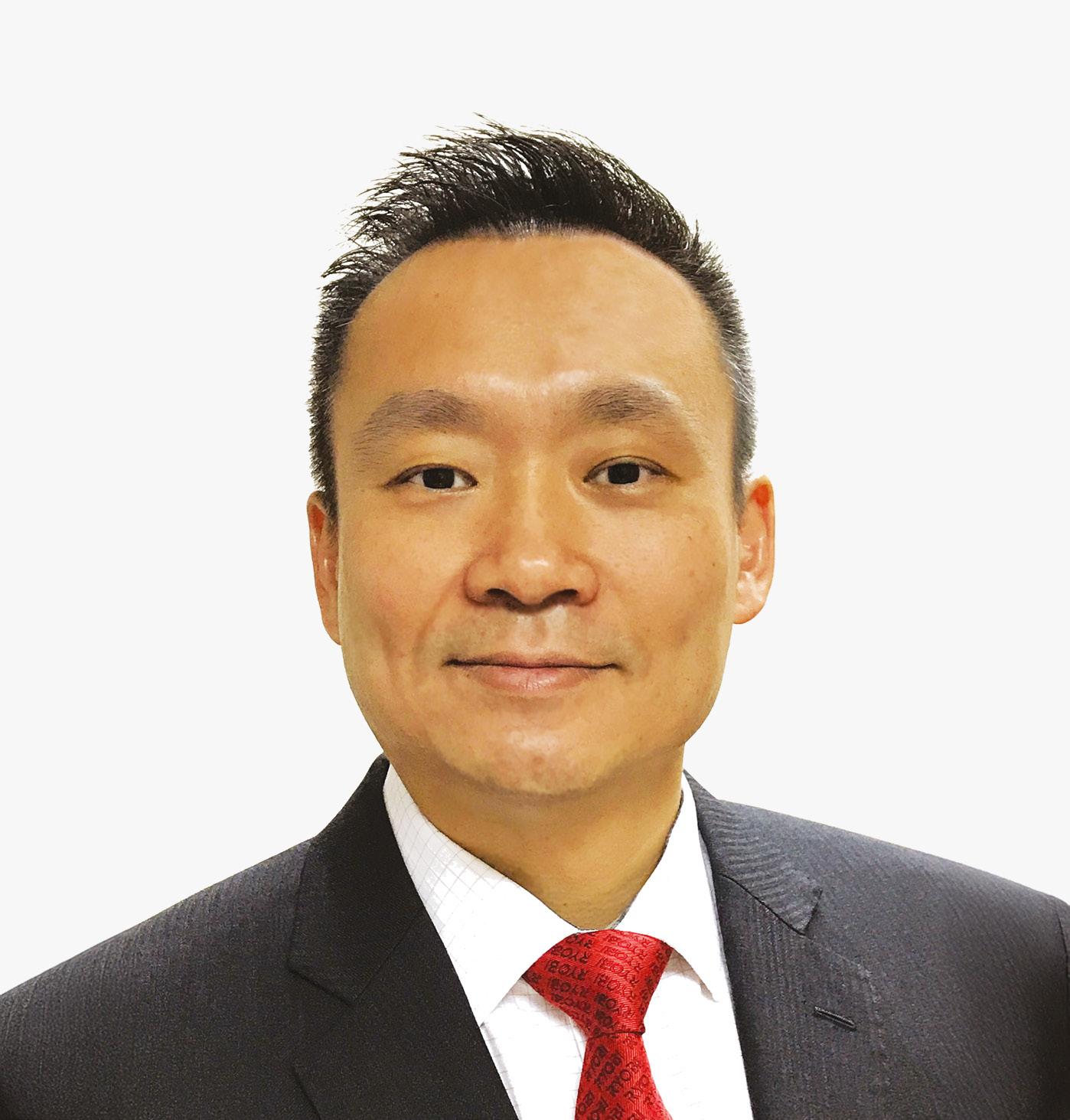
Business leaders have varying personalities. While extroverted personalities are more visible in the public eye, they don’t necessarily have an advantage over introverted leaders. These silent entrepreneurs keep their heads down and work smart in gaining business.
Cyber Australia managing director Bernard Cheong is one of them. Within a span of more than 20 years, Cheong has silently and humbly turned Cyber Australia into one of the largest printing distributors in the Asia Pacific region.
Real estate is another of the company’s key assets.
In Singapore, the company recently relocated to a new office and began leasing out its former multi-story premises, which it owns.
“Cyber’s assets are mainly in real estate. We’re fortunate because we’re asset rich – we have our own building in Australia and the four factories we own in Malaysia for showrooms, a refurbishing centre, warehousing, and a candy plant spanning five hectares, are all owned by us. We don’t have any additional overheads for our real estate, allowing us to focus on what matters most – our customers,” Cheong said.
Cheong leads Cyber Australia, but his older brother John now heads up the wider Cyber entity ever since their dad Herbert took a step back from the business a few years ago due to health reasons. Cheong’s other brother, Paul, also works within the business as sales director.
It’s hard to speak of the origins of Cyber Australia without detailing the lesser-
known fact that Australian Printer is intertwined with the company’s first foray into this region.
It all started with a relationship between Brian Moore and Cheong. Moore, who was formerly publisher and sales director at Australian Printer, is a long-standing part of the magazine’s 75-year history – 24 years and counting, to be exact.
During his time with Asian Printer Magazine in Singapore, Moore established a strong working relationship with Cheong and Cyber, a then Singapore-based company. That professional partnership naturally fortified when Moore returned to Sydney to run the Printer Media Group, parent company of Australian Printer
A few months later, in what was just a simple discussion about the Australia and New Zealand printing markets between Moore and Cheong, Moore planted the seed to what has now grown into Cyber Australia, which holds the RMGT agency in this region.
“It was actually Brian who sparked my interest in setting up Cyber Australia,” Cheong recounted.
“I had known Brian from his time in Singapore, and we never miss an opportunity to catch up whenever he visits the country. We were once having a simple conversation about the A/NZ markets shortly after he returned to Australia, when Brian asked me if I knew much about that space.
“With Cyber having a big play in only the Asian market at that time, I replied that I didn’t know much about it; I thought Australia was a ‘sleepy town’. Brian then told me ‘You should check it out, because there’s a world of opportunity’.
“I did my research and made a few trips over to study the A/NZ printing landscape and true enough… there was an untapped opportunity for Cyber to make its mark in this region. The Ryobi distributorship was also available, so we took on the challenge.”
The rest was history.
Cyber Australia was established in 2004, with the company showcasing several Ryobi presses at PacPrint 2005.
Cyb er Australia managing director Bernard Cheong
“At PacPrint 2005, our first PacPrint, all major exhibits were sold,” Cheong said.
In 2009, Cyber Australia first unveiled the Ryobi 920 series in its Singapore showroom. The 925, a SRA1-size five-colour offset printing machine, was first purchased by CMYKhub in Australia sight unseen as a vote of confidence in Cyber and Ryobi.
“We truly appreciate the partnership and confidence CMYKhub has in us. The superior cost performance of the 925 led to more presses being purchased from the group over the years,” Cheong said.
“This includes Australia’s first 925D fivecolour with UV coater, the first 928P LED 8-colour convertible perfector with LED system, and the new 970PF-8 LED with PQS-D A1-plus-size 8-colour convertible perfector with LED and Smart-Automatic Printing (SAP), featuring non-stop automatic registration and colour control and inspection. CMYKhub bought a total of 15 offset printing presses from us.”
In 2010, Ryobi and Mitsubishi came together to form RMGT. The integration of the two product lines enabled Cyber Australia to bring to market the best of both worlds, giving the business an added advantage.
Through the years, order numbers increased, and Cyber Australia became a household name.
The Cyber of today
Cheong provided an update on Cyber Australia’s more recent business, saying the pandemic actually ended up being favourable for the company.
“In a single year, during the COVID period, we experienced the best business performance in our history in Australia,” Cheong said.
“Because shipping was an issue for printers during COVID, the Made in Australia movement resulted in more products being produced locally. This meant printers needed efficient machines to deliver quality solutions, and many turned to us as their trusted technology provider.
“Every cloud has a silver lining – you’ve only got to look for it in the right places.”
One of the more recent installations was at CCS Media Packaging, which installed a new RMGT Ryobi 970 seven-colour press with aqueous coating in 2024, bringing in the final piece of a 12-month, multi-million dollar investment.
“CCS is a unique client of ours. They used to print for record companies, but with music now going digital, the need for
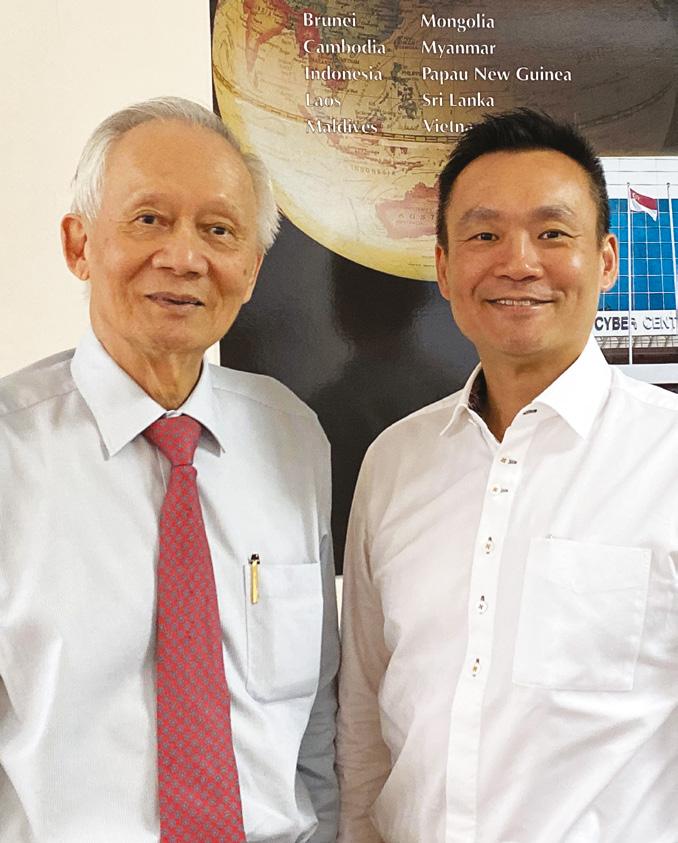
prints for CDs and other related materials became obsolete. So, the company pivoted into the food packaging space and needed the machinery to support production,” Cheong said.
“But now, with record labels at boutiques making a comeback, it has become the icing on the cake for CCS because they have already been involved in the music industry.”
Of late, with the prolific growth in packaging, Cheong finds the number of print service providers purchasing machines from Cyber Australia specifically for packaging purposes has escalated.
“Half of our installations are now to companies that have taken on packaging work in addition to their printing capabilities,” he said.
“This was, again, brought on since COVID, when peoples’ purchasing patterns shifted from in-store to online.”
In New Zealand, the company is currently in the process of installing two presses.
“In New Zealand, a lot of print service providers’ equipment are getting old. Their hands are being forced to either update their machinery and continue operations, or close down,” Cheong explained.
Across Asia, most of the company’s sales come from Malaysia and Vietnam.
“There’s greater demand for machines in the developing markets in Asia as they invest a lot more than the developed markets. This is because most of the work is outsourced to printers in these countries,” Cheong said.
“When COVID hit in Malaysia, for example, business did stall momentarily but it was the first to pick up because the country sees a large production of latex and with the requirement for latex gloves,
our print service providers needed to print glove boxes rapidly.
“Since COVID until now, the Malaysia market hasn’t stopped – in fact, it’s been really strong for us. With Donald Trump slapping tariffs on China, I think it’s only going to fuel the Malaysian market to be even stronger.”
The move back to
offset
According to Cheong, Cyber’s customers are making the move back towards offset equipment as technology has made offset printing more affordable than before.
“For non-collated products, we have clients that were strong digital users for more than a decade embark on an offset journey because they find it cheaper to print on offset. Offset was dying because the last major adoption in that space was CTP. But now, with modern offset printing equipment, it is equally easy to print on it because everything is automated,” Cheong said.
“With digital, it’s all click charge – you pay for every sheet. With offset, you pay for the commodity, which is ink and plates. They’re cheap.
“So, RMGT’s R&D division focuses heavily on digitising offset equipment. The focus is very much on the mechanical engineering – improving reliability, increasing speed, and simplifying makeready times and staffing requirements.
“In fact, the company used to manufacture some digital machines, but when comparing the cost of print to automated offset presses, it found that printing on automated offset was still cheaper.”
One example that Cheong mentioned was US-based Pacific Printing. Previously, a lot of the company’s short-run work was digital. But, the ability to get to colour quickly enabled it to move a lot of that work over to offset, changing the capabilities for the business in terms of what it can gang-run and put on press in a short amount of time.
But even with the change in market demands, the core of Cyber remains the same.
“Our focus from when we first started until today is the same. We are very much a customer orientated business that evolves together with our customers. We are not fixated on any single market –whatever the customer wants, in whatever direction that they move, we are there for them,” Cheong said.
“Our customers are our compass for change – they show us the direction, and we adapt accordingly.”
(l-r) Cyber’s Herbert Cheong and Bernard Cheong
Gender isn’t a barrier to success
Aleisha Gill has cultivated strong relationships with customers and actively gives back to the industry, believing shared support is essential to the industry’s collective success
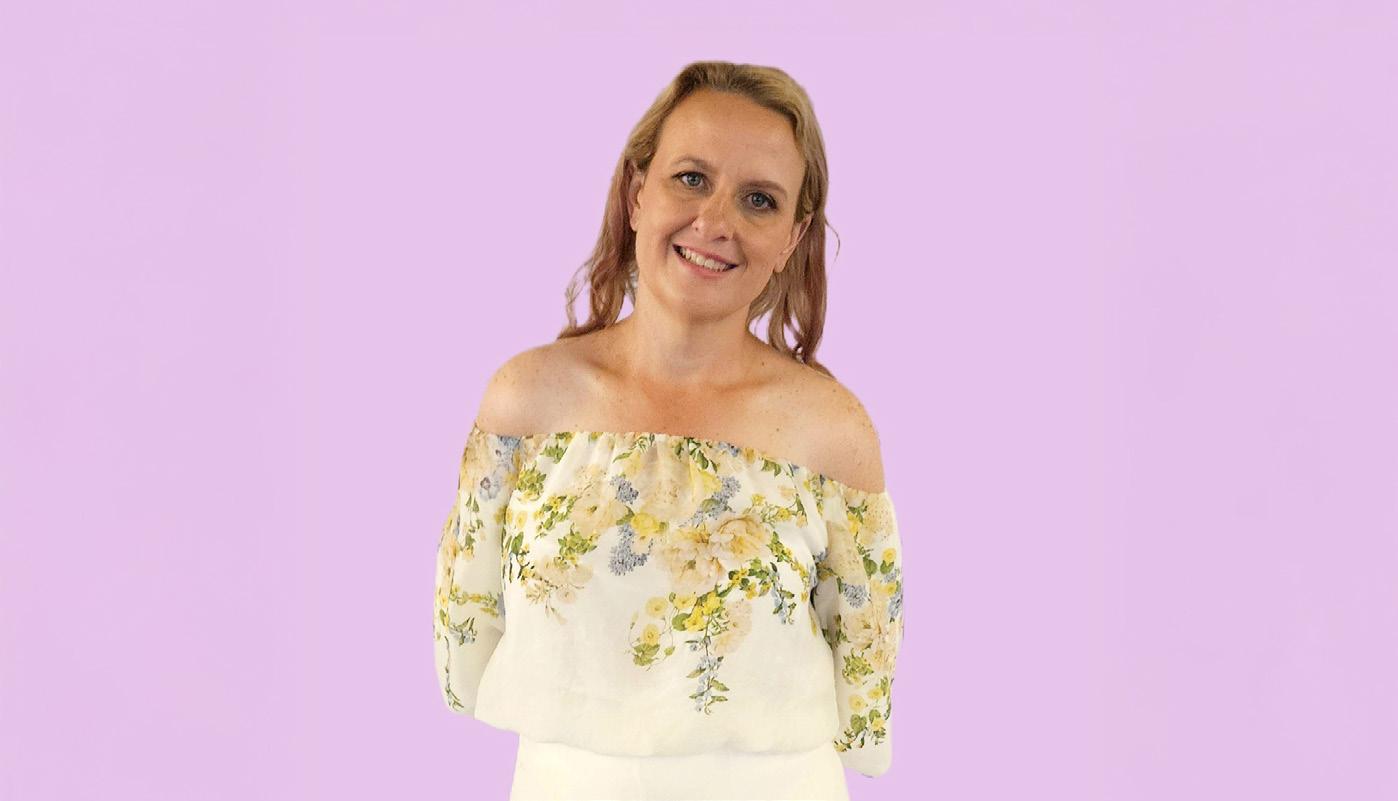
Building strong relationships with customers is one of the foundations of a successful print business. That, together with a love for production and customer service, is what drove Kwik Kopy Eagle Farm centre owner Aleisha Gill to purchase her own Kwik Kopy centre in Queensland.
Gill’s journey in the print industry began more than 20 years ago, when she started as a receptionist at JT Press. It wasn’t long before she became fascinated with the industry, and immersed herself in all things print – from estimating to quoting, through to production, and how offset printing worked.
“I developed a deep appreciation for the craftsmanship behind print, from how books are folded and produced to the precision involved in impositions,” Gill told Australian Printer
As she gained more experience, Gill moved into a role handling estimating and impositions – becoming the only female estimator among a team of men at that time – expanding her knowledge of the industry.
“While I loved the technical side, I wanted more interaction with customers. That led me to take on a position in customer service, where I found my true passion: working closely with clients, understanding their needs, and guiding projects from start to finish.”
This passion led Gill to Kwik Kopy, where she managed a local branch for eight years, allowing her to build strong relationships with customers while ensuring they received the quality and service they needed to keep coming back.
Then, about two and a half years ago, the opportunity arose for her to purchase her own Kwik Kopy centre.
“Purchasing my own Kwik Kopy centre was a big step, but I knew it was the right one. It allowed me to shape the business in my own way, build a strong team, take full ownership of our growth and success, and make a real impact in the industry I love,” Gill said.
With technology continuously changing the way print is produced, moving into the Kwik Kopy system introduced Gill to a more diverse range of printing methods – from traditional to digital and largeformat printing. Along the way, she also learnt graphic design.
“I wanted to have a well-rounded understanding of every element that goes into print production. Having this knowledge allows me to better support our clients, ensuring their designs are print-ready and advising them on the best way to bring their ideas to life,” she said.
“Learning never stops in this industry. We are constantly adapting to new technologies, materials, and techniques. There’s always something new to discover, and that’s what keeps me engaged and passionate about print.”
According to Gill, gender isn’t a barrier to success anymore. With the gender balance evening out over the past 20 years and more women taking up leadership positions in print, Gill finds it incredibly encouraging that more women are entering the trade.
“What matters most is being confident and secure in your skills. If you focus on doing your job well, continually improving your abilities, and making sure you deliver quality work, success will follow – regardless of gender. That’s the advice I’d give to every woman in print: Focus on mastering your craft and others will recognise your value,” she said.
Gill has never looked solely to women for inspiration. Throughout her career, she has been fortunate to learn from both men and women who have been willing to teach, mentor, and support her growth.
“The key has always been surrounding myself with the right people – those who are open to sharing their knowledge and genuinely wanting to see you succeed. This industry is full of knowledgeable, generous professionals who are willing to support others, and I’ve been lucky to have had many great mentors along the way,” she said.
Gill herself looks to give back to the industry through support, saying it’s crucial to the industry’s collective success. She has been involved in initiatives such as coaching programs that help people enter the workforce.
“Our team has supported initiatives like tours with the Youth Development Foundation, where we show young people how jobs are created and get them excited about the possibilities in the industry. By giving back, we can inspire the next generation and make the industry more accessible and inclusive for everyone, she said.
In addition, she said while supporting women in print is important, her broader goal is to support women in business.
“I want to help them build the right connections and network with other women in business, as well as with their customers. These connections are the foundation of a successful business. If you focus on relationships and not just transactions, that’s what truly drives success,” Gill added.
Some of her other aims include continuing to grow a successful Kwik Kopy business, building deeper connections with customers, and continuing to raise the profile of the wider print industry.
Kwik Kopy Eagle Farm centre owner Aleisha Gill

China Print 2025 sees huge success
One of the biggest tradeshows worldwide, China Print 2025 recently took place in Beijing and showcased the latest and greatest innovations in print
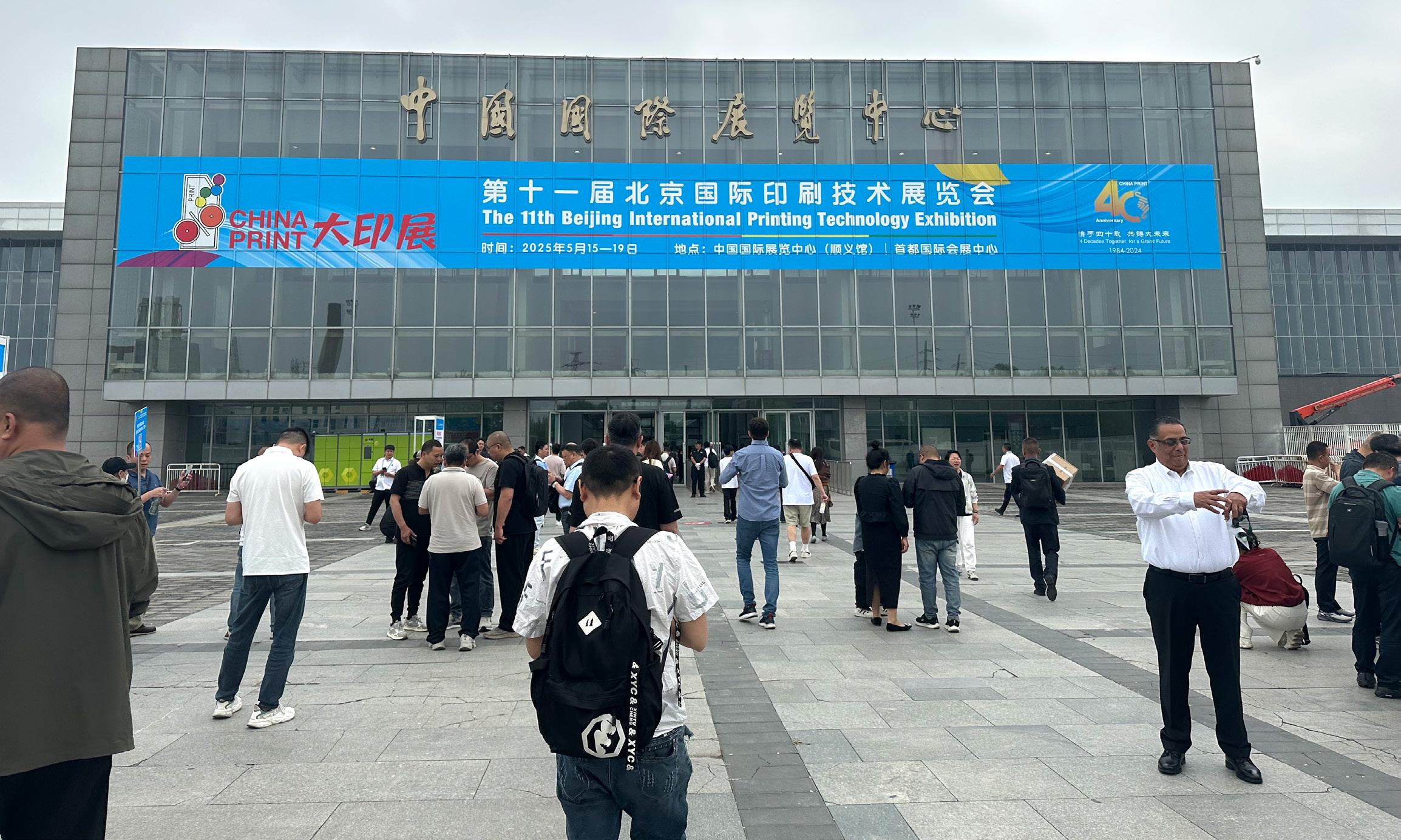
The 11th edition of China Print recently took place in Beijing, bringing together the global printing and packaging industry from more than 10 countries worldwide.
Spanning over eight exhibition halls and housing more than 1,300 exhibitors, the event not only brought together the world’s latest printing innovations, but also served as a barometer of the global developments and trends of the industry.
Here are some of the solutions leading manufacturers showcased:
Durst
Durst announced the sale of multiple Tau RSC machines to Chinese customers. On the first day of the tradeshow, the company celebrated the sale of seven Tau RSC E units and one Tau RSCi machine.
Deal signings and handshake deals were aplenty at the Durst stand, with company group CEO and co-owner Christoph Gamper and sales manager for labels
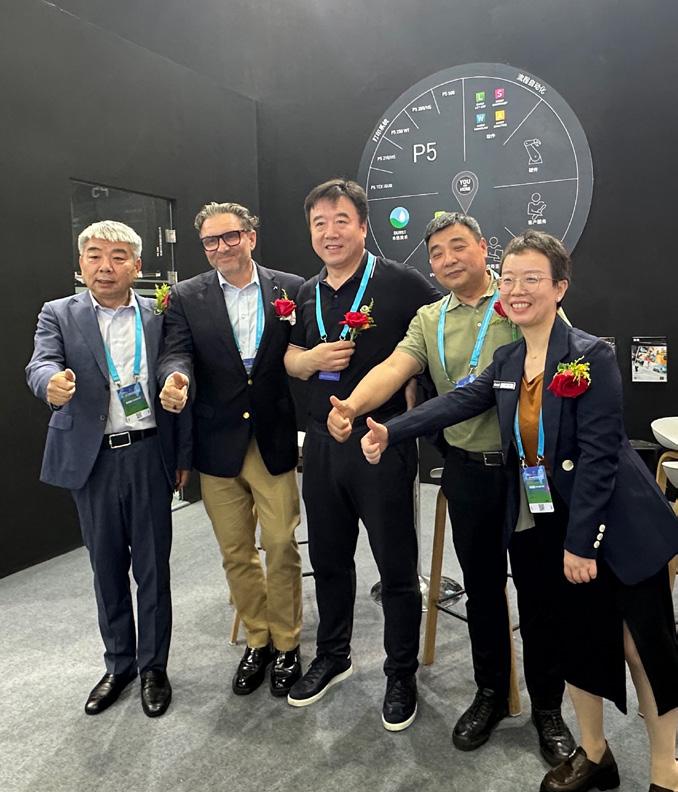
and flexible packaging Thomas Macina joining in the celebrations.
Durst also showcased on its stand the Tau 340 RSCi LED, which Durst Group labels and flexible packaging head of product management Martin Leitner said is growing in popularity in China.
“Durst has had a physical presence in China for about 10 years – 20 years if you include our days going to market with a distributor. The China market has been evolving over the last decade, and we have been fortunate enough to get a solid install base in the country,” he said.
“We are now very well known in the market with our customers and potential customers as our technology is disruptive.
“Bringing the Tau 340 RSCi LED lets us diversify in the market as the RSCi model is more high-end, and China is a high production market. It’s a machine that better suits the local market and is becoming more and more popular.
“Durst understands its markets really well and knows what the customers require for them to be successful. Automation, the adoption of digital printing, the importance of workflows, and stability of print runs are increasingly becoming important for this local region and Durst has integrated features within its portfolio to deliver on these needs.”
People heading towards the gates of China Print 2025
Durst management and three Chinese customers that purchased Durst Tau RSC machines
The Tau RSC platform sets the benchmark in productivity and flexibility. With print speeds of up to 80m/min for the upgraded version, a native resolution of 1,200dpi by 1,200dpi and up to 8 colour stations, the Tau 340 RSC enables customers to achieve flexo like productivity in a 24/7 environment.
It also can be also equipped with the revolutionary Durst Hawk Eye technology to automate print quality.
The 340 RSC is available in two variants –RSC E and RSCi. The RSC E is Durst’s high spec entry-level variant, while the RSCi is the industrial version that accommodates wider media and can be hybridised with OMET embellishment or finishing.
The RSCi version is available in printing widths of 338mm, 420mm or 510 mm. The printer can be equipped with the Tau RSC UV inks or with the new Tau RSC LED inks, which is integrated into the Tau 340 RSCi LED.
Applications for the machine include variable data, industrials, and speciality packaging.
Epson
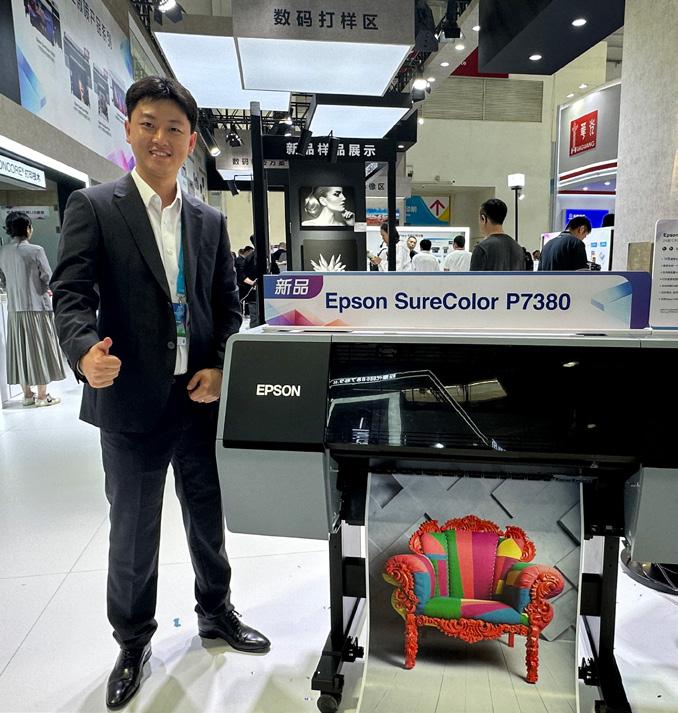
Epson China celebrated the sale of six SurePress L-5034 units in the country and launched two new machines.
The SurePress L-5034 is a new commercial inkjet label press enabling high-speed printing thatʼs ideal for short- to mid-run jobs, producing labels with outstanding scratch and weather resistance.
The newly developed PrecisionCore linehead and centre drum system deliver high-quality images. The space-saving, compact design integrates all the functions required for label production.
Epson also took the wraps off its SureColor P9380 and SureColor P7380 at the event.
The 10-colour pigment ink machines add to Epson’s high-end imaging
series and include Nozzle Verification Technology (NVT), micro-spraying technology, the addition of violet as a spot colour, and the latest generation 2.64-inch Epson PrecisionCore MicroTFP print heads capable of ejecting a minimum ink droplet size of up to 3.5 microliters.
Epson China LFP product manager Xin Longhao said these machines are focused on the photo category as Epson has a huge market share in this space.
“The SureColor P9380 is a 44-inch machine, while the SureColor P7380 is a 24-inch machine, but their specs are totally the same,” he said.
“The colour gamut of these machines is 97 per cent as a result of the 10-colour pigment ink and addition of violet as a spot colour. Their speed is almost double of previous models, because of new and improved printheads. They are very stable machines that produce very vivid images.”
The SureColor P9380 and SureColor P7380 are referenced locally as the SureColor P9360 and SureColor P7360 respectively.
The Epson CW-6530A was also on display, integrated with post-processing die-cutter, demonstrating a total solution.
The Epson CW-6530A, which is the company’s first 8-inch wide format colour label printer, uses a PrecisionCore print head with resolution up to 1,200dpi by 1,200dpi and four-colour pigment ink.
The CW-6530A is known locally as the ColorWorks C6510A.
Fujifilm BI
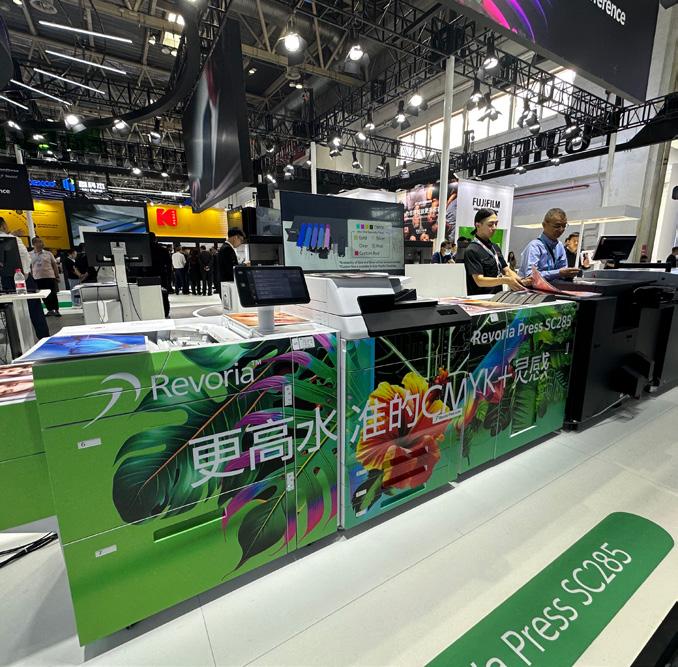
Fujifilm Business Innovation (BI) featured the new Revoria Press SC285 and Revoria Press EC2100, which both made their Australian debut at PacPrint the following week.
Fujifilm BI graphic communications marketing deputy general manager
Toshiaki Okada stated, “what sets these two machines apart is that the high print quality is the same as our flagship model.
“Even as mid-range machines, these units boast fast speeds and include a new generation of technology. They are five-colour machines, which present a wide gamut of colours,” Okada said.
With the help of Super EA-Eco toner used in high-end models, both the Revoria Press SC285 and Revoria Press EC2100 enable users to experience high-quality CMYK printing and achieve shiny metallic colour and gloss.
Their compact high-quality LED print head can provide high-resolution output of up to 2,400dpi x 2,400dpi to achieve highdefinition printing with clear lines and images.
The Revoria Press EC2100 allows for high-speed printing of uncoated paper (52gsm to 400 gsm) and coated paper (72gsm to 400 gsm). Its A4 productivity is up to 100 pages/min, while its A3 print productivity is as high as 55 pages/min. It features an automatic optimisation function using Revoria Flow, of neon pink toner to achieve a wider colour gamut.
The Revoria Press SC285 supports a wide range of paper types and sizes, including various paper sizes as small as 90mm by 46 mm and as large as 330mm by 660 mm, and supports optional long paper printing (single-sided) up to 330mm by 1,300 mm.
Its production efficiency of A4 is up to 85 pages/min, while the production efficiency of A3 printing is as high as 47 pages/min.
Heidelberg
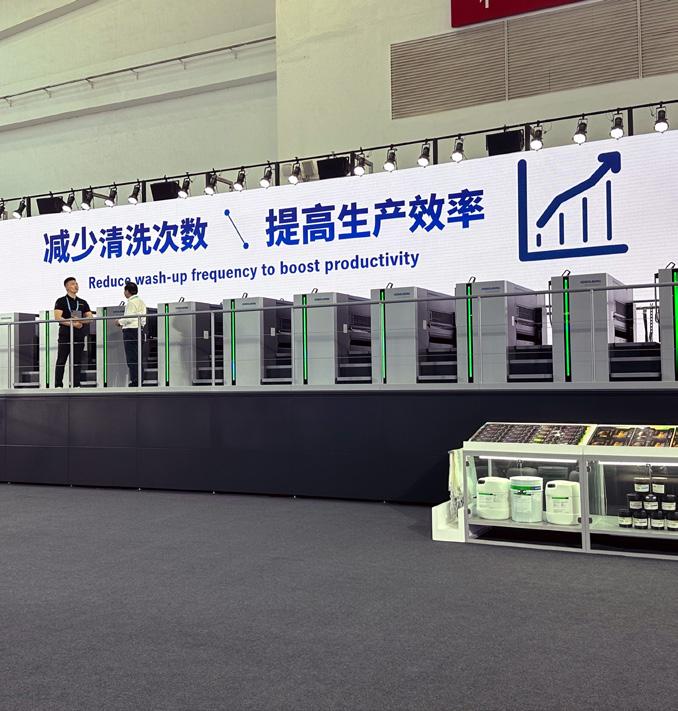
Heidelberg displayed the new Speedster CX104 A1 format press in a CX 104-8+LYY-1+L configuration, stating it is the “longest 13-unit offset machine in exhibition history”.
Epson China LFP product manager
Xin Longhao with the SureColor P7380 (SureColor P7360 locally)
The Heidelberg Speedster CX104 A1 format press in a CX 104-8+LYY-1+L configuration
The new Revoria Press SC285
The Speedmaster CX 104 can handle all materials from lightweight paper up to carton stock for packaging. It enables users to flexibly switch between conventional and instant drying UV colours – supported by the additional washing cycle for the inking unit, blanket, and printing cylinder.
It allows for high performance ranges with speeds of up to 16,500 sheets per hour, uses intelligent assistance systems like Intellistart 3 and Intelliline, which revolutionise job changes with time optimised automation and complete transparency, and features an improved anilox roller change in the coating unit that makes setting up noticeably easier, safer, and faster.
The LYY-1+L configuration consists of an extended double coating system.
In addition, Heidelberg also showcased its Jetfire 50 with a complete digital print ecosystem, making its debut at an Asian tradeshow. The machine, which was announced at drupa 2024, is based on inkjet technology from Heidelberg’s cooperation partner Canon and marks its expansion into industrial digital commercial printing.
Heidelberg said customers from the packaging sector invested in primarily its sheetfed technology, with a total of just under 350 printing units sold at the event.
“The huge interest in the innovations and displays at our booth provides impressive proof that Heidelberg is a leading market player in China,” the company’s chief technology and sales officer Dr. David Schmedding said.
“We won over a large number of customers with our integrated solutions for packaging and commercial printing from a single source, many of which are manufactured locally. The resulting incoming orders have given us a strong start to the new financial year, which began in April.”
HP
HP took the wraps off two new HP Indigo presses that made their Asian debut at China Print.
The HP Indigo 120K HD and 18K HD presses are built to support the transition from analogue to digital, with high-speed, AI-driven automation, and offset-quality output.
The HP Indigo 120K HD delivers on productivity and offset-matching print quality, setting a new standard for highvolume production and automation, at speeds of 6,000 sheets per hour.
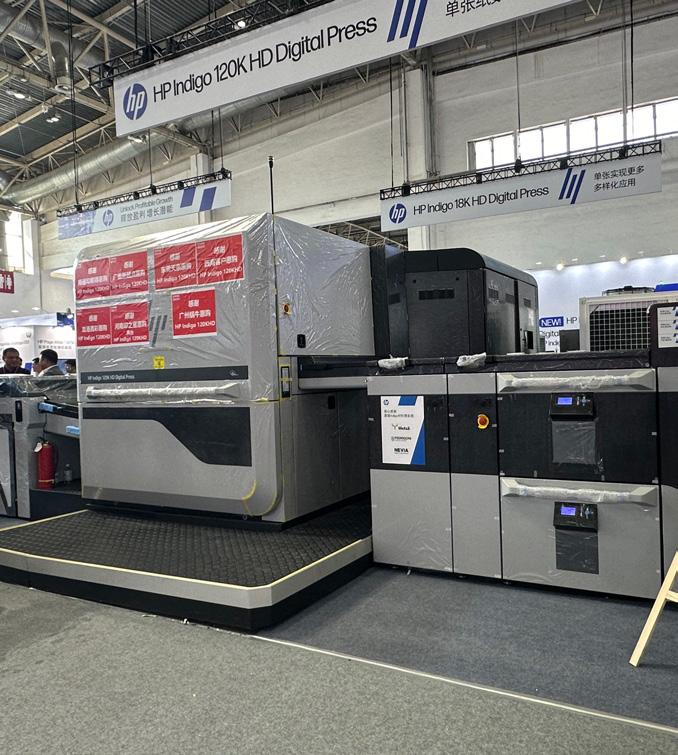
True digital continuous operation enables non-stop paper feeding, non-stop colour measurement, and continuous stacking. It saves time, with multiple input and output paper sources, allowing a seamless and automated switchover process for jobs and paper on-the-fly.
AI-based technology aid in image quality troubleshooting, predictive press care and maintenance capabilities, and end-to-end line efficiencies and reduced paper waste.
It allows users to boost productivity by 33 per cent while reducing operating cost per sheet and save 25 per cent of energy consumption per sheet while printing on the HP Indigo Enhanced Productivity Mode (EPM).
Users can also print more economically and more sustainably with the new ECO 4-colour print mode option, which helps reduce carbon footprint by 11 per cent.
The HP Indigo Recycling Imaging Oil (RIO) technology lets users reuse imaging oil and reduce up to 35 per cent waste.
HP Industrial Print Asia-Pacific and Japan head of products and solutions Yoav Lotan said, “The HP Indigo 120K HD is 30 per cent faster than the 18K HD. It goes up to five colours and is mainly made for general commercial print applications that are high-quality, short-run jobs. It’s really about automation and productivity with this machine”.
As for the HP Indigo 18K HD, it is a B2 digital press that supports more than 2,000 certified substrates, 75 per cent of which are sustainable media, ranging from 75 to 600 microns. It produces unlimited colour combinations with seven ink stations, featuring 12 specialty ElectroInks and a countless array of spot colours.
Innovative Photo-Pro Mode eliminates the need for a photo specialist by automatically using CMYK+LLK inks on demand. AI-based automation is also
used for image quality, PQ Maestro troubleshooting, and diagnostics.
It also includes LEP Print Technology and PrintOS’ data-driven solutions.
“The HP Indigo 18K HD is the most versatile platform that you can buy today in the market. Its digital prints are of offset quality. It can support a range of applications, using anything from very thin paper – like for book publishing or catalogues – to rigid boxes, folding cartons, trading cards, and even credit cards. This machine can literally print on anything,” Lotan said.
“It’s a workhorse – it is a very robust, productive, and versatile printer that delivers on HD definition with its unique spot colour, UV, invisible, and security inks. It’s very popular.”
The company also had a portfolio of products on display, including the HP Indigo 200K, 6K, V12, and PageWide A2200 presses. These machines demonstrated solutions for short-run packaging, high-volume label production, and commercial print.
In addition, HP also showcased smarter production with HP PrintOS, educating attendees on new tools such as Production Beat and PQ Maestro that streamline workflows, boost efficiency, and save hours each day.
At the event, HP also celebrated its 100th flexible packaging press installation in Asia Pacific and Japan –in a major milestone for HP Indigo, Dongguan Honggan Packaging installed an HP Indigo 200K Digital Press.
“China has been one of the leading countries for us in labels and shows a good acceptance of the Indigo technology,” Lotan said.
“The main challenges that we previously noticed in China, that impacted the way we designed our products, was 1. the need for data processing and digital content that has resulted in more computing power in our platform today, and 2. colour management, accuracy, and repeatability, especially for customers with multiple sites that must serve the same brand across sites.
“We’ve identified these needs quickly and incorporated them into our designs. They have been very productive for HP Indigo customers in China, especially as they expand into new verticals of play. The fmcg, beverage, high-end tobacco, liquor, and cosmetics markets have skyrocketed here, and the HP Indigo technologies allow them to see the benefits of digital for these industries.”
HP Indigo is distributed in A/NZ through Currie Group.
The HP Indigo 120K HD press
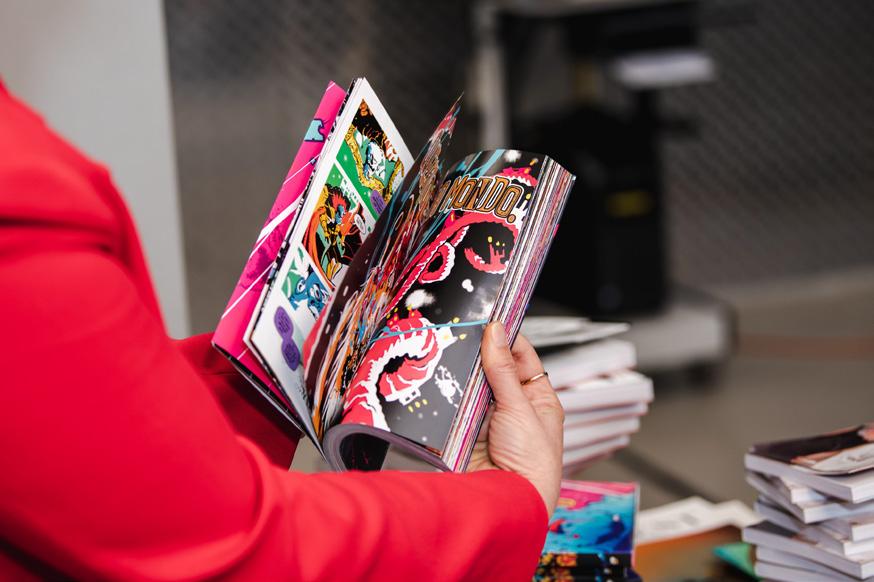
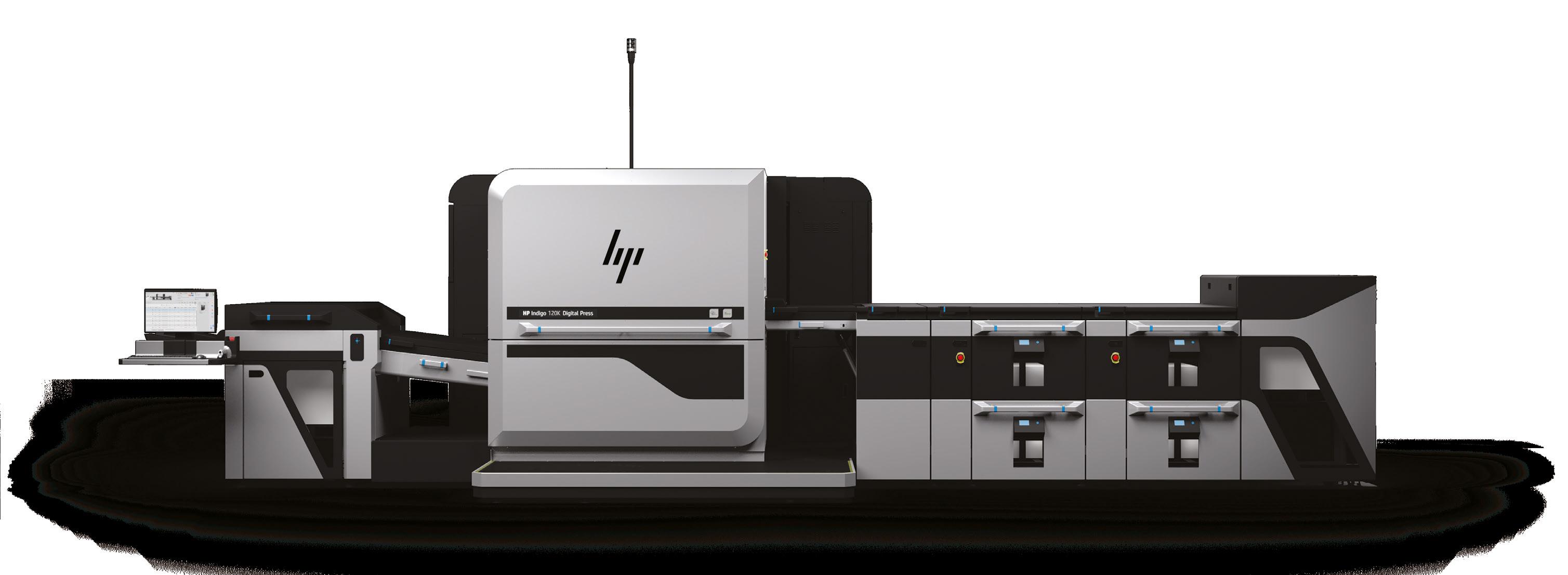
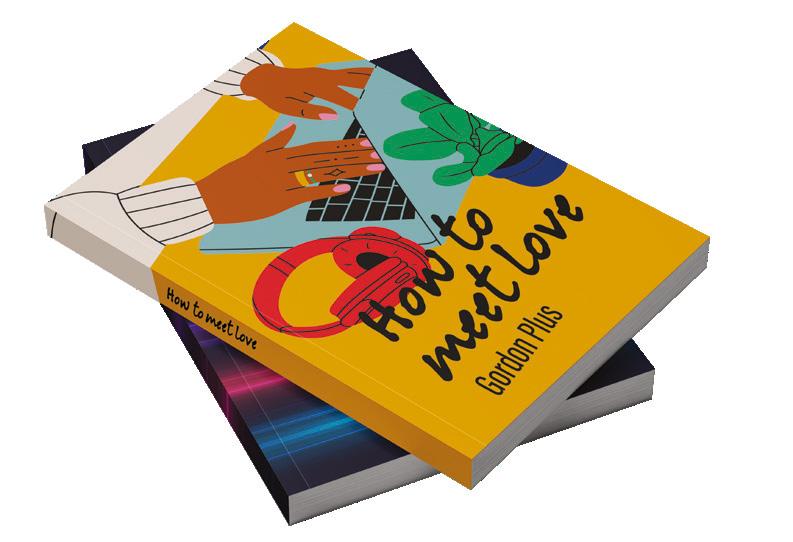

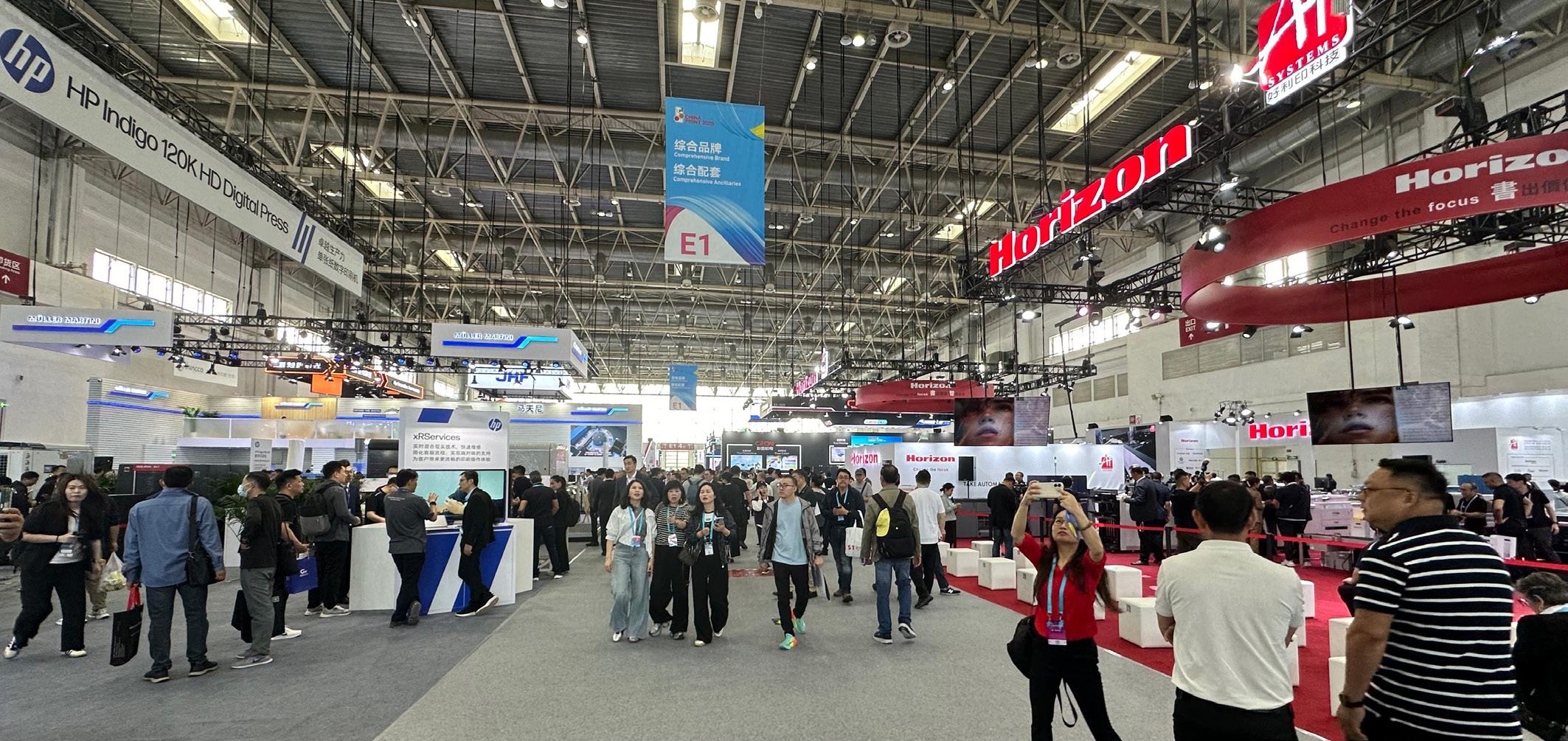
Hybrid Group
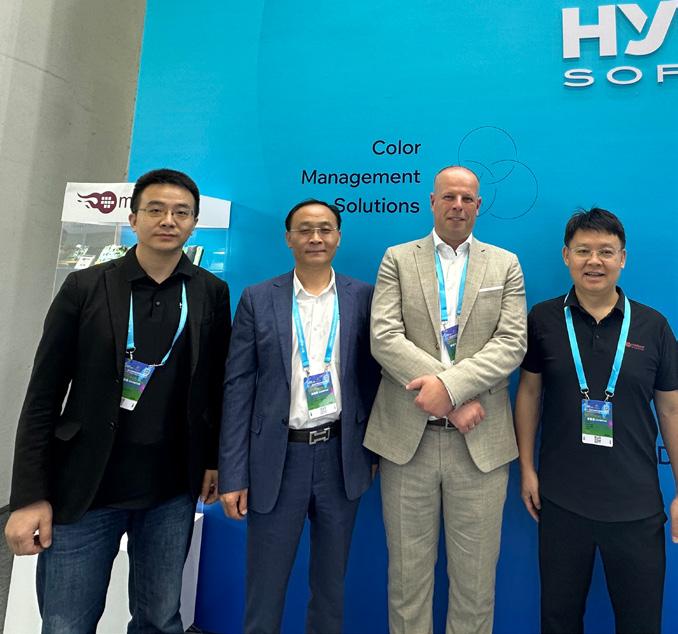
Hybrid Software participated in China Print, where it educated attendees about its product portfolio, including PACKZ and CloudFlow.
PACKZ is a PDF editor for labels and packaging that makes designs print-ready for any printing process. PACKZ aims to enrich designs with priming and finishing separation, handles ink sets and objectbased screening, applies trapping and generates dynamic marks and panels.
The application also produces unique seasonal packaging and personalised labels with the VDP wizard, produces warp and 3D visualisations, and optimises substrate utilisation using numerous step and repeat solutions.
CloudFlow is a modular production workflow suite for file processing, asset management, soft proofing and workflow automation. It is a web-based application platform specifically tailored for the packaging graphics with support for PDF, colour separation, trapping, screening, and proofing.
It utilises Hybrid Software’s Workspace technology which indexes file repositories while respecting the existing directory structure, automatically extracts relevant metadata and creates accurate thumbnails. It stores all its information in a database to make it available and searchable and allowing for centralised configuration and backup.
Hybrid Software labels and packaging vice-president and general manager Bert Van der Perre said, “In Europe, we see a lot of automation happening, and that automation is always linked to an ERP or MIS system. It’s good to see that this is also a trend coming into China.
“We are still a relatively young company in China, but we are expanding our footprint in the country and adding on more staff. We are looking forward to growing our base here, in China.”
Kodak
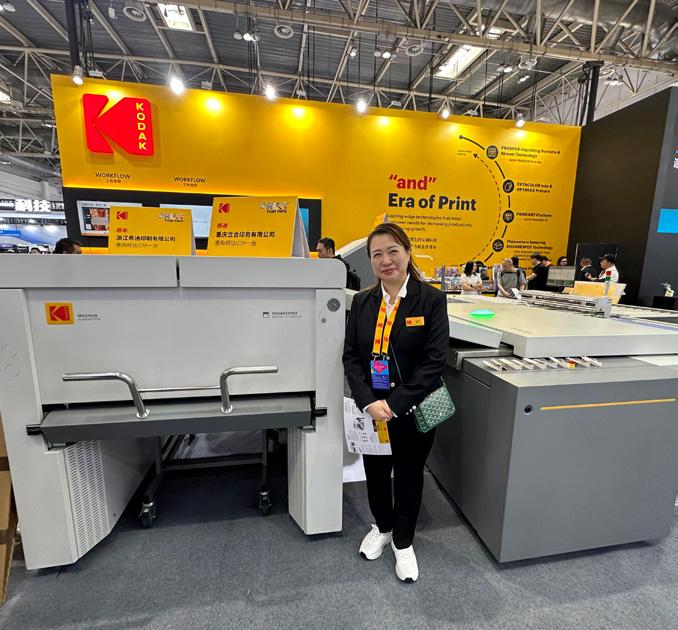
as well as its Sonora Xtra Process Free Plate.
The Trendsetter Q800 is an eight-page model that now offers more speed and labour-saving automation options.
Semi-automated plate loading/unloading comes standard, or can be upgraded for additional automation features, including inline punch. The high-capacity, fully automated Multi-Cassette Unit (MCU) and top W-speed deliver optimal productivity and reliability with minimal manual intervention.
Trendsetter Platesetters aim to bring cost savings on several fronts. The automation features speed up platemaking and reduce errors from manual handling, saving time, labour, and costly remakes.
Plus, they require only 770 watts while imaging – up to 92 per cent less power than other CTPs – for lower resource usage and environmental impact, especially when paired with Kodak Sonora Xtra Process Free Plates.
Sonora Xtra Plates deliver high performance along with all the standard perks of going process free. It lets users eliminate plate processing, extra equipment, chemicals, water, and energy. They are also designed to keep up with the fastest platesetters, like the Kodak Magnus Q800 Platesetter, at up to 84 plates per hour.
The Kodak Magnus Q800 Platesetter is what the company calls the “industry’s fastest eight-page CTP”. It can be configured to multiple automation options, delivering up to 84 consistently imaged plates per hour.
Kodak Asia WW operations and alternate channels program director Anita Yiu said, “Both machines that we are showing at China Print are the most popular in China based on the volumes they produce daily. They are the market standard.
Kodak presented live demonstrations of the Trendsetter Q800 and Magnus Q800 SCU Platesetters,
Kodak Asia WW operations and alternate channels program director Anita Yiu
Bert Van der Perre (third from left) and the Hybrid Software China team at China Print 2025
One of the eight halls of China Print 2025
“Both machines have Squarest technology, which has a 10,000dpi laser that is finer and sharper than competing CTP devices. Kodak Platesetters are automated, fast, provide detailed resolution, remote monitoring and control, and have sustainability capabilities.”
Koenig & Bauer
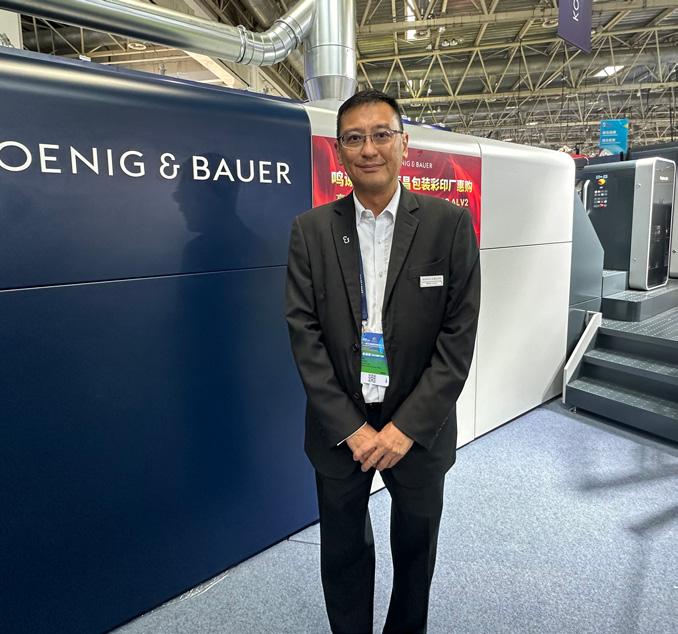
Koenig & Bauer reported positive results following China Print. Despite a challenging market environment, the manufacturer said it had “significantly surpassed its own expectations” and “further solidified its leading position in the Chinese market” following the event.
Xingtai Shifa Packaging Products, a China-based customer, opted for a customised Rapida 105 with six printing units and coating equipment. Foshan Guanxian Color Printing also decided to purchase a new Rapida 105 – the company will receive a five-colour machine with coating equipment.
At the show, Qingdao Changtai Packaging ordered a Rapida 164 with six printing units and coating equipment. Return customer Zhengzhou Huaying Packaging also ordered a six-colour Rapida 164 with a coating tower and a seven-colour Rapida 145 with double coating equipment.
Highlights also included live productions on a Rapida 105 with eight printing units and coating equipment, as well as inkjet prints from the VariJET 106 digital folding carton press.
Koenig & Bauer Southeast Asia sales director Michael Choong said, “Our demos ran the Rapida 105 on conventional ink, even though this machine is prepared for UV ink. The highlight of our demos was us achieving digital prints that look the same as offset prints.
“The Rapida 105 is a manufacturing machine and we’re showing customers how using it can free up their offset machines in the long-run, while delivering on the same quality they are used to.
“The robust digital press, because of its short makeready and less wastage,
becomes profitable. It also enables less downtime on their offset presses. Digital and offset will complement each other, depending on short-run and long-run jobs respectively.”
The Rapida 105 is available in several configurations, depending on customer needs.
Konica Minolta
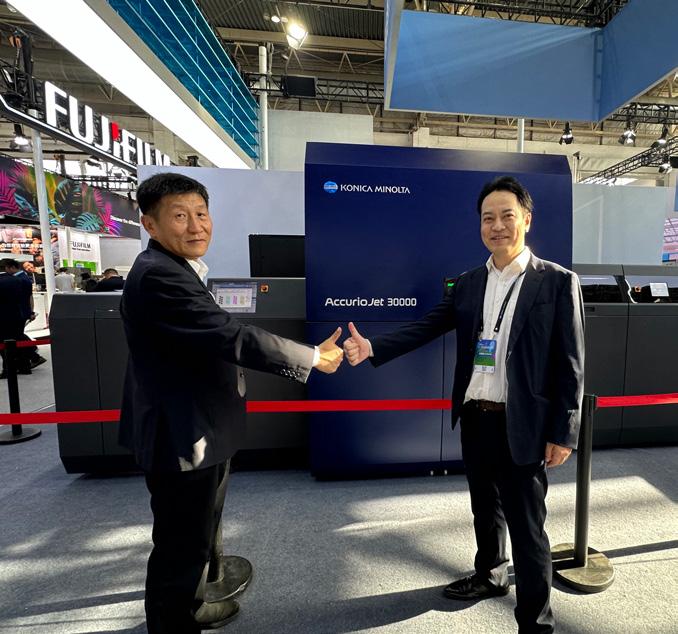
Konica Minolta unveiled its AccurioJet 30000 at China Print, marking the press’ global debut.
The debut at China Print followed the launch of the AccurioJet 60000 at drupa 2024, as the flagship B2 inkjet press model. Between the AccurioJet 60000 and the AccurioJet 30000, printing companies can select the model that best suits their needs, thereby accelerating a full-scale shift from analogue printing to digital printing.
The AccurioJet 30000 is a successor model to the AccurioJet KM-1/KM-1e series, which has been widely acclaimed in the market since its release in 2016 and has sold more than 350 units worldwide.
The B2 HS-UV inkjet press aims to help printing companies expand their business and improve their processes as it offers new functions that improve productivity while continuing to use the proprietary HS-UV ink, which is used for the AccurioJet KM-1/KM-1e series.
The AccurioJet 30000 reduces the RIP time, enabling printing without interruption even when the data processing load is high. By utilising the Pre-RIP function, RIP for print jobs can be performed the night before or during idle time, eliminating the waiting time during printing and improving productivity.
Unlike general water-based inkjet, the proprietary HS-UV ink does not require a drying process, enabling automatic double-sided printing and smooth transition to post-processing without downtime.
Made for short-run jobs, the four-colour AccurioJet 30000 uses Dot Freeze
Technology, which reduces the dot shape distortion and colour blurring compared to water-based inkjet.
Konica Minolta China sales division head Steel Li said the AccurioJet is made to enhance productivity for printers and is very relevant to the China market.
“The AccurioJet 30000 is a high-quality digital press for various business domains including commercial printing, labelling, embellishment, package printing, and textile printing, which lets printing companies expand their businesses.”
Kurz
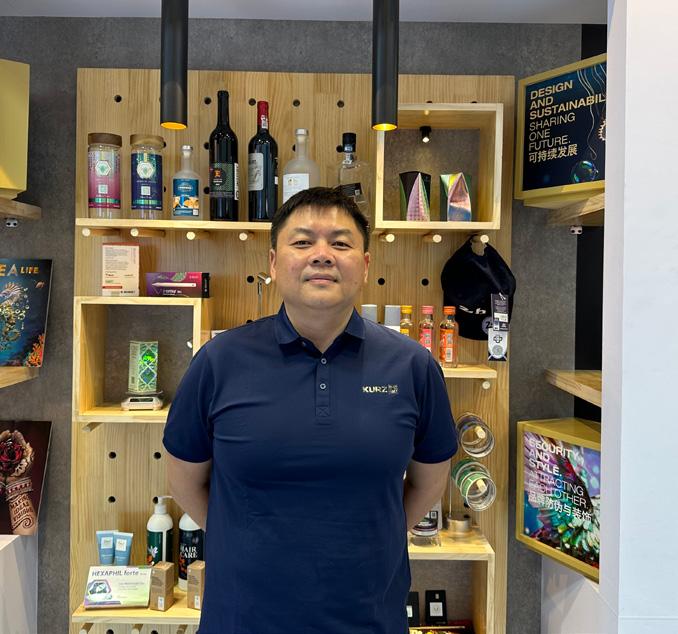
Kurz highlighted its design and protection technologies in hot stamping, cold transfer and foiling, digital embellishment, coat transfer digital combination, as well as anti-counterfeiting.
“We are a total solutions provider of foiling technology. Hot stamping, cold transfer and digital embellishments have been very popular in China. This is because hot stamping allows for very high levels of label decoration effects,” Kurz China product manager Peter Wang said.
“Cold transfer is popular in China as it sharply increases efficiency of this decoration process – so allows for cost savings and mass production. Digital embellishment is the future technology, enabling users to use digital for personalisation and customisation, and achieve variable data.”
The company also displayed its Scribos product and brand protection applications that aim to solve the issue of anti-counterfeiting.
Detection and security features are used to this end at Kurz. Distinguishing features such as logos, name, and product designs help tell products apart from competitor products and counterfeits.
In addition, security features such as holograms and unique labelling make it even more difficult to copy products.
Kurz China product manager Peter Wang
Konica Minolta’s Steel Li and Junpei Shono with the AccurioJet 30000
Koenig & Bauer Southeast Asia sales director Michael Choong
Kurz’s TRUSTSEAL holographic authenticity mark makes is difficult to duplicate, enhancing brand image. To further increase the level of protection, TRUSTSEAL can be combined with the webbased TRUSTCODE identification system.
Manufactured using Kurz’s proprietary OVD technology, TRUSTSEAL holograms deliver tamper-proof optical security, with both visible and hidden authentication features to ensure that counterfeiting or tampering attempts are immediately detectable.
These holograms can be applied via hot stamping or cold transfer, ensuring seamless integration into a packaging process. Both optical and digital security features are available for layered authentication.
Wang said the combination of physical and digital identifying features provides distinct and customisable added value, and signal that quality and safety are top priorities.
“This is very unique technology that doesn’t allow for the duplication of security seals. This technology not only shows Kurz’s specialty in decoration but also in functionality,” Wang added.
manroland Goss
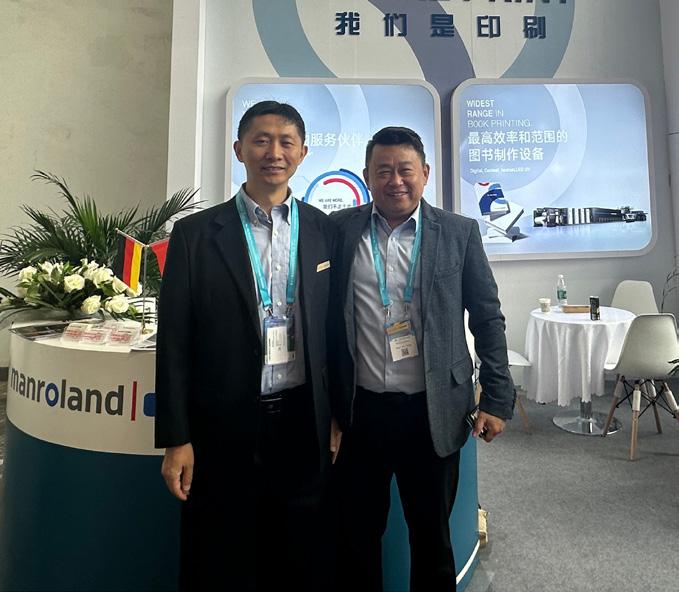
manroland Goss highlighted its expertise in digital folding lines and conventional offset technologies, including the Lithoman and Rotoman DirectDrive systems.
manroland Goss Group China managing director Tony Wen said, “While traditional print methods will continue to play a role, digital printing is set to flourish in the coming years. In response to this market trend, we are actively educating customers about our latest innovations. With our digital finishing systems – FoldLine and FormerLine – we achieve high-speed inline production at 305m/min, supporting 24/7 shift operations. In the area of conventional offset printing, our portfolio includes the Lithoman and Rotoman presses”.
The Lithoman holds a leading position worldwide in the high-quality, high-volume segment. More than 350 systems are
currently in operation globally, producing magazines, catalogues, directories, and advertising supplements.
manroland Goss Group Southeast Asia sales and service manager Soon Wee Hong said, “The Lithoman can run two print jobs simultaneously, with the folder processing and folding them accordingly. Despite its impressive size – over 50m long – only one or two operators are needed to run it, thanks to its high level of automation. We customise each machine to meet our customers’ specific requirements”.
The Rotoman DirectDrive is designed to meet the needs of highly demanding 16-page commercial printers. Automation features enable extremely short makeready times, high reproducibility, and minimal start-up waste, all while maintaining premium print quality.
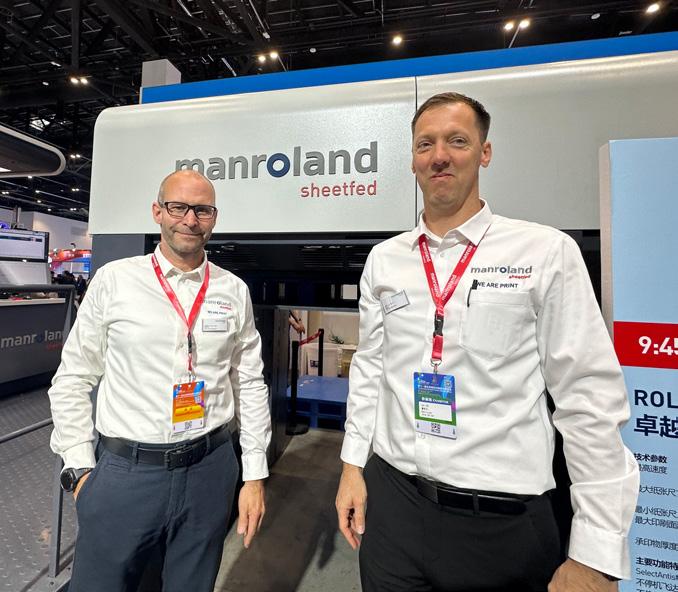
Manroland Sheetfed introduced its R708 LV + UV Evolution press for the first time at a Chinese exhibition. The press, equipped with a coating unit and displayed on the show floor, had already been sold to a Chinese customer by the end of the event.
Manroland Sheetfed sales manager Jens Kaiser said the 8-colour machine has been hugely popular since its launch in May, with many Chinese customers making purchases.
“The packaging market is still growing in China – especially for food and beverage, cosmetics, tobacco and playing cards –and print quality in China is now required on a very high level. In the past, the requirement was always four, five, or six colour presses, but nowadays customers want seven or eight colour presses, and ‘Ultima’ configurations,” he said.
With the Ultima concept Manroland Sheetfed offers tailor-made solutions for a wide array of applications. Ultima stands for customising.
Manroland Sheetfed CEO Mirko Kern was at the event, where he provided Australian Printer with an update on the company’s direction.
“We are focused on building high tech litho offset presses for commercial printing and packaging in the 700 and 900 size – so, medium and large sizes – and the extra-large size from size six to size eight,” he said.
“China is one of our key markets. It is the biggest for us, especially for special applications, which we call Ultima configurations, that enable the creation of very special packaging. This trend is extending out of China, into other countries, which makes this machine very suitable for such applications globally.”
Müller Martini
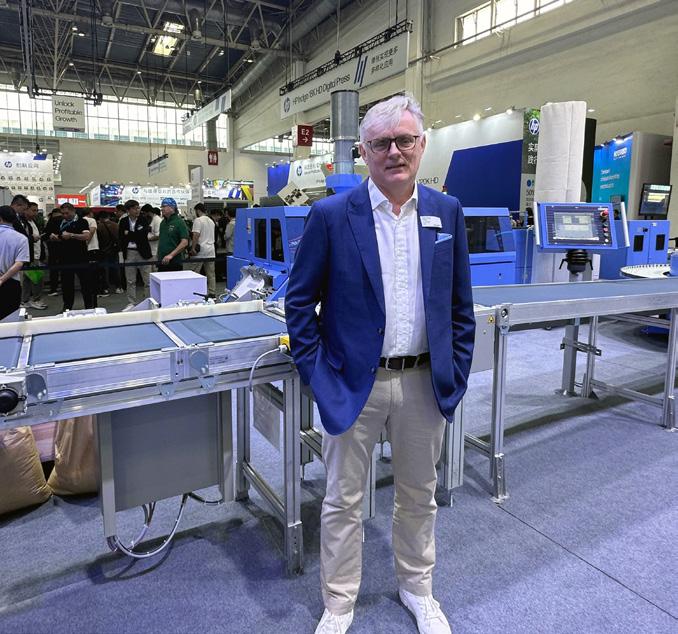
Müller Martini was at China Print showcasing its SigmaLine Compact technology that was first introduced at drupa last year. With the SigmaLine Compact, roll-fed digital printers can produce more end products in a 40m2 space with fewer staff and a significantly lower waste rate.
With a web speed of up to 200 m/min, the new addition to the SigmaLine family boasts rapid changeover times for job and format changes. Changing the folding schemes (from 3-across to 4-across, for example) takes less than 10 seconds.
Designed to handle digitally printed rolls up to 22.5-inches, the SigmaLine Compact is targeted at digital printers producing preproducts for softcover, hardcover, thread sewing, and saddle stitched print products.
“The digital market in China was originally moving quite slow and was famous for long-runs and big quantities, meaning you could use the conventional offset print and binding technologies,” Müller Martini Asia Pacific region managing director Sven Olsen said.
“But, in the last 12-24 months, the landscape has evolved drastically. Publishers want short-runs and in smaller quantities. So, printers in China are evolving their businesses and we’re catering to the market’s needs by showing some of our latest digital print finishing equipment.
Manroland Sheetfed
(l-r) manroland Goss’ Tony Wen and Soon Wee Hong
Müller Martini Asia Pacific region managing director Sven Olsen
(l-r) Manroland Sheetfed’s Mirko Kern and Jens Kaiser
“At this show, we have created a full production line by including a Hunkeler rollto-stack inline solution – an unwinder and trimmer – with the SigmaLine Compact.”
Ricoh
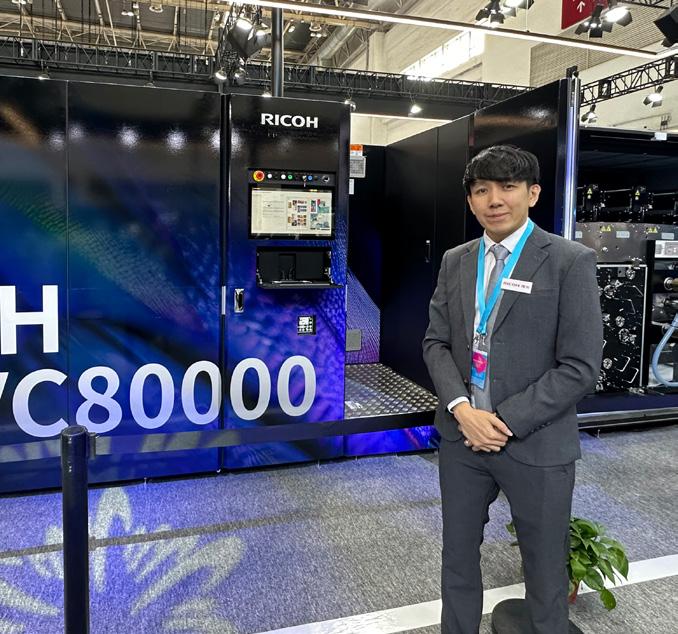
The biggest highlight of the Ricoh stand was the Pro VC80000, Ricoh’s continuous feed high-speed inkjet printing system that can print from 40gsm inner pages to 300gsm postcards, and support 584mm wide rolls for efficient production of books and publications.
It operates at speeds of up to 150m/min, delivering 1200dpi by 600dpi output. With automated features, it performs preset tasks through the intelligent start-up function to improve work efficiency.
The length of the four-colour, twin-engine printing unit is also less than 9m from beginning to end (excluding the unwinder and rewinder), making it one of the smallest inkjet presses available today.
“The Pro VC80000 is the pinnacle of our inkjet development today. We haven’t launched it here yet, but we already have an installation in China. The key aspect of the Pro VC80000 is the integration of AI and machine learning,” Ricoh graphic communications Asia Pacific Customer Experience Center head Alexander Quek said.
“In the theme of trying to reduce manual interventions as much as possible, AI can track what needs to be done for the printer and inform the operator so they can take the necessary preventive measures.
“It also has a ‘Ricoh Smart Start Printing’ feature, where the machine starts up before the shift itself, so that the operator can start printing immediately when they get on site. Plus, the Pro VC80000 is able to check for clogged printheads while it is still printing. It’s truly an amazing piece of technology.”
Also on display, among other machines, was the Pro Z75, which Ricoh describes as “the world’s first B2 perfecting inkjet
printing system with water-based pigment ink”.
RMGT
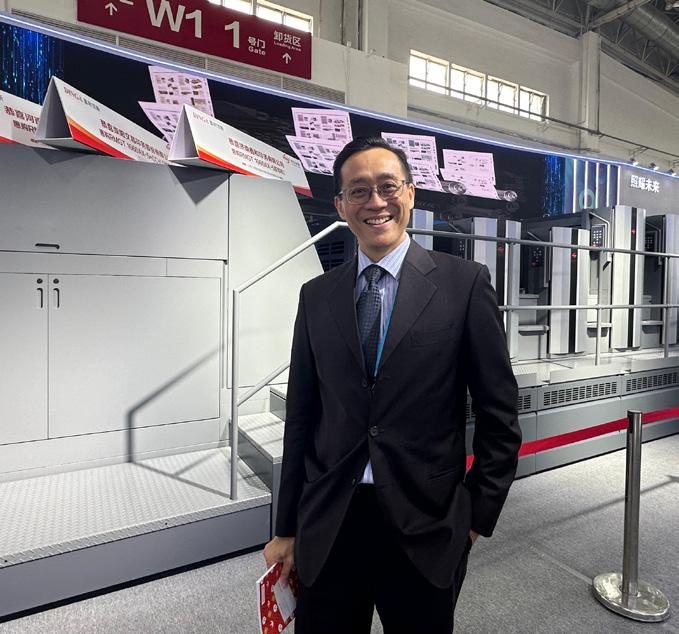
RMGT showcased several of its latest technologies at its Chinese distributor, Beijing Jia He Ding Xin Technology & Business Co., Ltd. (DINGA’s) stand. Throughout the exhibition, DINGA held multiple signing ceremonies with Chinese customers, particularly for the RMGT 10 series, 970 series, and 790 series.
A key product on exhibit was its RMGT 1060LX-8+CC+DU+CC+LD+LED-UV for full-scale packaging printing. It includes RMGT’s SimulChanger parallel automated plate-changing system that also completes washups at the same time.
A new polygon-type vacuum wheel provides a superior vacuum across the entire substrate sheet, and included are improved front-lay and side-lay detectors to accommodate thicker stock up to 1.00 mm.
It delivers fast speeds of 17,100 sheets per hour, plus Smart Assist Printing to further drive productivity to even higher levels.
Cyber, which distributes RMGT’s products in A/NZ, was present at the event.
Cyber sales director Paul Cheong said, “We are showcasing the eight-colour plus double coater RMGT 1060LX hybrid press at China Print, equipped with LED UV. RMGT has sold several 1060s at China Print – these machines are very popular. They come in a variety of configurations and can be tailored to cater to what the customers’ needs are.
“At this show, we demonstrate how the RMGT 1060LX can be used for chemical emboss. Packaging is growing tremendously in China, and when it comes to trends in this space, customers are all looking to purchase at least a six-colour with coater, seven-colour, or eight-colour machine.
“The RMGT 1060LX also prides itself in its high productivity rates and fast makeready times.”
RMGT also showcased its RMGT 970ST-5 for the small-lot and light packaging and commercial printing sector.
Xeikon
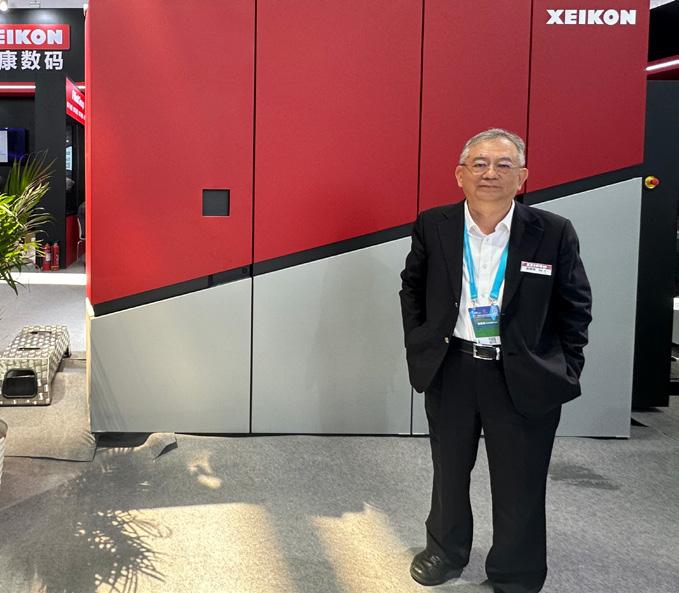
Xeikon showcased its TX500 digital technology at China Print, marking its first viewing in the ASEAN region.
The Xeikon TX500 digital press runs TITON toner, which is a food safe and durable digital printing technology. Its prints are resistant to high temperatures, up to 260°C, ensuring packaging integrity and product protection. Thanks to its unique formulation, TITON can print directly onto paper-based packaging materials without additional varnishing or lamination to protect the print.
Xeikon said the TX500 opens new market opportunities in label printing, paperbased flexible packaging, security printing, and more, making it ideal for short- to medium-run jobs.
The Xeikon TX500 is the company’s first digital press model to run TITON technology and is a new member of the CHEETAH series.
With TITON, the new toner formulation combines the best features of toners and UV inks, merging dry toner’s food-safe and odourless properties with the resistance to chemicals and mechanical abrasion of UV inkjet ink.
Xeikon Greater China general manager Sean Wu said, “China is an emerging market for Xeikon and we want to showcase the innovation of the TX500 and the applications that can be achieved with it. After China Print, this unit will be moved into our Shanghai Innovation Center, where customers can continue to learn more about the machine.
“The TX500 can achieve very fine prints, can be used for applications requiring security printing like passports, concert tickets, and anti-counterfeiting labels, and allows for personalisation. It prints up to 20,000m per day – non-stop –and is a true workhorse.”
Xeikon Greater China general manager Sean Wu
Cyber sales director Paul Cheong with the RMGT 1060LX at China Print
Ricoh graphic communications Asia Pacific Customer Experience Center head Alexander Quek with the Pro VC80000
How Metamark MiA films are redefining interior spaces
Sustainable, stylish, and seamless, Metamark MiA Interior Architectural Film – a durable, versatile, and design-led film solution – is changing the surfaces market in Australia
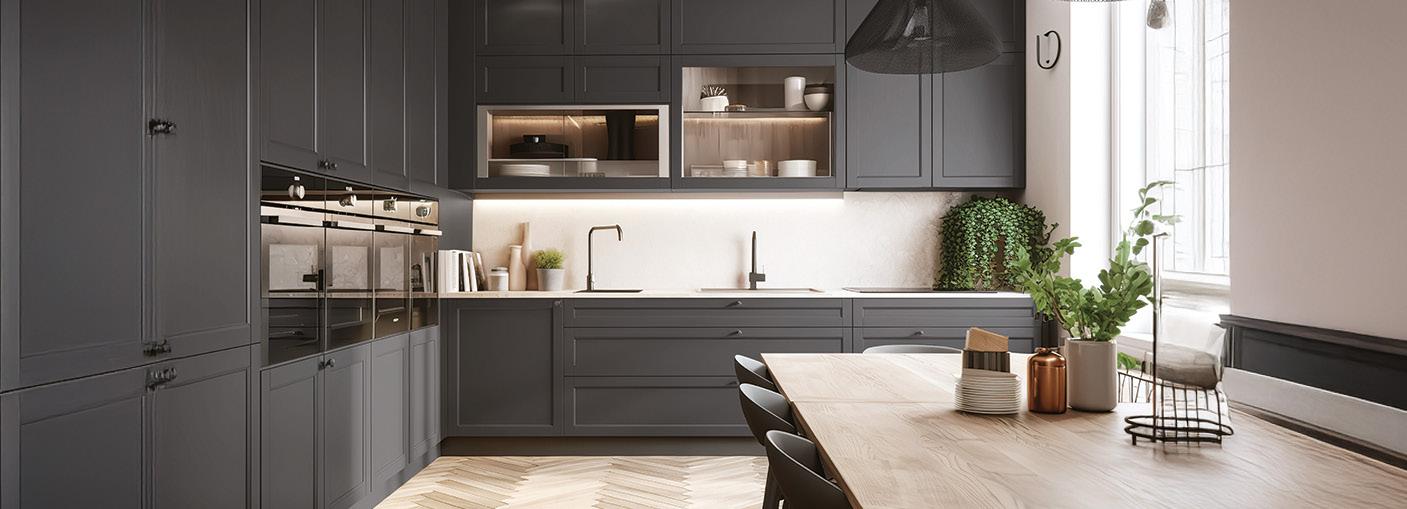
The way we think about commercial and hospitality interiors is changing. The rise of rapid, sustainable, and cost-effective fitout solutions has opened new possibilities for designers, facility managers, and brand owners who need to update and refresh environments without the cost, disruption, and environmental impact of traditional refurbishments.
One product at the centre of this transformation is the Metamark MiA Interior Architectural Film – a durable, versatile, and design-led film solution redefining the surfaces market in Australia.
Metamark MiA is part of a new category of high-performance, self-adhesive films designed to rejuvenate existing interior surfaces such as doors, cabinetry, walls, and fixtures.
Rather than removing and discarding these elements, MiA allows for fast and visually striking transformations that extend the life of infrastructure while dramatically reducing waste. It’s a solution well-aligned with current market priorities, where reducing environmental impact and delivering on-brand, contemporary aesthetics are equally important.
Available in an extensive range of highly realistic finishes, including woodgrain, stone, brushed metal, soft-touch textures, and abstract contemporary designs, MiA is designed to suit a wide variety of commercial applications. Typical uses include office fitouts, retail stores, hotel and hospitality interiors, healthcare facilities, education environments, and domestic projects.
A standout feature of the MiA range is its printability using eco-solvent, latex, and UV inkjet technologies. This capability
provides even greater design freedom, allowing architects, signage professionals, and printers to create fully customised patterns, branded graphics, and feature walls tailored to each space.
“Custom-printed interior films are increasingly being used in retail and corporate environments to deliver immersive, branded spaces that can be easily refreshed or updated for new campaigns and seasonal promotions,” said Que Nhi Makar, national marketing manager at Ball & Doggett, which is a Metamark supplier.
From a technical standpoint, MiA films are constructed with a durable base layer and a clear protective top layer, delivering excellent resistance to daily wear and tear in high-traffic environments.
Installation is simplified due to the MetaScape air release adhesive technology, which allows for clean, bubblefree application and repositioning on smooth, sound, non-porous surfaces. The films are suitable for flat and moderate 2D curved surfaces, expanding their versatility across a wide range of fitout scenarios.
Fire safety certifications (EN13501-1 B-s2, d0) and a MetaSure warranty for up to 10 years of internal use offer peace of mind for commercial and hospitality applications where safety and product longevity are essential.
“As sustainability continues to reshape procurement and design decisions, products like MiA are being recognised for their role in reducing environmental impact. By avoiding the removal and disposal of existing infrastructure and offering an effective way to refresh and extend its life, architectural films like
MiA can significantly reduce waste sent to landfill,” Makar said.
“It also contributes to lowering the embodied carbon footprint associated with manufacturing and transporting replacement surfaces and materials.”
The demand for tactile, authentic-looking finishes is another key trend driving interest in interior surface films. Natural woodgrain, stone, and textured matte effects are highly sought after in retail and commercial interiors, as clients look for ways to bring warmth, texture, and depth to their spaces.
MiA’s broad and carefully curated design collection allows designers to meet these demands while benefiting from a faster, cleaner, and more sustainable installation process compared to traditional refurbishment methods.
“For print service providers, signage specialists, and fitout contractors, Metamark MiA offers an important opportunity to expand service offerings beyond traditional signage applications. The growing popularity of self-adhesive architectural films is enabling these businesses to move into the fast-paced world of commercial and retail fitouts, offering valuable add-on services and broadening revenue opportunities in adjacent markets,” Makar said.
The future of the interior fitout materials sector is expected to be shaped by materials that combine design versatility, sustainability, ease of application, and durability. As commercial and hospitality spaces become more adaptable and experience-driven, the ability to quickly and affordably refresh interiors without disruption will be paramount.
“Architectural films like MiA are perfectly placed to meet this need, offering transformative results in line with global design trends and environmental responsibility,” Makar said.
“As demand grows for flexible, sustainable, and customisable interior solutions, products like MiA will play an increasingly pivotal role in helping businesses achieve beautiful, practical spaces – without compromising budgets, timeframes, or the planet.”
Metamark MiA Interior Architectural Film can be used to rejuvenate existing interior surfaces
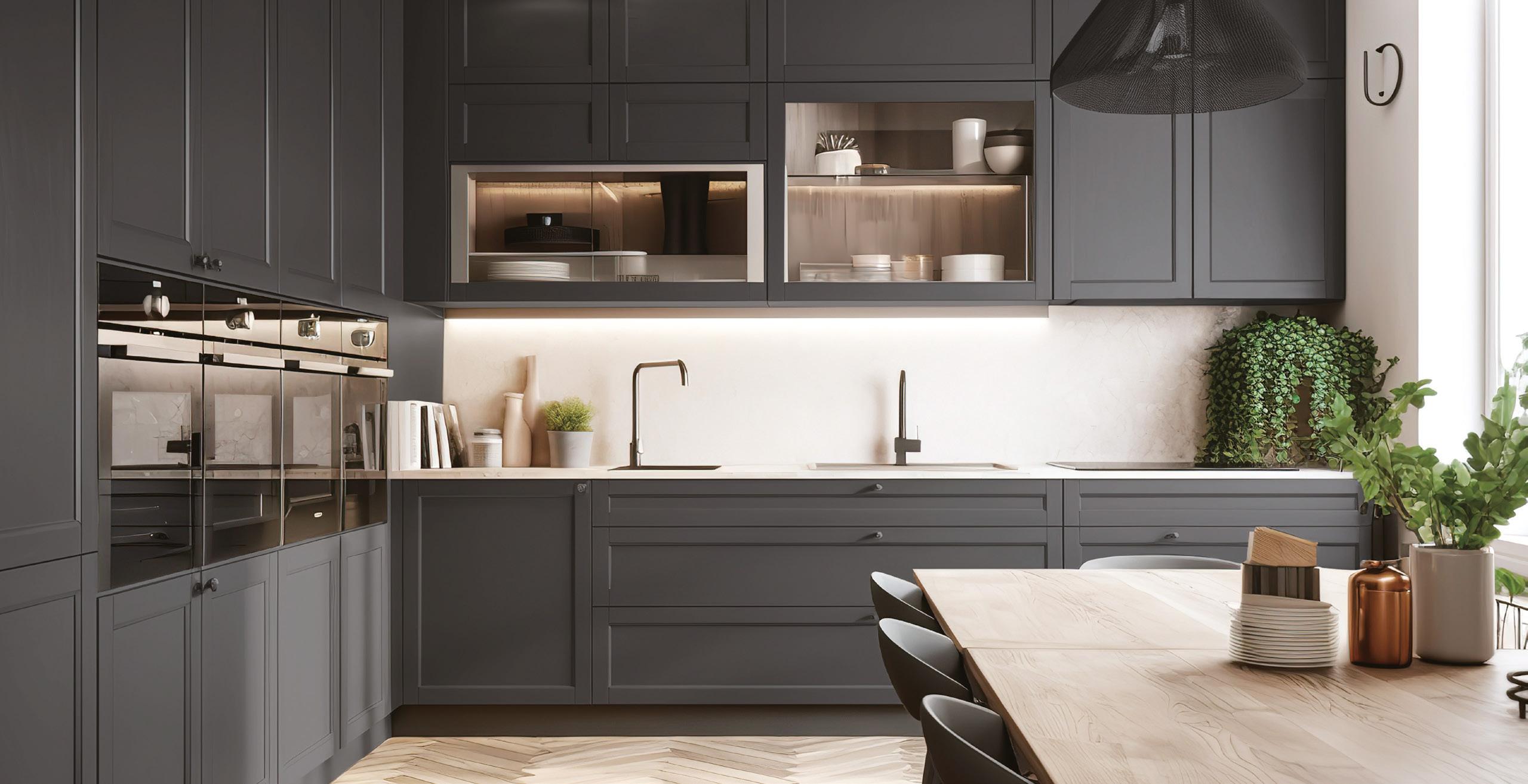

There’s no need to replace costly internal infrastructure when you can easily transform it

B E T T E R F OR E VE RYO N E.
MiA™ is a new range of interior architectural lms from Metamark. MiA transforms interior infrastructure so you don’t have to replace it. That costs you and the planet less, and prolongs the life of building fabric and xtures. MiA isn’t just better.

The MiA range includes contemporar y wood soft matt BEAUTIFUL. M E TA M AR K INTERIO R A R C H ITE C TU R A L FIL M S .
It’s better for everyone.
Available through these leading distributors:
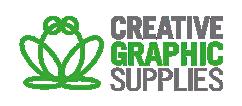
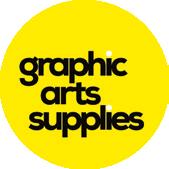

cleaned, hardwearing, and they last for years DURABLE.
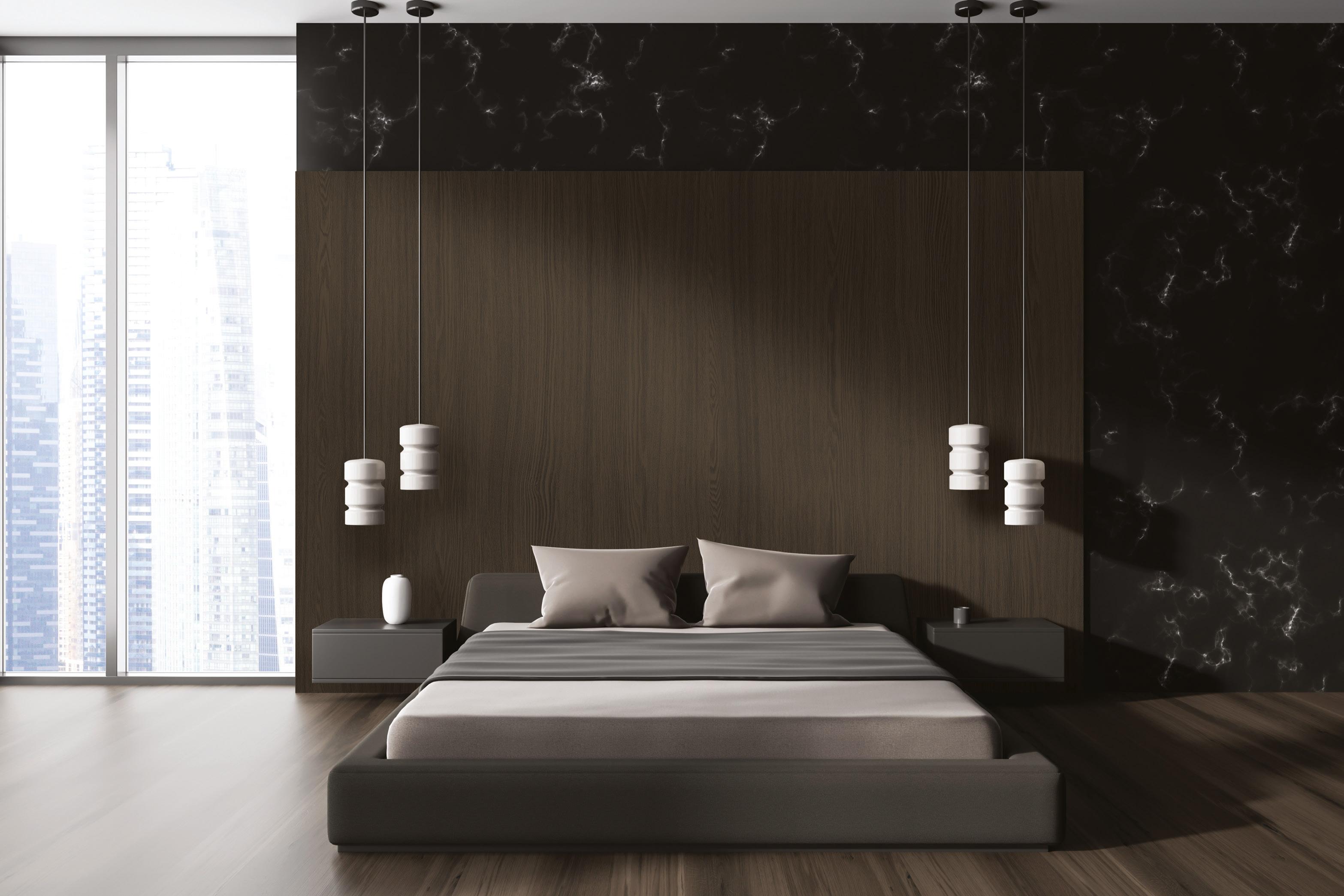
Once you’ve decided to use MiA, you won’t want to wait. You don’t have to. The range is in stock now.
Innovation in print: Advancements in substrates, coatings, and inks
Konica Minolta Australia is committed to leading the charge – equipping partners with the right tools to grow their print businesses and value-add creativity that print buyers require
At the forefront of print evolution, Konica Minolta has championed the next wave of print technology through advancements in capability and features with coatings and inks that enable a greater ability to print on a growing range of media and substrates.
Its flagship founding AccurioJet KM-1e platform and its successor, the new AccurioJet 30000 represent a new generation of UV inkjet technology, redefining production standards with vibrant, durable output, and media versatility.
In partnership with MGI, Konica Minolta has advanced digital embellishment with UV inkjet-based spot varnish and foiling solutions – eliminating the need for dies or consumables and enabling on-demand, sustainable luxury finishes.
Officially launched in Australia at PacPrint 2025, the AccurioJet 30000 incorporates new lightfast inks designed for extended durability in high-exposure environments. Furthermore, its launch of food-safe inks and varnishes for both the MGI EVO models and AccurioShine 3600 platforms align with growing packaging demands. Together, these technologies aim to transform not only design capabilities but also operational flexibility for commercial and packaging printers.
The rise of specialty papers and finishes
According to Konica Minolta Australia, today’s print buyers are looking beyond ink on paper – they’re demanding sensory experiences and sustainable substance.
“We’ve observed a consistent rise in demand for recyclable and uncoated substrates that reflect a natural, tactile finish,” explained Konica Minolta Australia industrial print product manager James Rolland.
“Simultaneously, demand for embellishments such as spot varnishes and digital foil is growing year-overyear, particularly in premium and luxury sectors. As CMYK print volumes normalise or decline, printers are finding new margins in high-value applications –luxury packaging, limited-edition runs, and personalised marketing collateral. Specialty papers paired with embellishment
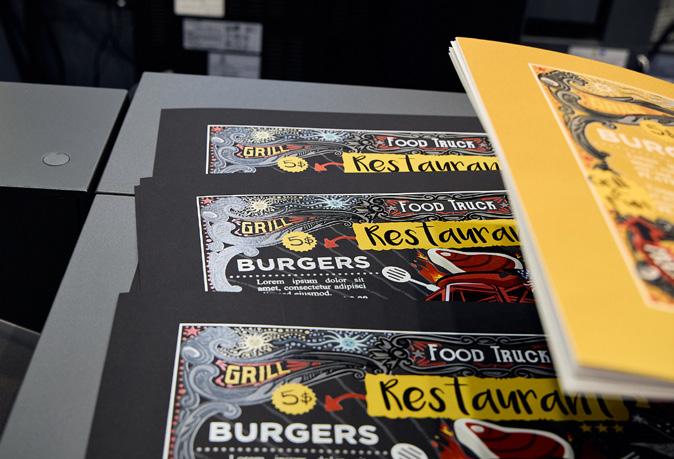
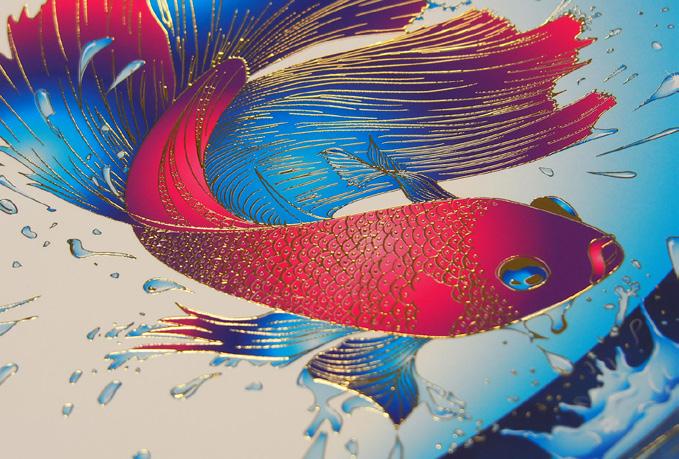
elevate the perception of print. These premium effects help our customers create ‘sticky’ clients who return for differentiation and creative excellence.”
Helping print providers stand out
To empower print providers with creative excellence, Konica Minolta Australia emphasises the need to go beyond quality alone – they need distinction. According to Rolland, the AccurioShine 3600 and MGI platforms unlock this advantage through 3D spot varnishing, digital foil, and variable data embellishment, enabling unique, customised finishes at scale.
“These innovations are instrumental in creating premium, personalised applications for sectors like cosmetics, wine and spirits, and boutique publishing,” Rolland said.
Konica Minolta Australia production print product marketing manager Grant Thomas said, “Our high lustre white toner on the new AccurioPress C14010S/C12010S and AccurioLabel 400 models has expanded our customers’ print capability on specialty media, enabling stunning print options on speciality media such as black, Kraft and rainbow coated substrates. These capabilities let providers diversify their offerings, expand into new verticals, and command higher margins.”
Sustainability in focus
Reducing environmental impact through materials is also key for Konica Minolta. Its digital print solutions are designed to significantly lower environmental impact through intelligent production models and eco-conscious materials. Digital print-ondemand workflows reduce unnecessary overproduction and inventory waste, while the certified deinkable toners and inks ensure clean recyclability of printed materials.
With high lightfast properties built into its toner and ink formulations, the company has reduced the reliance on plastic-based laminates and coatings, supporting more sustainable finishing. Its Simitri toner, derived in part from vegetable-based materials, is another testament to its eco-led innovation.
“Environmental responsibility is no longer optional; it’s essential. From the KM-1e and AccurioJet 30000 Green Brochure to our leading AccurioPress print systems, our commitment to sustainability is a key focus for print production, now and into the future,” Thomas said.
Looking ahead
According to Rolland, the future of print materials lies at the intersection of functionality, creativity, and responsibility.
“We anticipate innovation will continue around eco-conscious substrates, sustainable embellishment, and versatile ink systems that perform across an expanding spectrum of materials,” he said.
“Food-safe inks, recyclable foils, and tactile coatings that biodegrade are next in line for development. Simultaneously, AI-driven personalisation and digital workflows will push the boundaries of what’s possible – from real-time localised packaging to one-to-one luxury direct mail. As supply chains evolve and consumers demand transparency and sustainability, digital print technologies will become even more critical – bridging creative design with environmental accountability. Konica Minolta is committed globally to equip our partners with the print equipment and tools to continue to grow sustainability in print and further develop creativity and our partner’s competitive edge in the print market.”
A print sample created on the AccurioShine 3600
A print sample created on the AccurioJet 30000, shown at PacPrint 2025
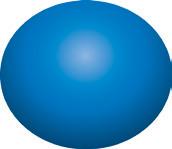
ADVANCED AUTOMATION FOR HIGH VOLUME PERFORMANCE.
UNLOCK CRE ATIVE OPPORTUNITIE S WITH WHITE ON OUR S MODEL S.

Scan the QR code for more information
To face the challenges of today and tomorrow, you need a trusted partner by your side. Our latest AccurioPress range reaches new peaks of performance, efficiency and reliability, giving you the freedom to conquer new markets and be more adventurous than ever before. With innovation that inspires you, expertise that elevates you and support that guides you, we're with you at every step.
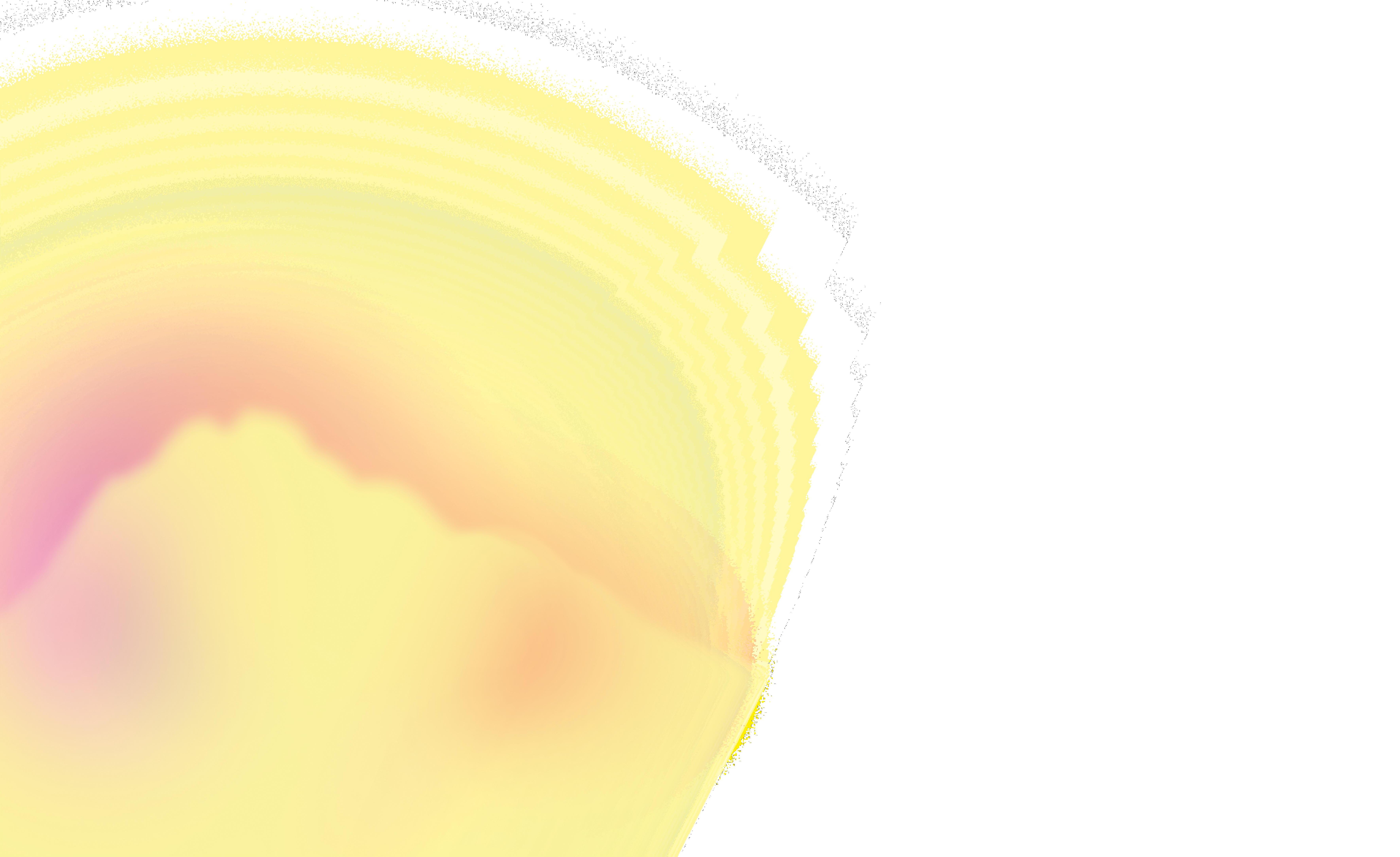
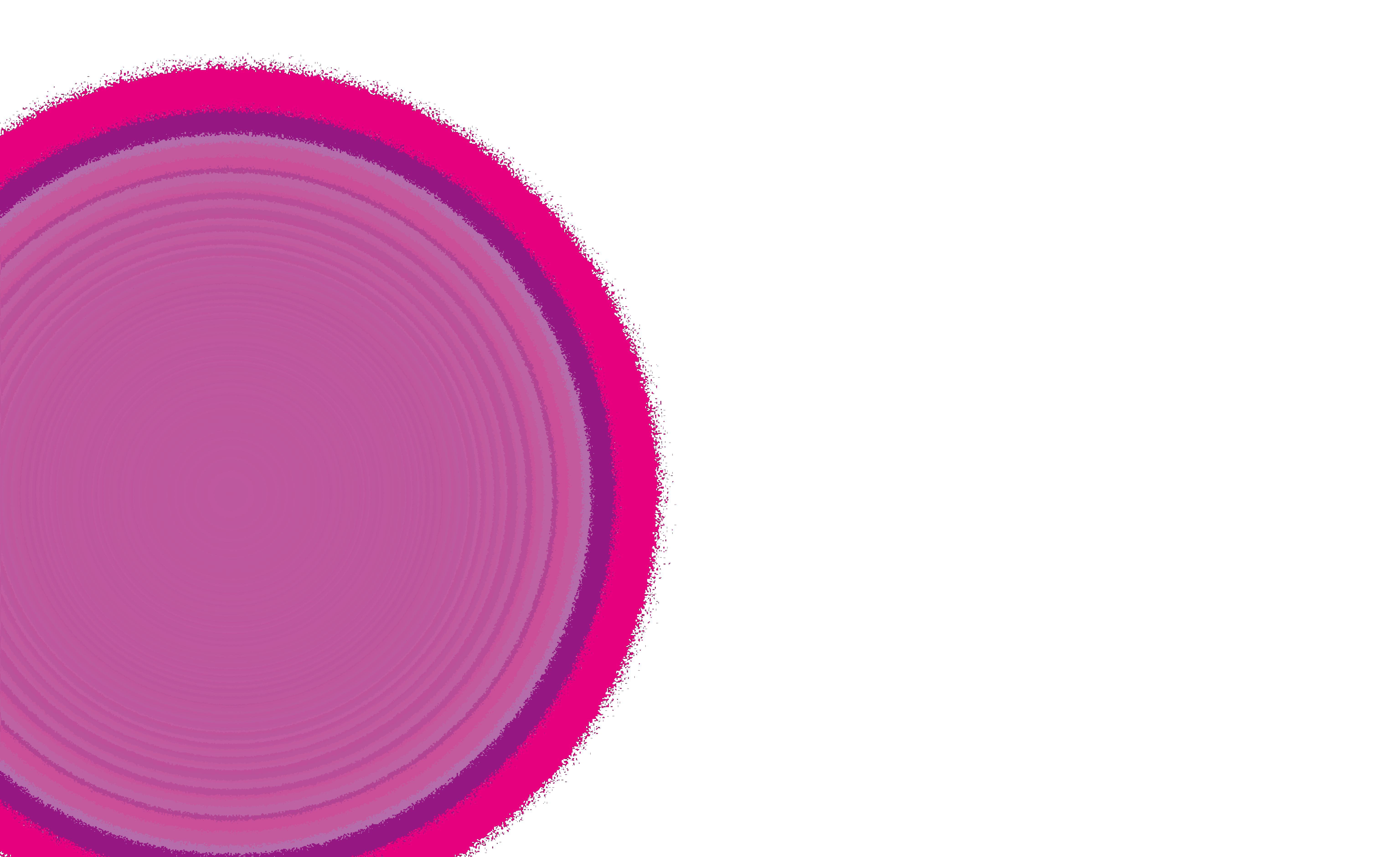
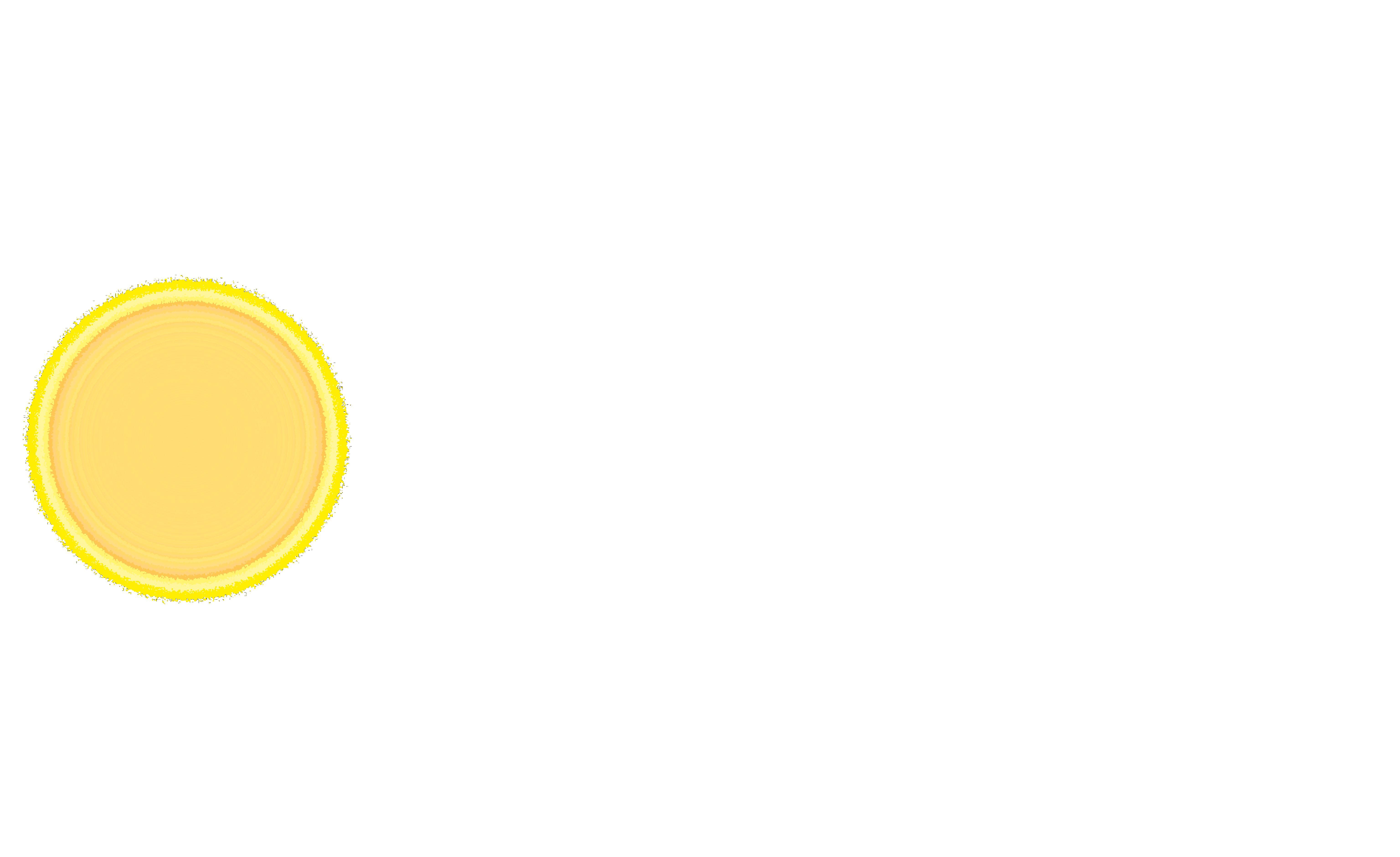
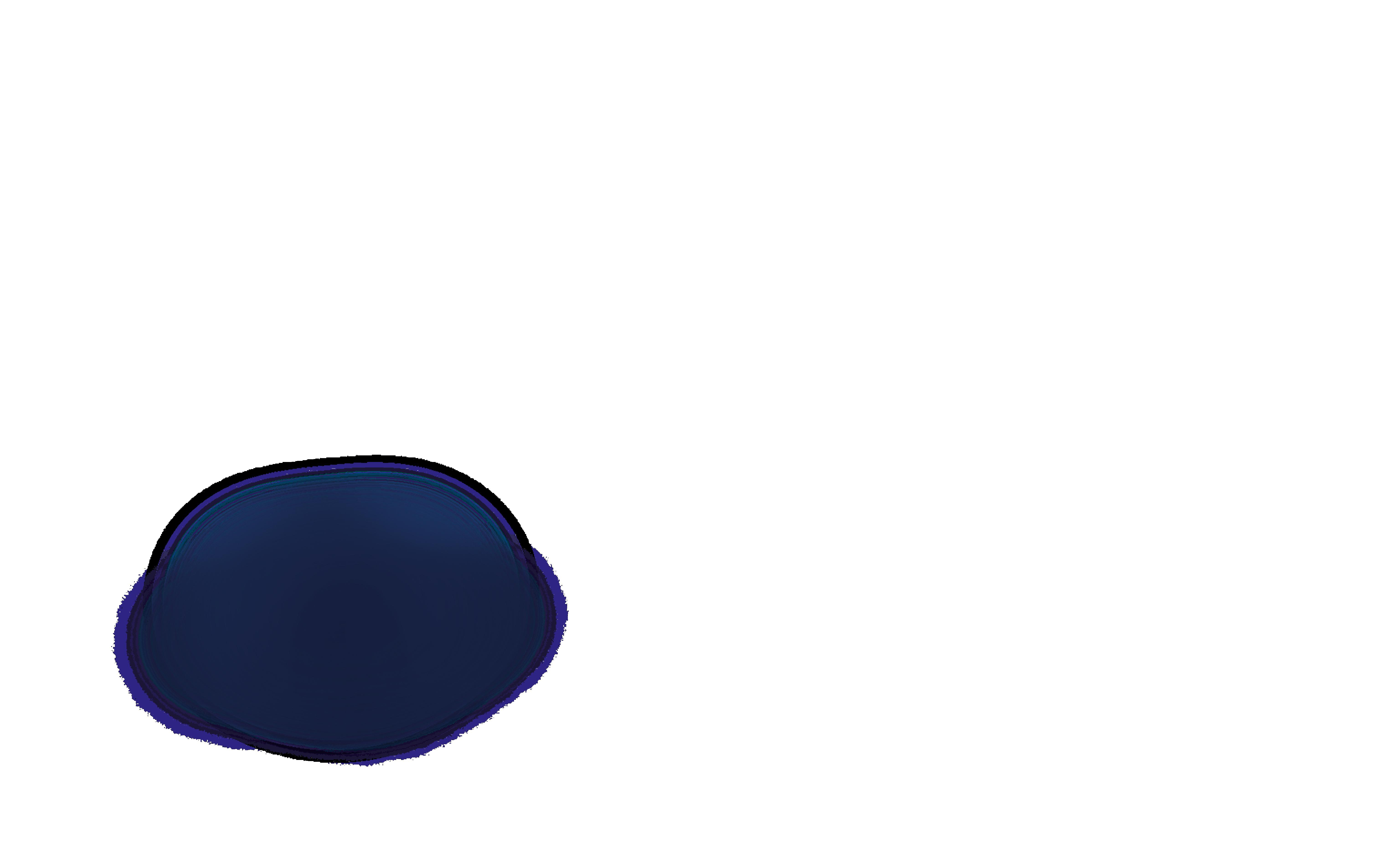
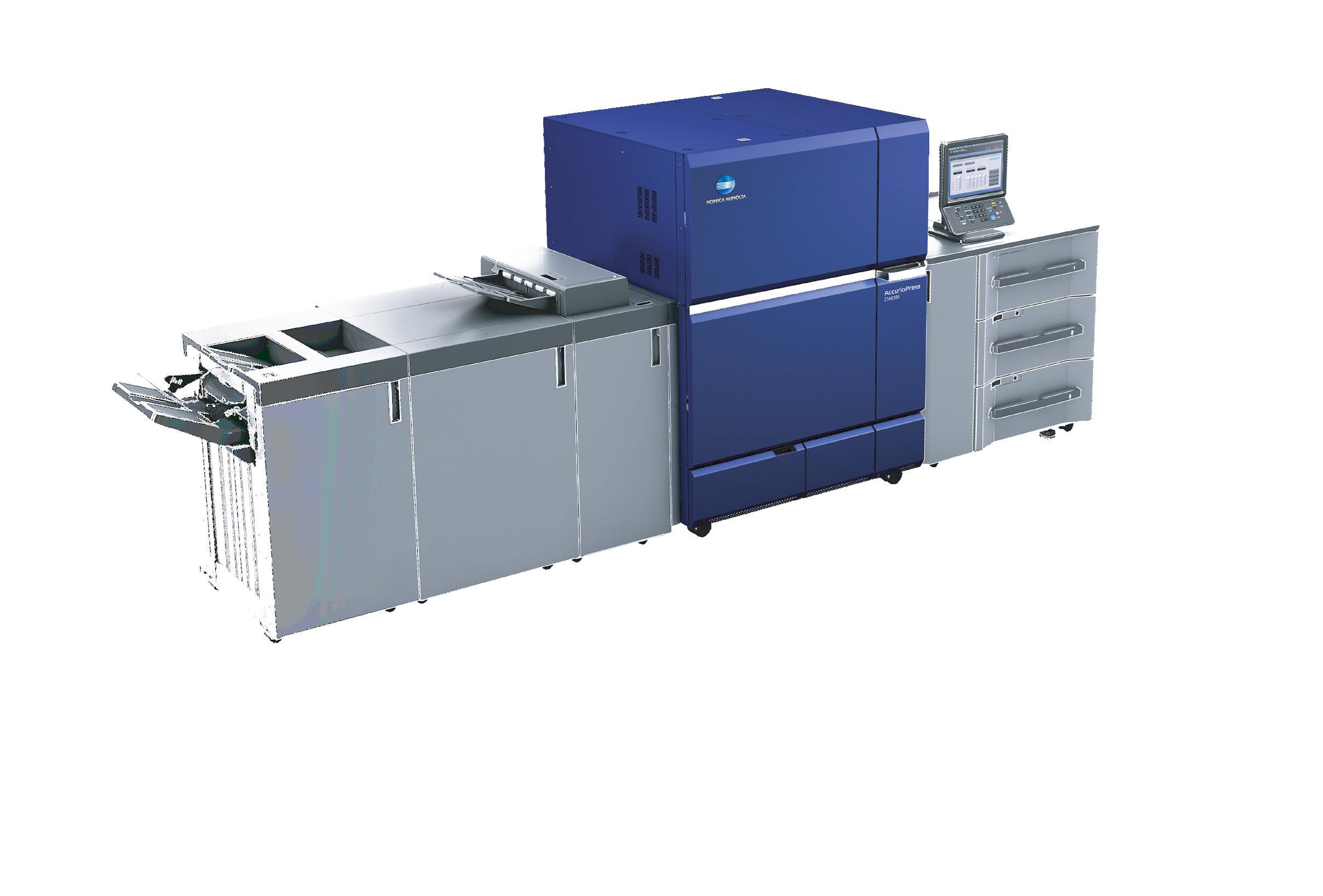
Meaningful messaging is the print marketing metric that matters most
The best marketing message is the one that resonates, drives results, and keeps print marketing customers coming back for more

We don’t need to talk to everybody; we need to talk to somebody – the right somebody.
Because in times of economic uncertainty, marketing and communication budgets are cut. Volume isn’t value. Reach isn’t results. And ‘spray and pray’ isn’t a strategy; it can be a waste of money and a results crapshoot when ROI is critical.
Whether you’re a printer, a marketer, a brand, or wear all three hats, the name of the game is relevance. Relevance starts with knowing your audience and crafting messages that mean something to them.
Print marketing can break through the noise
Today’s consumers are surrounded by marketing messages every second of every day, and most messages are ignored as fast as they come in.
They fly past a screen when you scroll, get skipped, deleted, blocked, and relegated to spam in inboxes and texts, tossed in the trash from the mailbox, driven by on the highway… you get my point.
There is no reason to give meaningless messaging any attention. It’s not personal, timely, or relevant for the person receiving it.
According to McKinsey’s 2024 personalisation report, 71 per cent of consumers expect personalised communication, and 76 per cent get frustrated when they don’t get it. That frustration leads to disengagement and lost opportunity.
People don’t want more content. They want content that speaks to them.
Email campaigns should make customers feel understood.
Direct mail should make them say, “This is for me”.
Relevant communication isn’t tied to a channel. It’s tied to a commitment to listen, learn, and respond with meaning. It’s about using every tool we have to communicate better.
It’s also about helping your customers maximise their return through data-driven print marketing and personalisation. Printing less and generating more results with targeted messaging at the right time is a winning strategy.
Here is an example.
A home improvement retail business can get a mailing list and send an offer for timber to every contractor within a
reasonable driving distance and hope someone needs it at that time, or they can track purchase activity of contractors and send a relevant offer for items they need next when building a home.
With some basic knowledge of how long the construction process takes and the steps required, a contractor who bought a large amount of cement to lay a foundation will next need wood to frame the house.
Through customer communication and collaboration, printers and marketers can help the business get a relevant offer for wood, screws, nails, drills, saws, hammers, etc. into the hands of the contractor who needs these things for the next stage of the build.
Then comes the plumbing and electrical work, cabinets, and finishes. The print marketing and messaging plan writes itself with sales practically a given in this situation.
Step out of your comfort zone
If you have customers with tight budgets and/or cutting back on print marketing spending until there is more stability with the global economy and supply chains, set up meetings and talk to them about a targeted messaging strategy.
Be prepared to talk about data collection and security, share case studies that show results from print marketing are improved with personalisation, and create a plan for reaching people before their decisionmaking process.
Many businesses have this information, or they can figure it out, but they don’t know how to use it to create meaningful print marketing messaging and timely, relevant offers. Help them.
The best marketing message isn’t the one that reaches the most people. It’s the one that resonates, drives results, and keeps print marketing customers coming back for more.
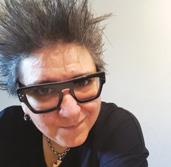
Deborah Corn is the Intergalactic Ambassador to The Printerverse at Print Media Centr.

People don’t want more content; they want content that speaks to them.

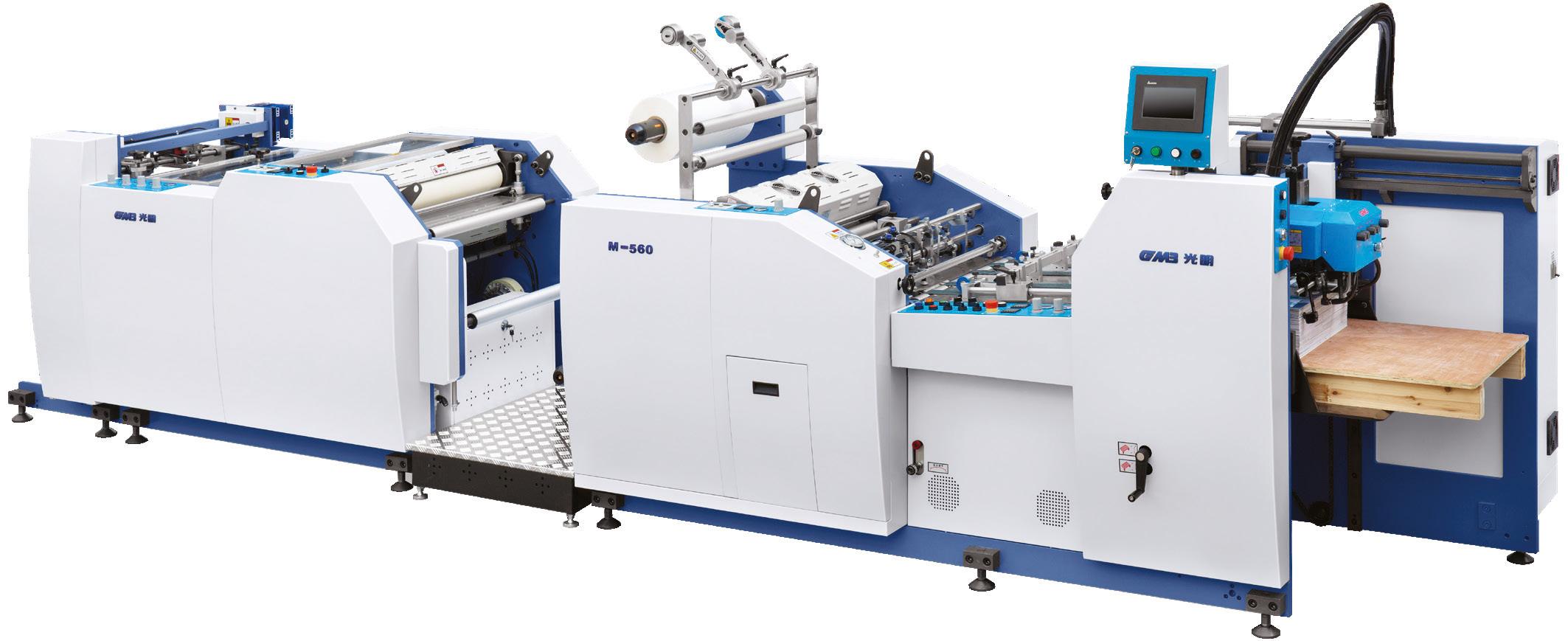
The M-560Y Embossing Laminator sets a new standard in in-house finishing with its cutting-edge technology and precision. Featuring advanced electromagnetic heating that maintains an exact temperature within 1°C, a durable chrome roller, and delivering 6.2 tonnes of hydraulic pressure, it makes finishing effortless. With an impressive selection of embossing options, this laminator is sure to make its mark on the Australian market.
Uncovering the hidden benefits of eco-friendly print materials
Printcraft explores the impact of eco-friendly print materials, saying it is not merely the right choice – it is a vital step towards a sustainable future
In today’s world, where environmental issues are at the forefront, the materials we choose for printing can significantly impact our planet.
Eco-friendly print materials are not simply a passing trend; they offer critical benefits that help create a healthier environment. By understanding these materials, both businesses and consumers can make smarter, more responsible choices that support sustainability.
Eco-friendly print materials often come from sustainable sources, which include recycled paper, plant-based inks, and non-toxic adhesives.
These materials help reduce deforestation and cut down on pollution linked to traditional printing methods. When individuals and companies opt for these eco-friendly options, they actively support environmental sustainability and help to preserve our natural resources.
Take inks, for example. Traditional inks frequently contain volatile organic compounds (VOCs), which contribute to air pollution and can harm human health. In comparison, eco-friendly inks made from soy or vegetable oils are a much better alternative.
They are biodegradable and significantly less harmful to the environment. In fact, using soy-based inks can reduce CO₂ emissions by approximately 20 per cent compared to conventional inks.
At Printcraft, we use sustainable and eco-friendly production methods. We hold FSC certification, offering our clients the ability to demonstrate their commitment to responsible forestry, as well as ISO certification for Environmental Management, Quality Management Systems and Colour Measurement and Control Systems.
Cost-effectiveness of sustainability
It is true that eco-friendly materials might come with a higher initial price tag. However, they often lead to savings in the long run.
Companies that adopt sustainable practices frequently discover operational efficiencies
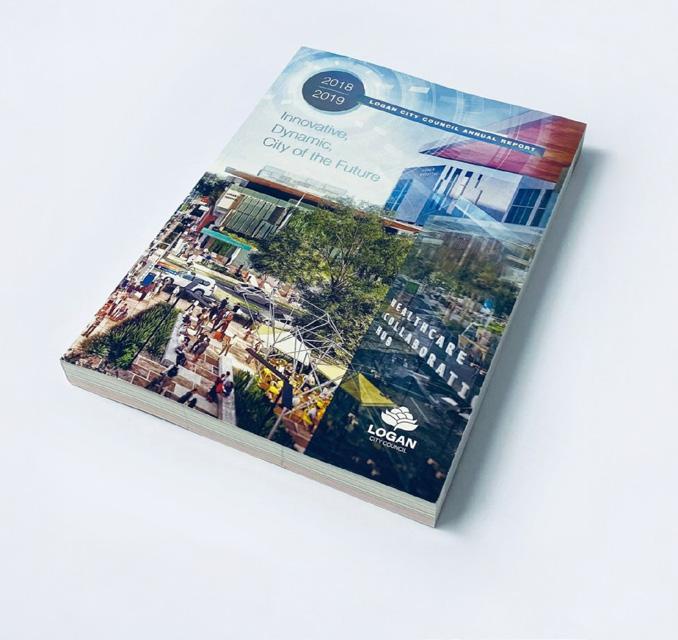
that minimise waste and improve how resources are managed. Additionally, as more consumers express a preference for sustainable products, businesses that implement eco-friendly materials often see a boost in their marketability.
Research indicates that around 66 per cent of consumers are willing to pay more for products from brands committed to sustainability. This willingness translates to real profits for businesses that prioritise eco-conscious practices.
Enhanced brand image and loyalty
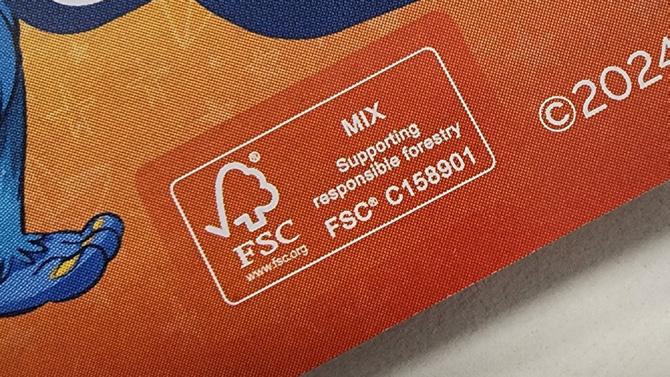
Using eco-friendly print materials can significantly improve a company’s brand image. Today’s consumers are increasingly looking for brands that show a genuine commitment to sustainability.
By adopting environmentally friendly practices, businesses not only enhance their reputation but also cultivate loyalty among customers who value ethical considerations.
The relationship between sustainable initiatives and positive consumer perception is well-established. Brands that effectively communicate their sustainability efforts can attract a wider audience.
For example, one study found that brands perceived as ‘green’ tend to enjoy up to 35 per cent more customer loyalty than their competitors.
The practical benefits
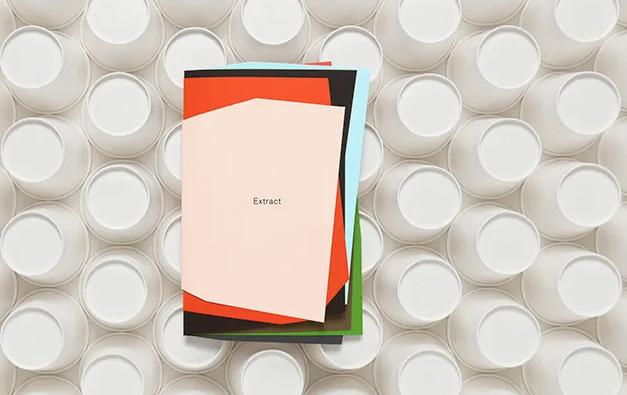
Beyond environmental and financial advantages, eco-friendly print materials often deliver outstanding quality. Today’s sustainable papers can produce beautiful finishes that rival traditional options. Many eco-friendly materials are also more durable, ensuring that printed items last longer without harming the planet.
Moreover, the range of eco-friendly options allows for creative flexibility. Whether it’s for business cards or packaging, these materials can be used in various applications. This versatility gives designers the freedom to express their creativity while sticking to their commitment to sustainability.
Making a sustainable choice
The impact of eco-friendly print materials goes beyond just protecting our environment; it also includes economic benefits, fostering brand loyalty, and providing practical advantages. As we become more aware of ecological issues, embracing sustainable printing practices is crucial for both businesses and individuals.
Choosing eco-friendly print materials is not merely the right choice – it is a vital step towards a sustainable future. By understanding and advocating for such materials, we can contribute to a healthier planet, one print at a time. Each decision we make affects our environment and future generations, highlighting the significant role that eco-friendly print materials play in today’s world.
This is an excerpt from Printcraft’s blog.
An annual report printed on Extract recycled paper
FSC logos can be used on print products which use an FSC certified paper
Ext ract paper – made from recycling of coffee cups
The physical permanence of print
Posterboy Printing recently designed a strategic print marketing range for a plumbing business, which founder Daniel Edwards says has lessons to be learnt from
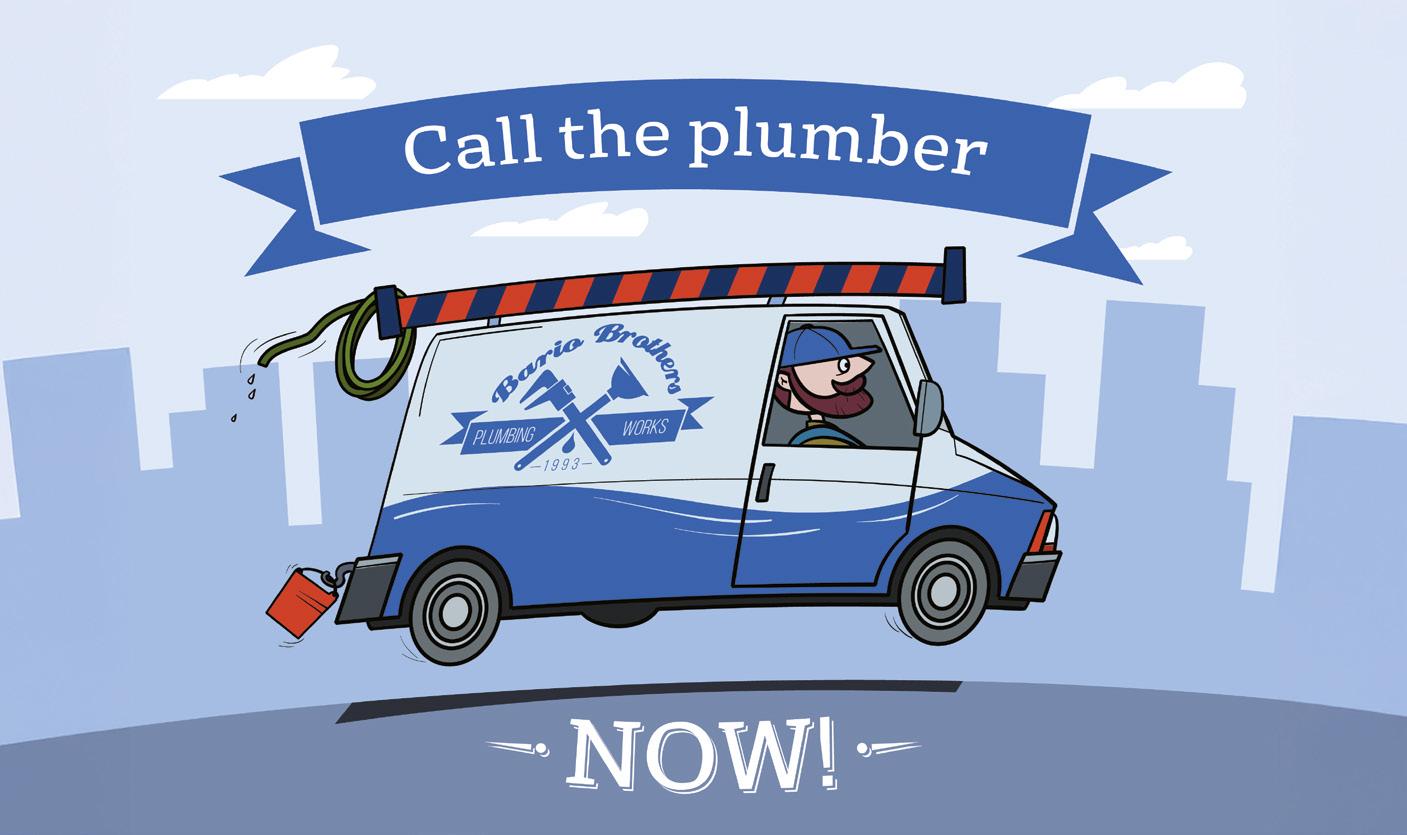
Irecently designed a full suite of print materials for a local plumbing business. My goal was to create a toolbox of print marketing tools that the plumbers could distribute during their workday.
We used designs and offers that are evergreen and targeted at driving short-term customer activity or building long-term brand recall. The idea was they could leverage every site visit into a marketing effort – with little effort. Promoting their business becomes an easy part of their everyday tasks.
Vehicle graphics: Plumbers’ vans are mobile billboards, wrapped in durable vinyl to maximise visibility. Parked at job sites or driven through neighbourhoods, they generate thousands of daily impressions.
This medium leverages the plumbers’ constant mobility, ensuring the brand reaches homeowners who may need services later and making it a cost-effective choice for broad exposure. I encouraged a simple design with cut vinyl over printed vinyl for its longevity in the Australian sun.
Short-term activation: The goal of this piece was to generate enquiries and drive short-term activity. A DL-sized flyer on cardstock was distributed by the plumbers to 10 houses on either side and 20 across the street from their job site, capitalising on the mobility of the work, and trying to win more work in a small area.
It featured an evergreen offer with a clear call to action – “Fix Your Leaking Tap at a Fixed Price”. This was supported by a prominently displayed phone number
and QR code linking to the booking page. I chose this focused, fixed price offer for its cut-through, over a generic message such as “call for a free quote”.
It prompts action but won’t attract too many tyre kickers. The reverse side of the flyer adds value with a plumbing maintenance checklist. If they don’t have a leaky tap, perhaps they will keep a checklist around for reference.
Magnetic flyer: A second DL-sized flyer was intentionally designed as a ‘keeper’ for homeowners – something they would hold onto for future reference. It is a heavyweight flyer with a magnet on the back and is an ‘important phone numbers’ resource. The magnet lists prefilled local contacts (police, hospital, council) and personal numbers (school, mum, dad, doctor, dentist) that homeowners can fill in, alongside the prefilled plumber’s details in a bold ‘plumber’ field.
I selected this format for the opportunity that it may become a valuable resource of local and personal contact details that can be kept on a fridge for years.
Stickers: When plumbing issues arise, the place people go first is the misbehaving appliance, making the side of the troublesome machine the perfect place for contact details. Vinyl stickers, waterproof and UV-stable are applied to hot water systems, under sinks, and on the side of toilet tanks by the plumbers during jobs.
With clear contact details, they are designed to be discreet and respectful
to avoid early removal and be noticed when homeowners troubleshoot a broken appliance. This subtle medium capitalises on tradespeople often working on systems for longer than the tenant/worker has been there.
By putting a plumber’s contact details on the system during a call, it puts those details in the perfect place at the perfect time, and will stay there for years at zero cost, generating return customers.
Mesh banners: Plumbers often work behind temporary fencing on new builds or in busy areas requiring safety barriers. Mesh banners turn temporary fencing at job sites into professional advertising opportunities. They are very easy to put up with a few occy straps.
Tradespeople generally keep them rolled up in their trucks ready for when they need them. It gives them a very polished and accomplished look for passersby and showcases the kind of work that they do. The graphic design is simple and contact details and business name are clear.
Business cards: Business cards remain essential despite the digital age. A well designed, polished card signals reliability and professionalism. Thick 450gsm cards feature key contact details on one side and a QR code on the back, linking to the booking page. Their purpose is to complete the team’s professional image as well as provide customers with an effortless path to the online booking page.
This entire print range transforms every plumbing job into a marketing opportunity. By driving short-term activation through targeted offers and fostering long-term brand recall with personalised, durable mediums, the campaign ensures the plumbers’ name is strategically placed where customers need it most. The full suite is designed to seamlessly integrate into their normal working day and allow them to promote their business with minimal effort by using one of prints greatest strengths – its physical permanence.
Daniel Edwards is the founder of Posterboy Printing. He has worked in the printing industry since 2002 and has worked on thousands of print jobs with hundreds of Australia’s top marketers. He is also the author of The Power of Print.

Print materials can help transform every call out into a marketing opportunity
Careers Expo & WorldSkills 2025 a huge success in Brisbane
Local industry associations Visual Connections, ASGA, and TAFE Queensland unite to help inspire young people to explore career opportunities in the sign and graphics sector
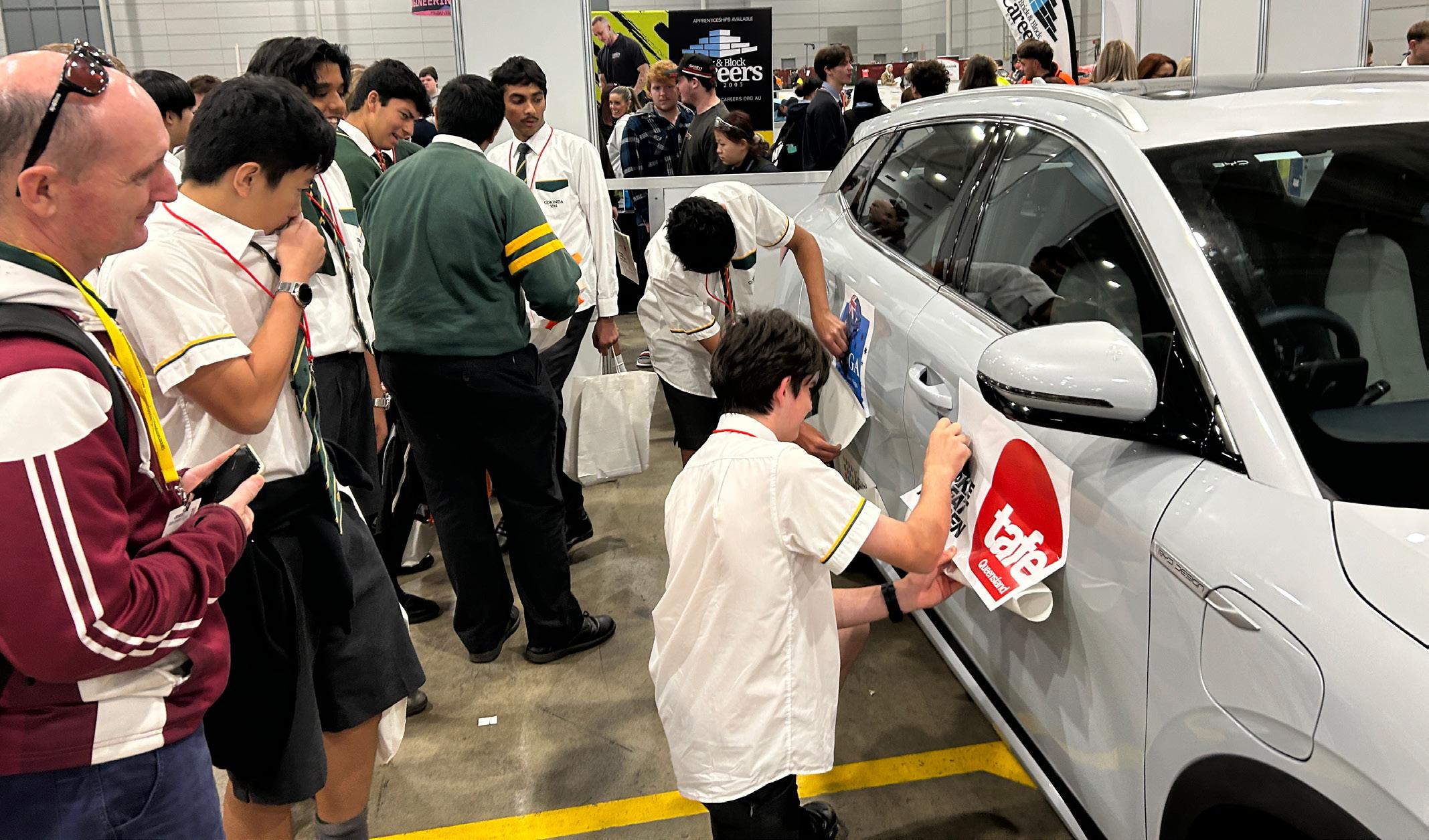
The WorldSkills Australia 2025 National Championships & Skills Show recently took place in Brisbane, once again featuring sign and graphics apprentices, sponsored by Visual Connections, as well as trya-trade activities run in partnership with the Australian Sign & Graphics Association (ASGA), and TAFE Queensland.
The event dovetailed with the co-located Brisbane Careers & Employment Expo, where the Sign & Print Career Connections team promoted industry careers to students.
Visual Connections continued its longstanding support for WorldSkills this year by funding the travel and accommodation costs for the sign and graphics students and their teachers to participate in the National Championships & Skills Show.
Visual Connections also casted the new talent net more widely at the Careers Expo, with a range of on-stand activities run by industry volunteers, designed to
engage visitors and create the opportunity for conversations around the potential career opportunities in the print, sign, and graphics sector.
WorldSkills is a competition which was established in 1981 to promote excellence in skills-based trades. The Australian competition sees the very best apprentices from around the country compete over three days within their industry group, to determine the ‘best of the best’.
Visual Connections executive general manager Karren Challoner-Miles said the skills competitions provided an important opportunity for Australia’s trainees and apprentices to test their skills and knowledge in their chosen field against their peers.
“We’re excited to once again be partnering with WorldSkills Australia on the delivery of the 2025 competition, which aligns very closely with our values and an association and our commitment to supporting young people to take up careers in industry trades,” Challoner-Miles said.
“It’s always exciting to meet the finalists in the sign and graphics category from around the country, and to see them demonstrate their skills as part of the Skills Show at the National Championships.”
Visual Connections also collaborated with ASGA and TAFE Queensland on the ‘Try-A-Skill’ activities for the Skills Show, designed to build engagement with young people and promote careers in the print, sign and graphics sector.
Visitors tried their hand at car wrapping one of the latest model electric vehicles from BYD Automotive, under the guidance of the TAFE team, and gain some valuable insights into the exciting range of careers in the sign and graphics sector.
“Every two years, the WorldSkills National Championships & Skills Show attracts school groups and senior students to explore trade careers,” Challoner-Miles said.
“The Skills Show is a great opportunity for students to not only see demonstrations
Vehicle wrapping was a hit at the WorldSkills Show
from some of the very best apprentices from around the country, but also to try their hand at typical industry tasks. This year, it’s great to see the co-location with the Careers Expo, which provides visitors with the chance to find out more
about industry careers and training opportunities at our Sign & Print Career Connections stand.
“It’s great to be involved in inspiring young people to explore career opportunities

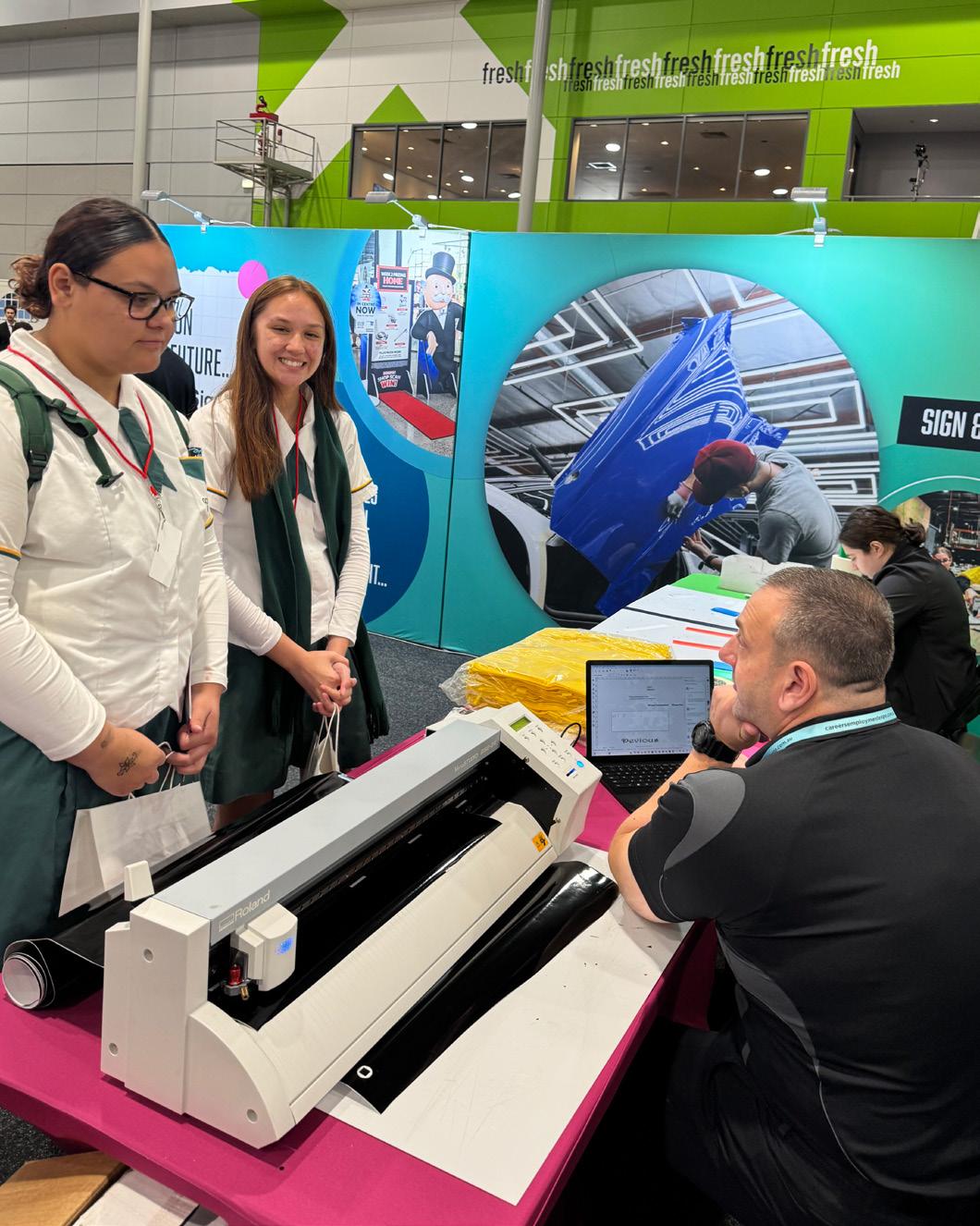
in the sign and graphics sector, and we are grateful to our partners at ASGA and TAFE Queensland, and to all those who volunteered on the Sign & Print Career Connections stand, for sharing their expertise in this way.”
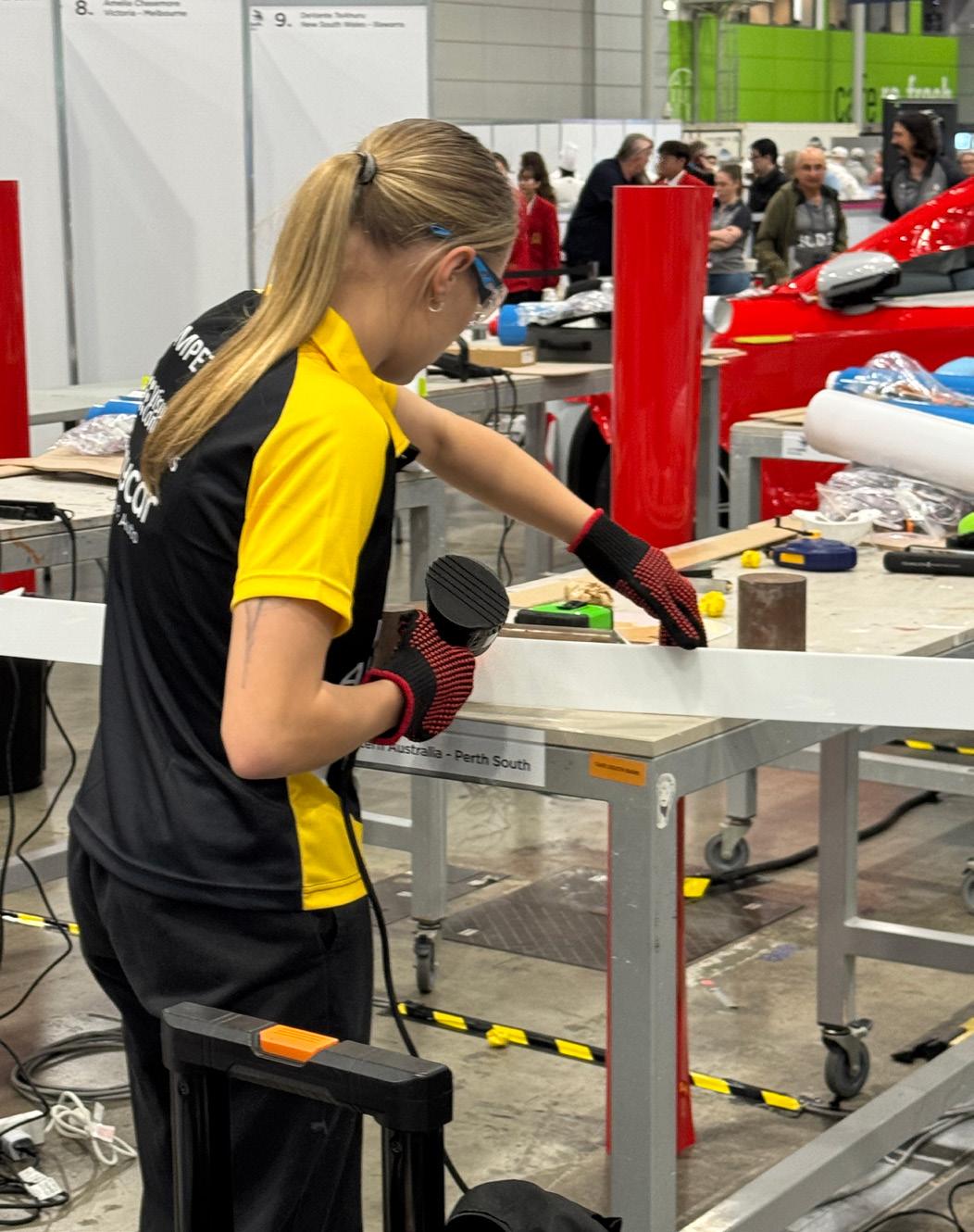
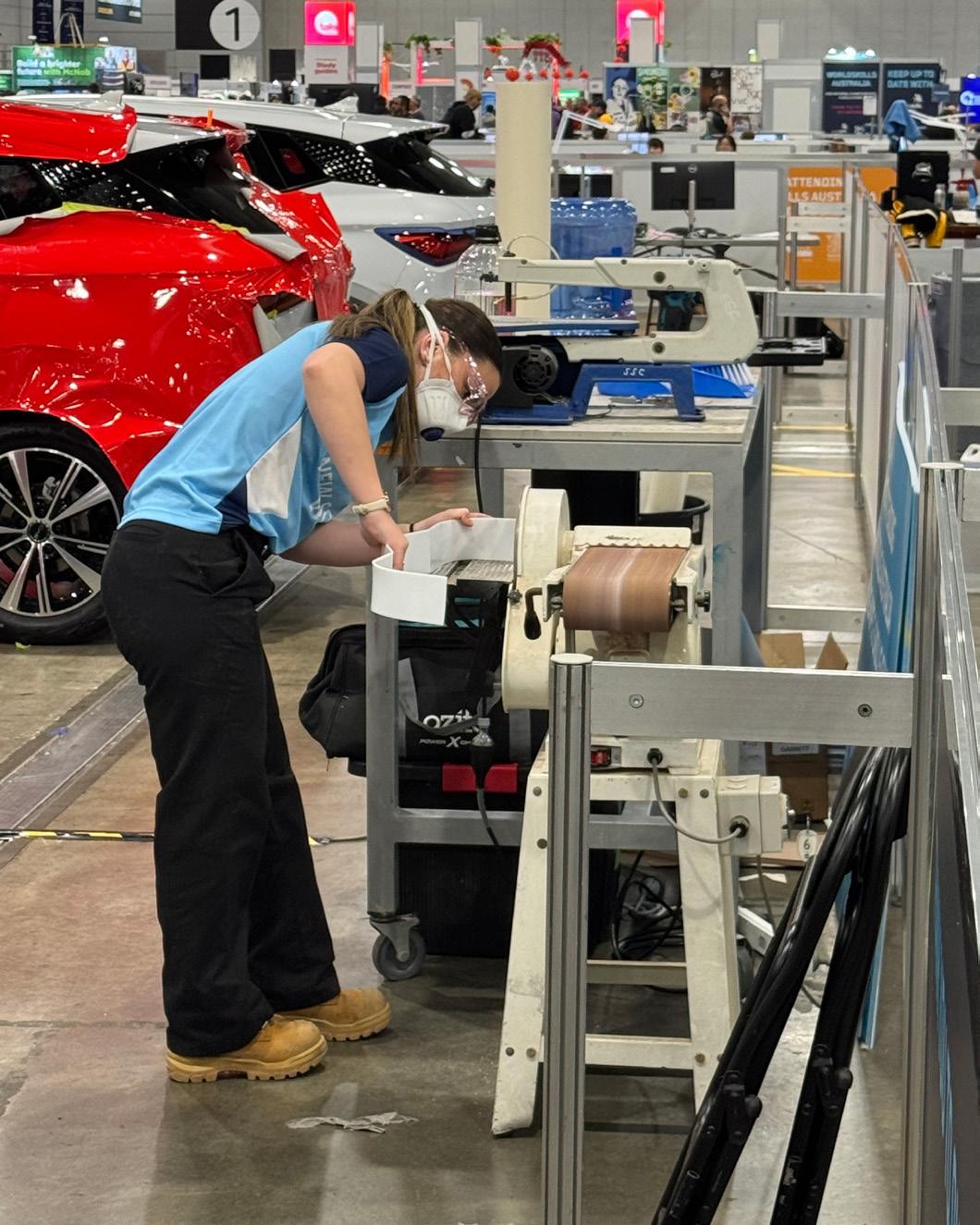
Plenty of interest at the Sign & Print Career Connections stand
WorldSkills promotes excellence in skills-based trades
Plenty of interest at the Sign & Print Career Connections stand
Demonstrations, try-a-trade activities, and conversations proved to be a winning combination for Sign & Print Career Connections
Imagination Graphics hosts fundraising BBQ in support of Supertee foundation
Imagination Graphics is a proud supporter of Supertee, an Australian-based foundation which aims to bring strength to sick children through the magic of imagination
Imagination Graphics recently hosted a Supertee BBQ at its NSW premises in Marrickville to raise awareness and funds for the empowerment of sick children facing serious or long-term illness in hospital.
Imagination Graphics has been a Supertee supporter since 2018, printing the colouring materials included in a Supertee kit.
Supertee creates medical garments for children that are disguised as fun hero costumes, while making them easy for access to examinations, scans, and bypassing tubes and breathing masks.
Speaking at the BBQ, Imagination Graphics director Emmanuel ‘Budgie’ Buhagiar said, “The kids in the hospitals get a gift box along with their Supertee. Their faces just light up when they receive these care packs, and it really does empower them. Imagination is so proud to be involved and thank you to everyone here today for your contribution and support”.
Supertee founder and CEO Jason Sotiris was also at the event, recounting the story behind the creation of the foundation.
His daughter, Angela, was diagnosed with cancer at the age of one and was given a 20 per cent chance of beating the disease. To empower young patients to embrace their inner heroes and face their battles with courage, Supertee was born.
“My daughter spent nearly three years in hospital, and I was sidelined throughout the whole ordeal. I needed to find something to do. The hospital gown of today has become a symbol of illness. My son gave me the inspiration to realise we need to change the way a hospital gown operates to becoming one that is practical, yet special,” he said.
“The Supertee care pack is an invitation for these children to use their strength of imagination to combat their ordeals. For every $50 that is raised, one of these care packs is sent to a child in the hospital for free. I believe there’s enough love and kindness, and the people here are proving that.”
Angela has since won her battle with cancer and is now a teenager.
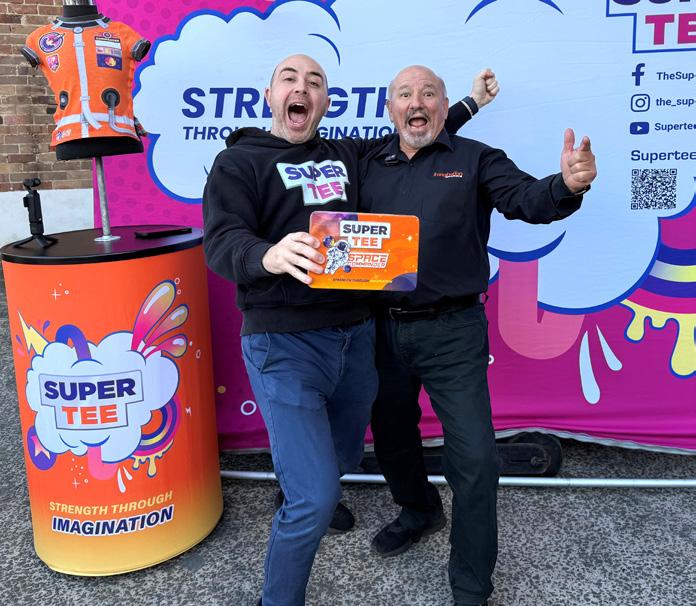
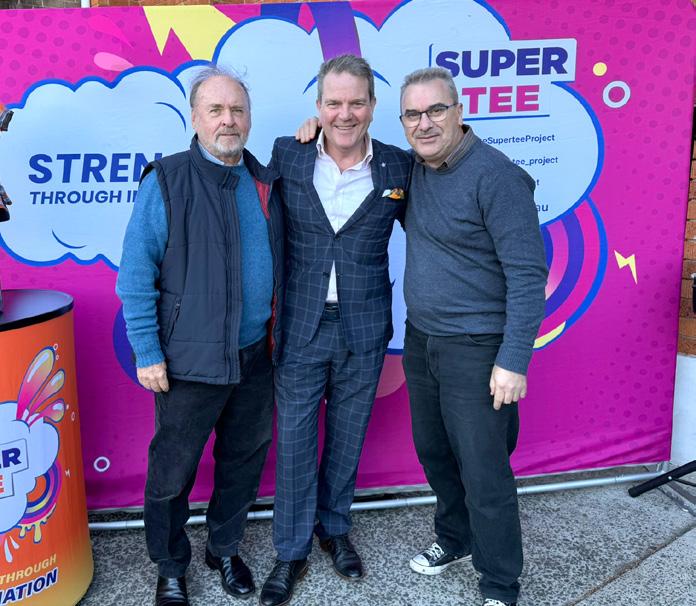
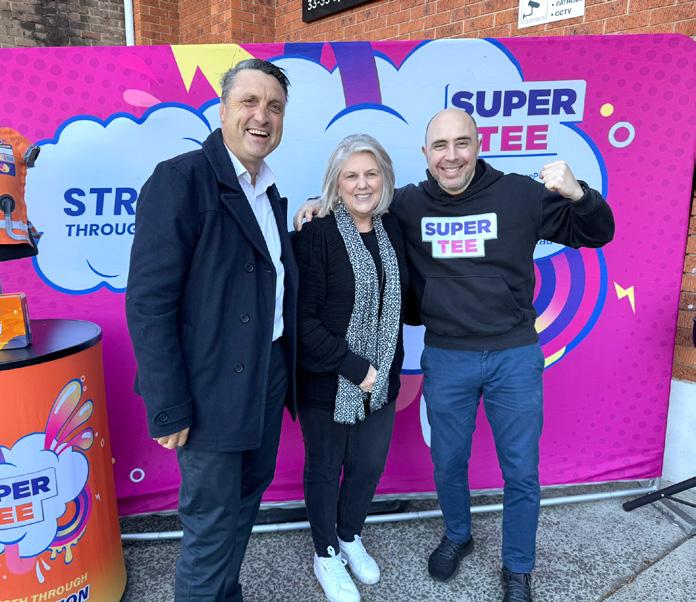
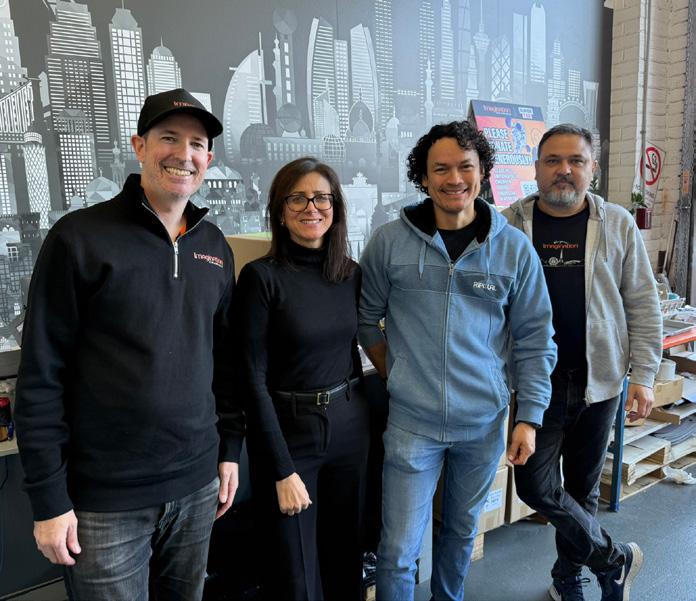
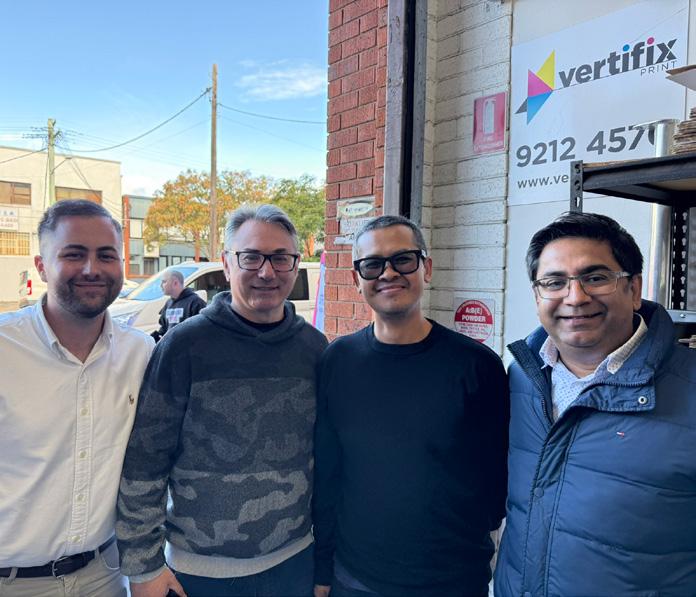
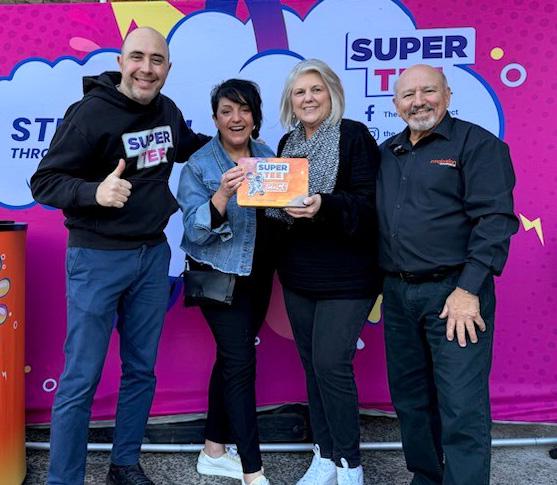
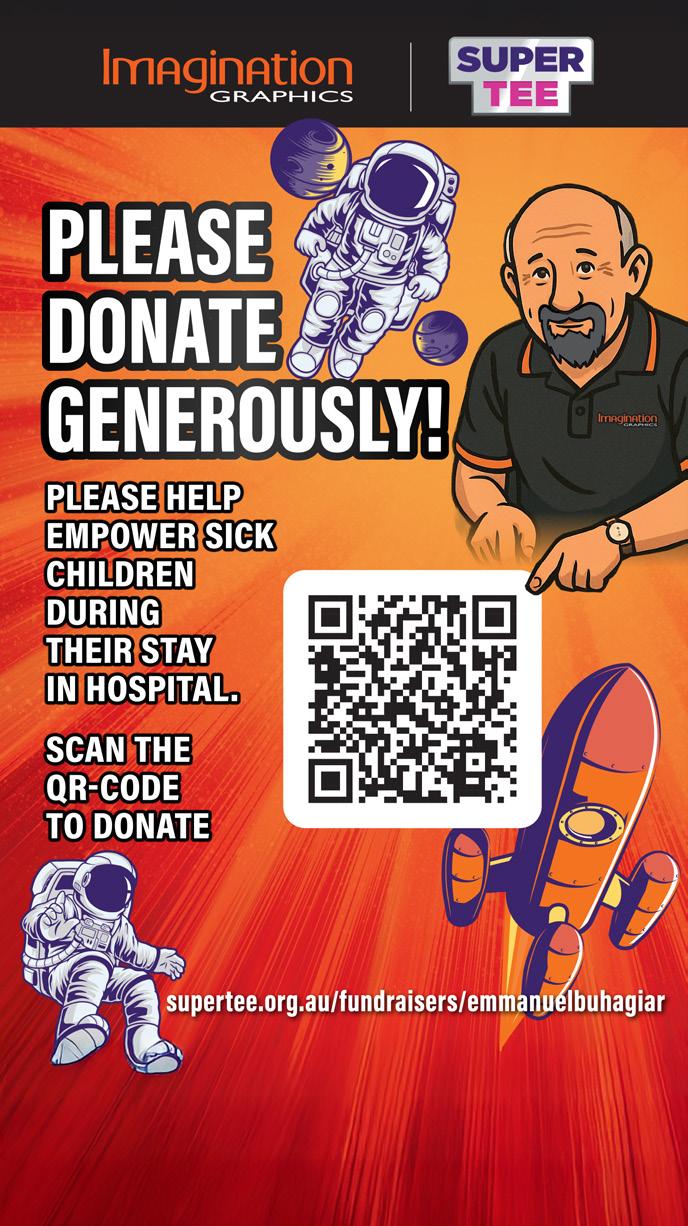
(l-r) Adam Todd (Konica Minolta), Colleen Buhagiar (Imagination Graphics), and Jason Sotiris (Supertee)
(l-r) Jason Sotiris (Supertee) and Emmanuel ʼBudgie’ Buhagiar (Imagination Graphics)
(l-r) Todd Singles, Sharon Tria, Chris Jardine, and Louis Remerez from Imagination Graphics
A donation poster created by Imagination Graphics’ Chris Jardine. Scan the QR code to donate and support the cause
(l-r) Peter Munro (LIA), Dean Cox (ECO3), and David Cascarino (FUJIFILM Business Innovation Australia)
(l-r) James Merhab (Ball & Doggett), Wayne Rosenberg (Vertifix Print), Yudi Gani (UDJ Print and Design), and Harry Singh (Smartech)
(l-r) Jason Sotiris (Supertee), Carmen Ciappara (Printer Media Group), with Colleen and Emmanuel Buhagiar (Imagination Graphics)
WA turns out in Perth for 2025 ASGA Sign & Print Golf Day
More than 70 industry identities represented sign, print, and graphics businesses from Perth and its surrounds at the 2025 ASGA WA Golf Day
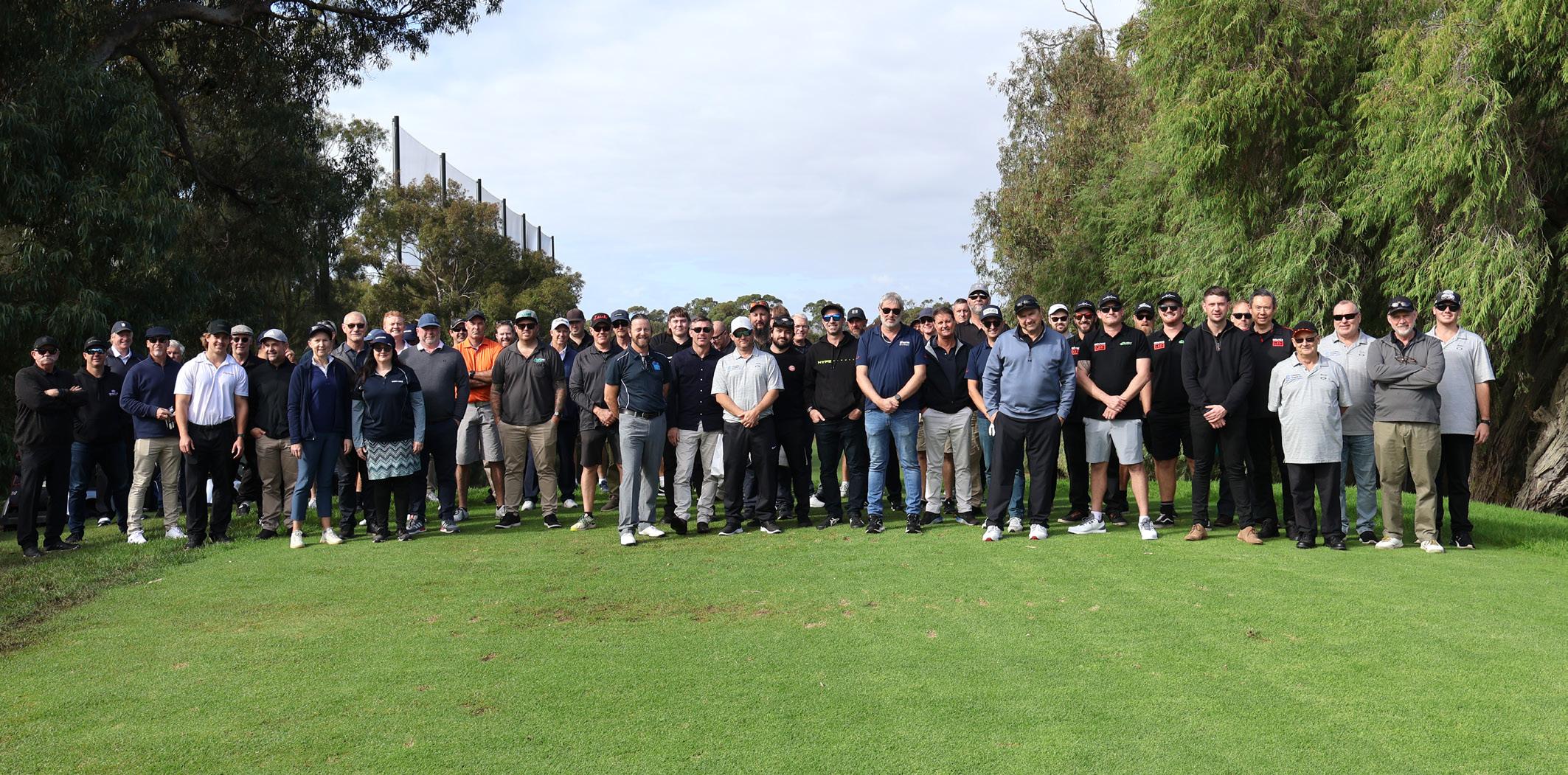
The WA Sign & Print Golf Day was recently held at one of Australia’s finest public golf courses, the Wembley Golf Course in Wembley Downs, with an afternoon start for 18 holes around the Tuart Course.
More than 70 industry professionals attended, representing the sign, print, and graphics businesses and suppliers from across Perth and its surrounds.
Competition was fierce, but friendly, with the game played in Ambrose style, where each team member takes turns to hit the ball, starting from where the last shot landed. This made it an enjoyable day for all, regardless of golfing prowess.
ASGA membership and events manager Damian Nielsen said enjoyment, connection, and camaraderie was the aim of this annual popular event, which also runs across the other Australian states.
“The golf days are a great opportunity to get out for the day, make new connections in the sector, and strengthen existing relationships,” he said.
“The WA event was no exception, with teams vying keenly to meet the multiple challenges around the course, with prizes
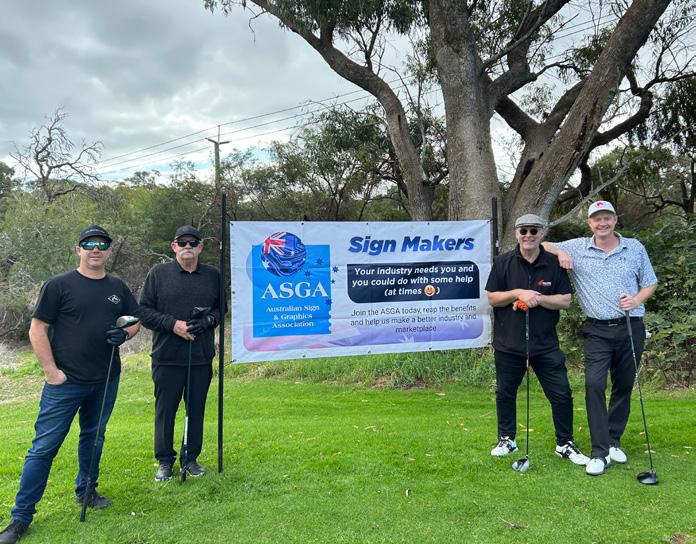
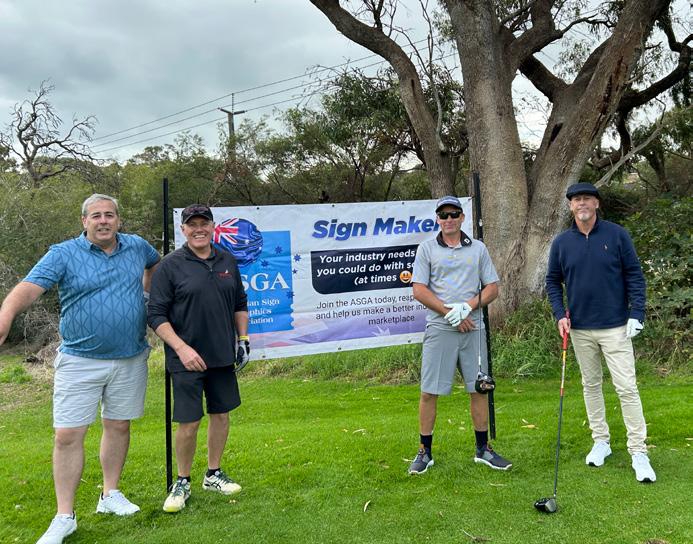
presented over drinks and dinner in the Club House after the game.”
The Perth event marked the kickoff of the 2025 Sign & Print Golf Series, the first of four scheduled Golf Days.
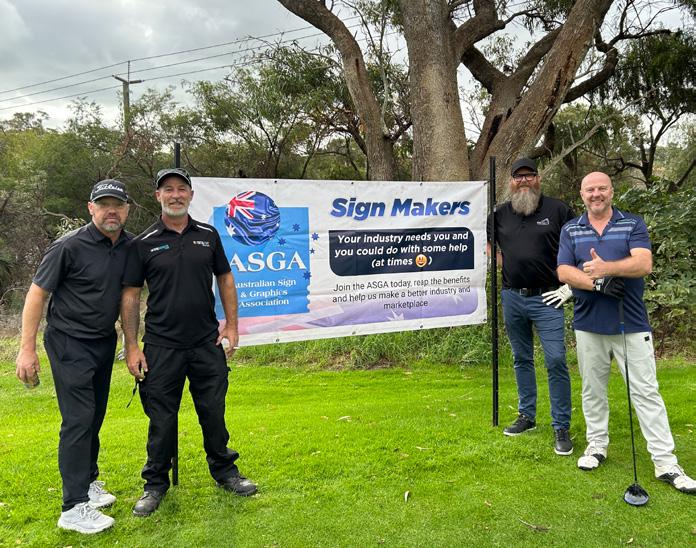
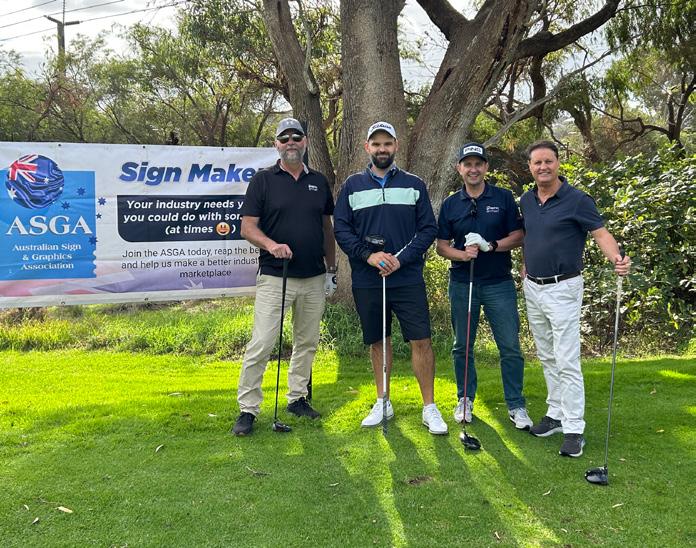
The 2025 Golf Series was sponsored by leading companies Graphic Art Mart, Mulford, Orafol, Signarama, SMIB, Spicers, Bentleigh Signs, and Bounce LED/LetterTech. Complete Projects WA also sponsored the Perth event.
More than 70 industry identities attended the WA ASGA Sign & Print Golf Day
The Mulford team
Team Signarama
One of the two Orafol teams
Graphic Art Mart was the day’s principal sponsor and also fielded a strong team


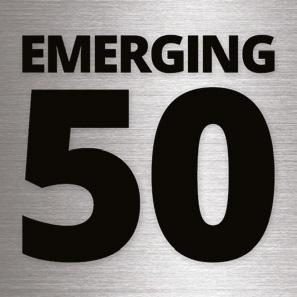
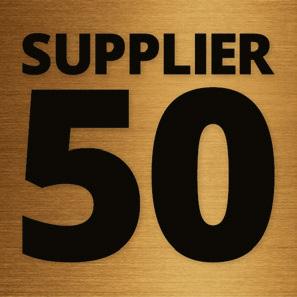
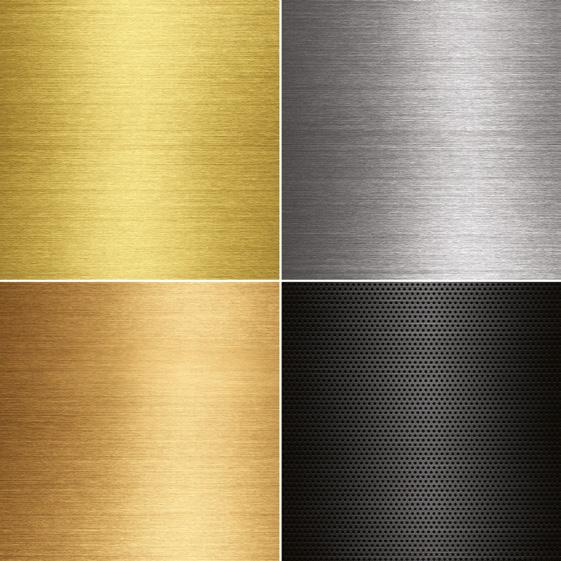


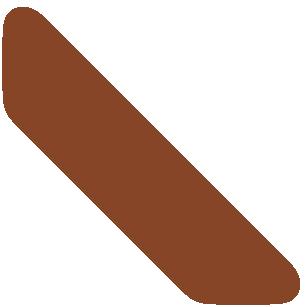
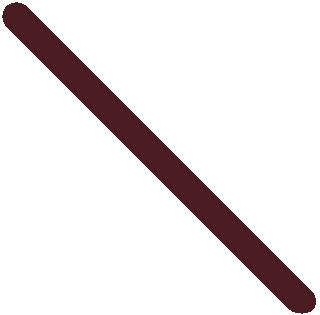
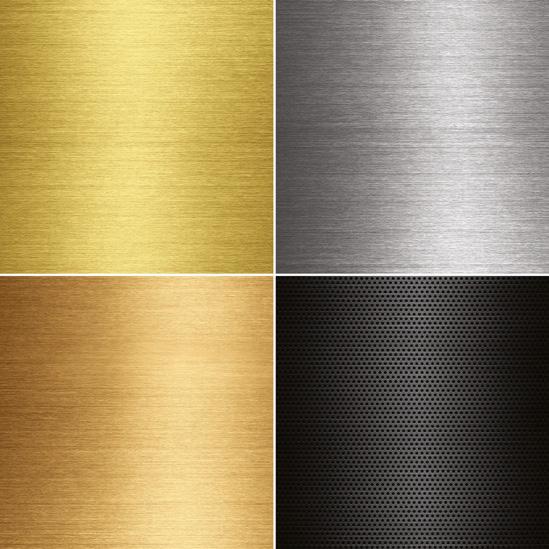
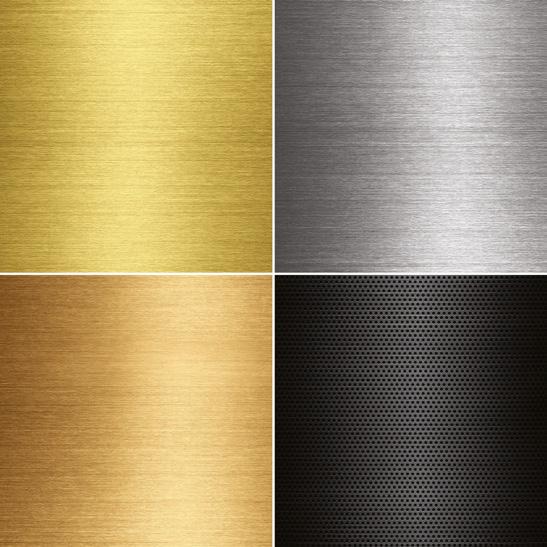
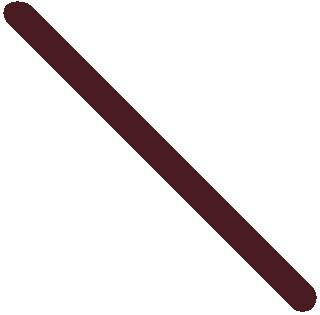
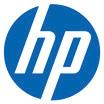
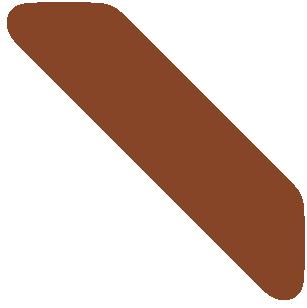

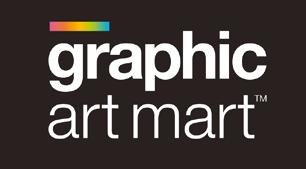
PRINT DIARY
Got an event? Send an email to hosman@intermedia.com.au with all the details and we will put your event on the page
* event dates correct at time of publishing
Labelexpo Europe 2025 16-19 September Barcelona, Spain labelexpo-europe.com
Pack Print International 17-20 September Bangkok, Thailand pack-print.de
Asian Print Awards Industry Conference 19 September Bangkok, Thailand printinnovationasia.com
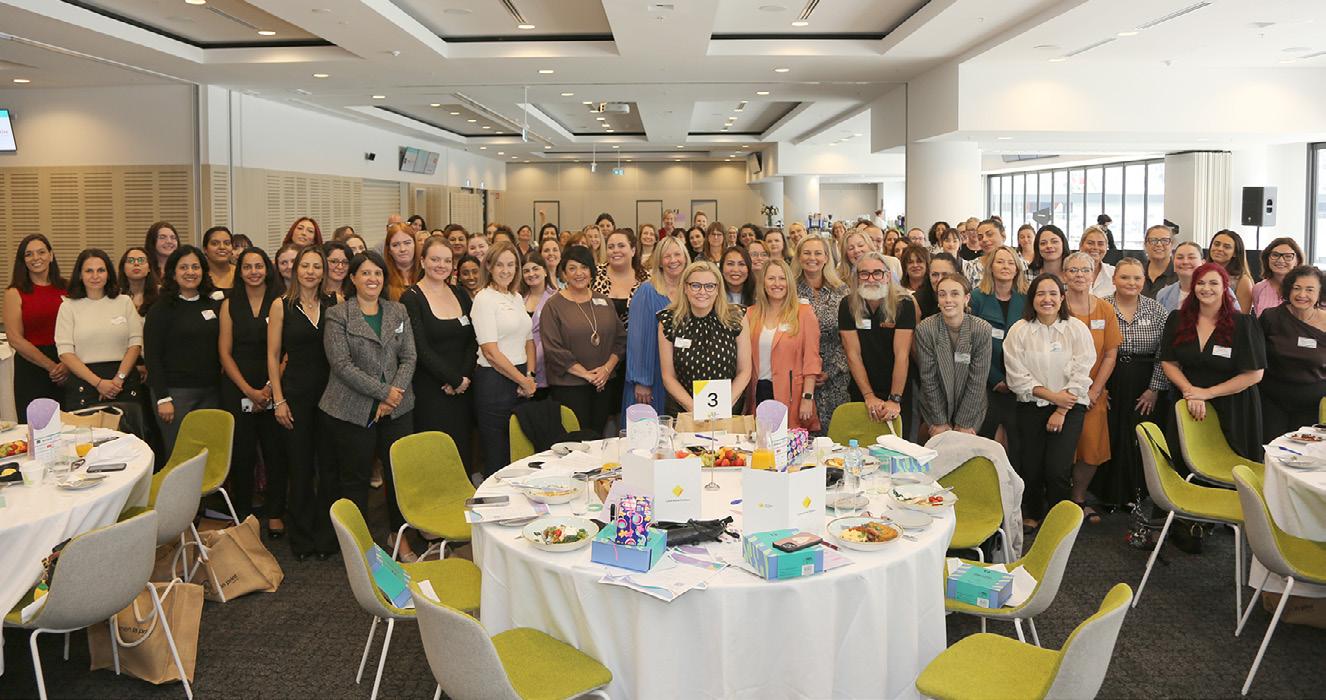
Asian Print Awards 2025 19 September Bangkok, Thailand printinnovationasia.com
Pack Expo International 29 September-1 October Las Vegas, US packexpolasvegas.com
FESPA Australia Annual Conference 17 October Sydney, Australia fespaaustralia.org.au
ProPack Packaging Forum 17 October Sydney, Australia propack.pro
2025 ProPrint Awards 17 October Sydney, Australia proprintawards.com.au
Printing United 2025 22-24 October Florida, US printingunited.com
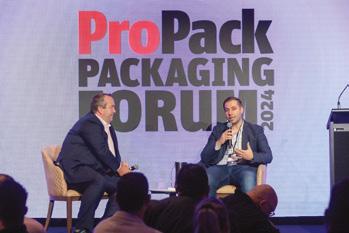
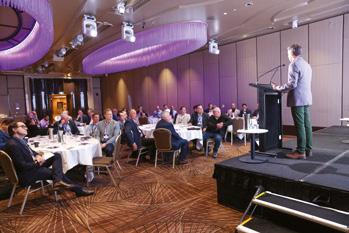
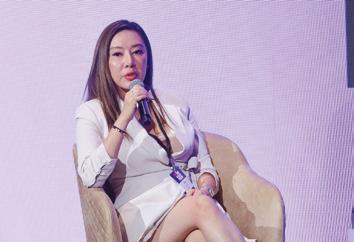
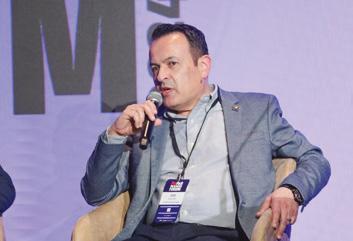
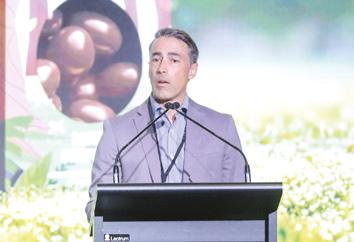
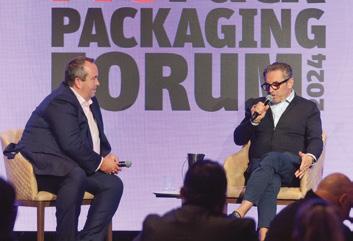
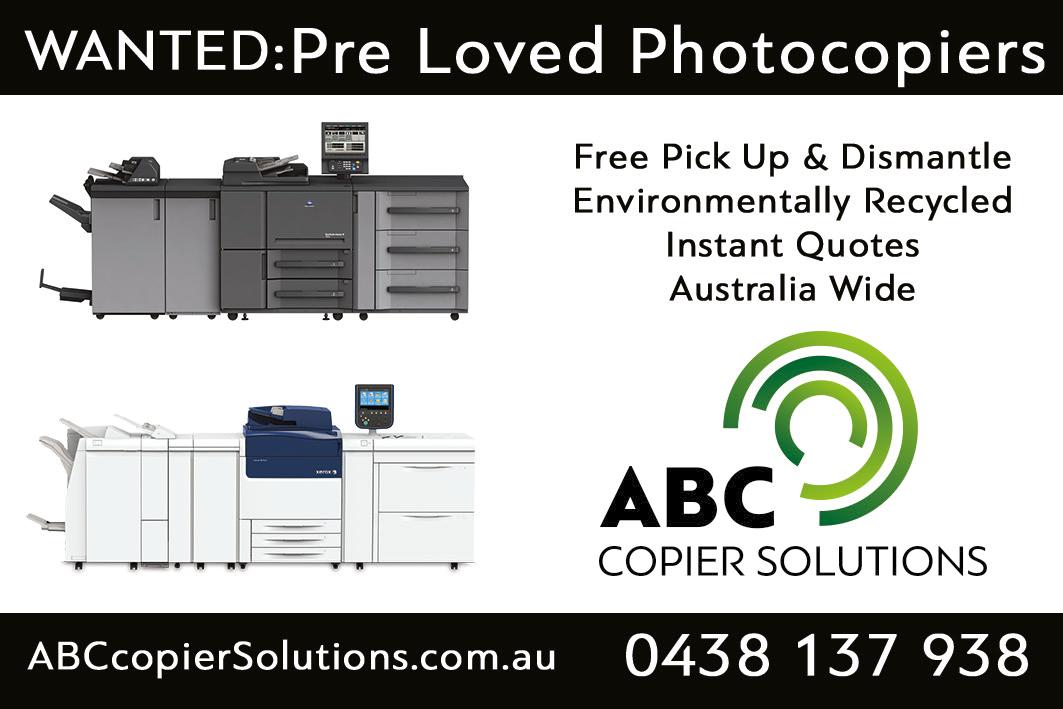

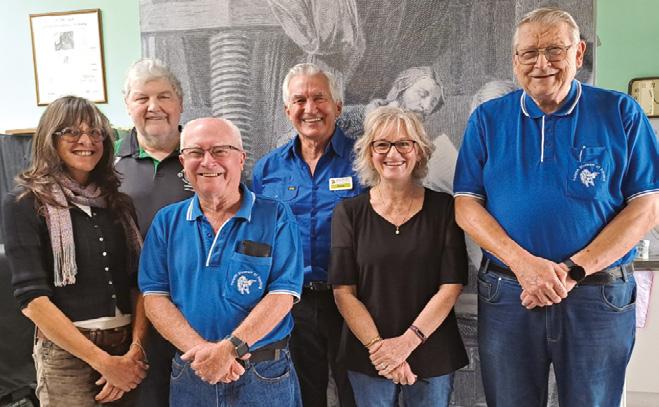
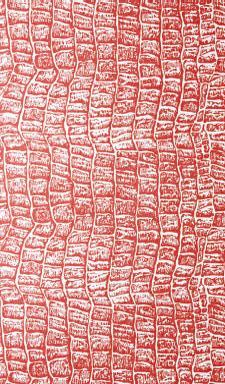
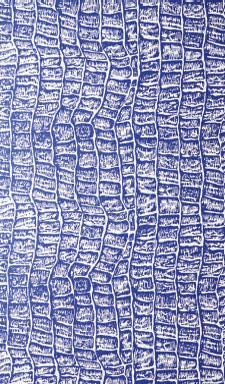
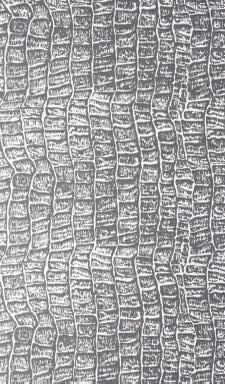
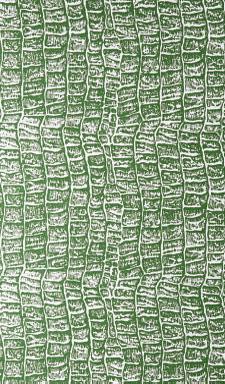
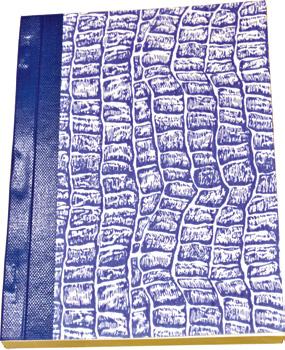
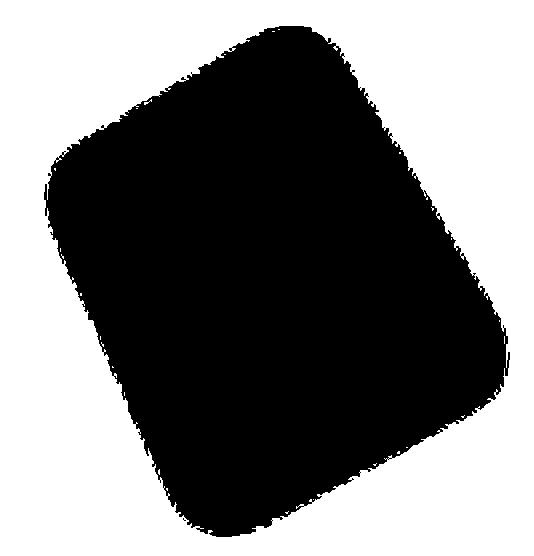
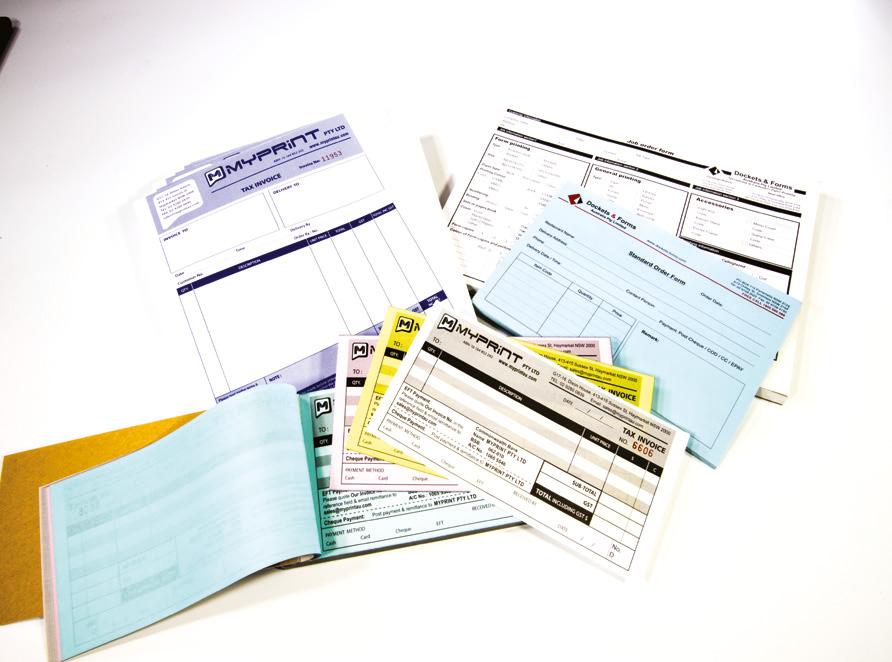
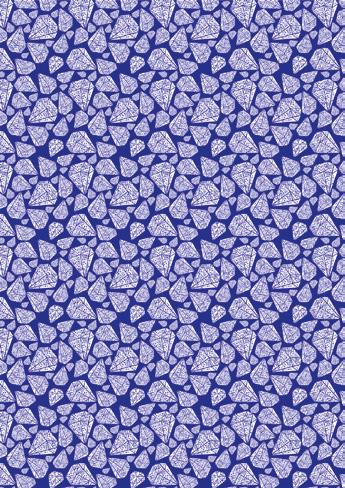
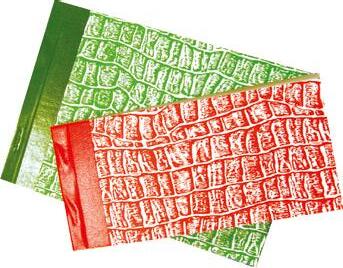
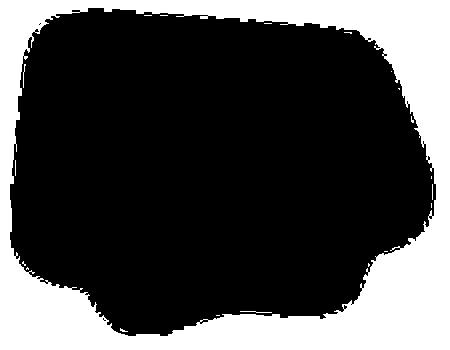
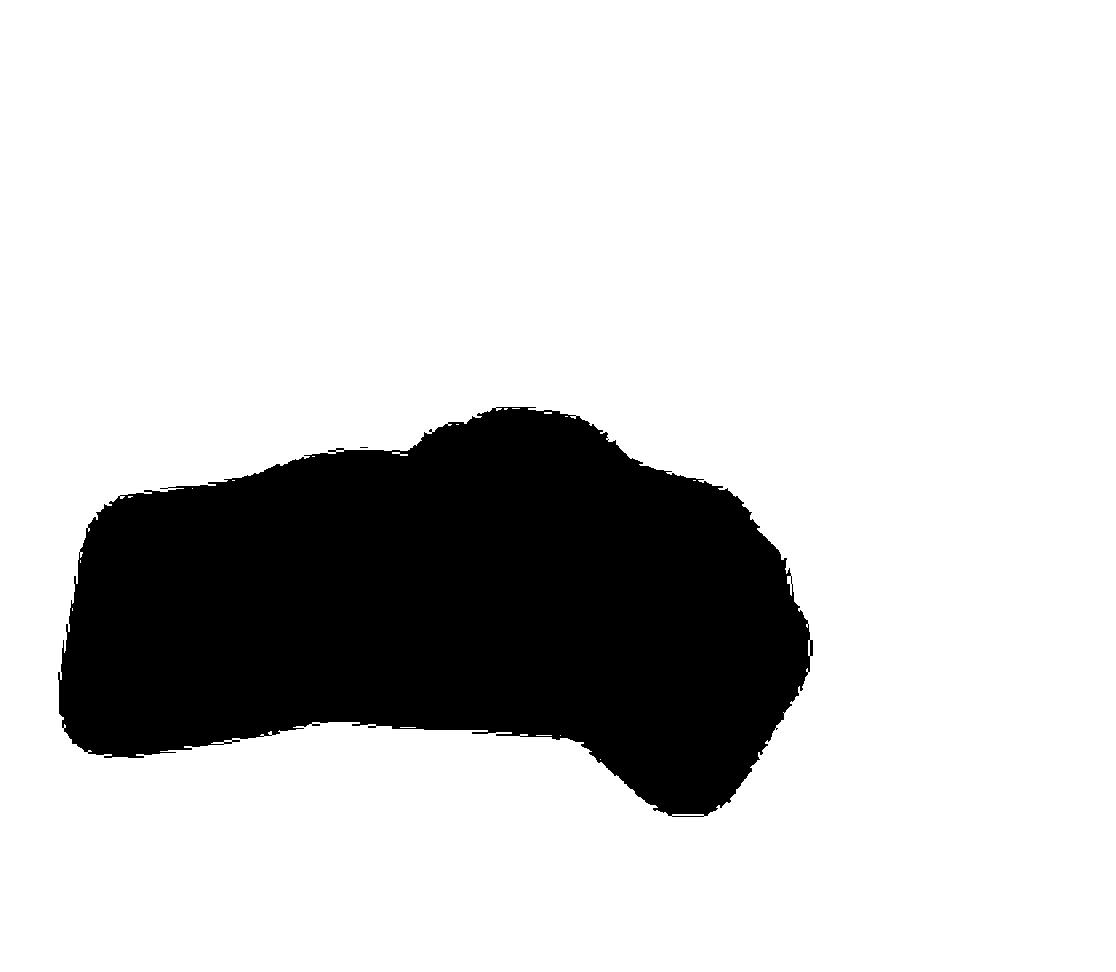
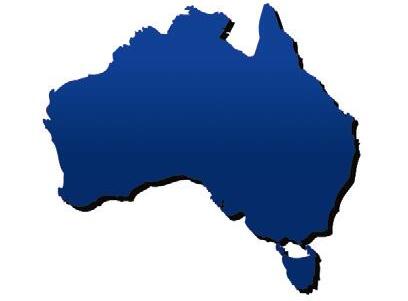
Back row (left to right): Stephen Boyd (Secretary), Bob Lockley (President) Front row (left to right): Monica Merenda (Public Officer), John Berry (Vice President), Anita White (Treasurer) and Wal Sadlo (Publicity Officer)
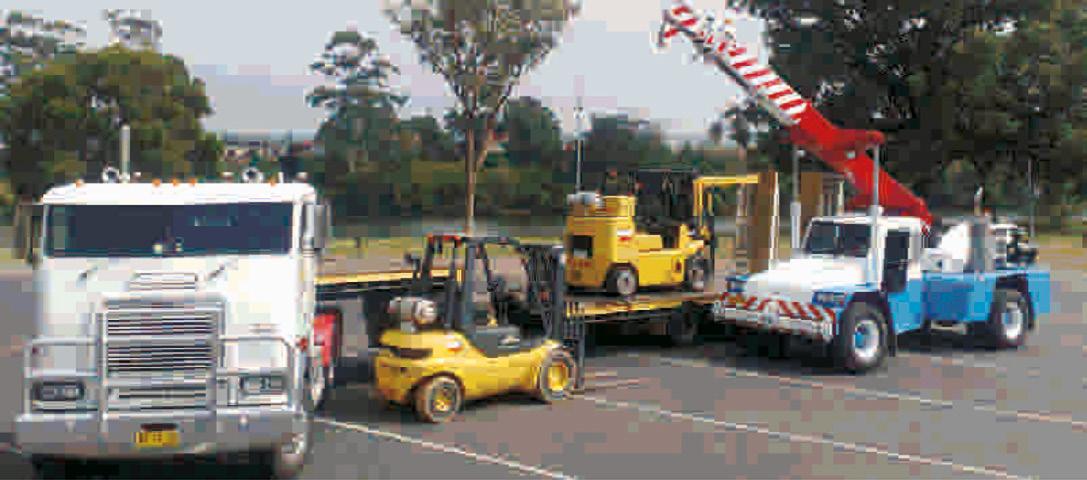
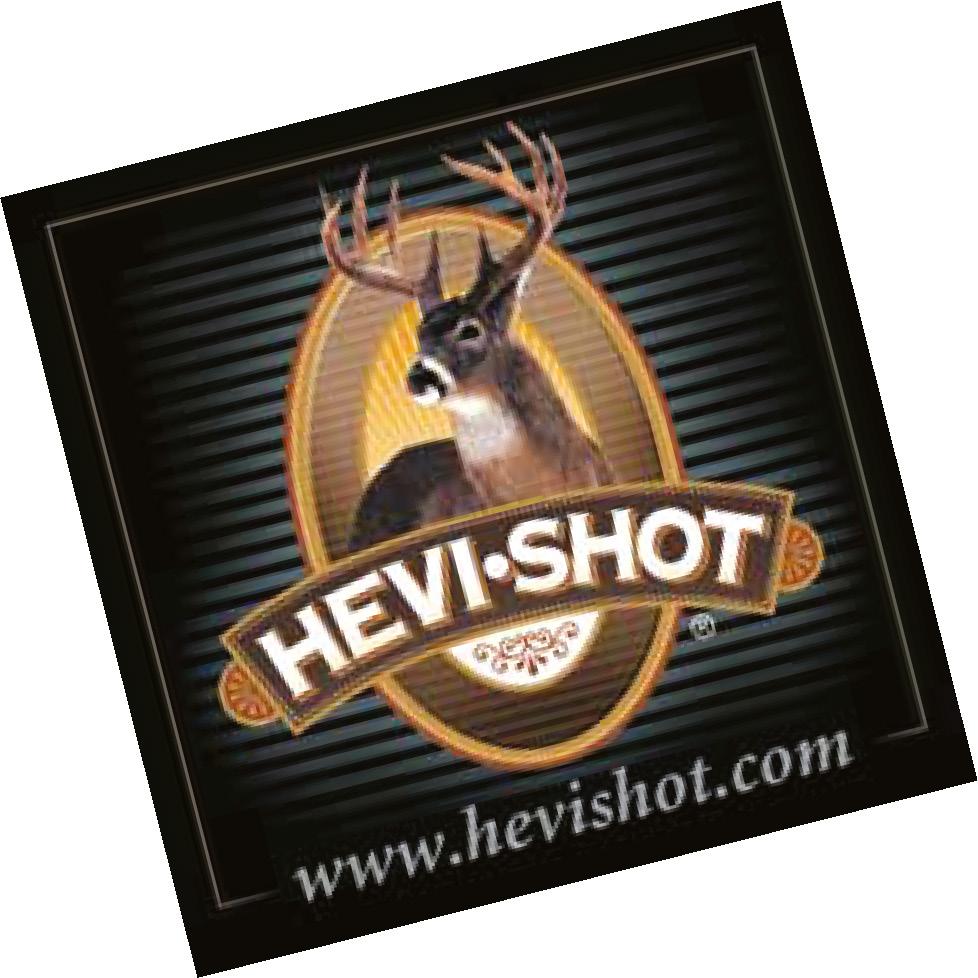
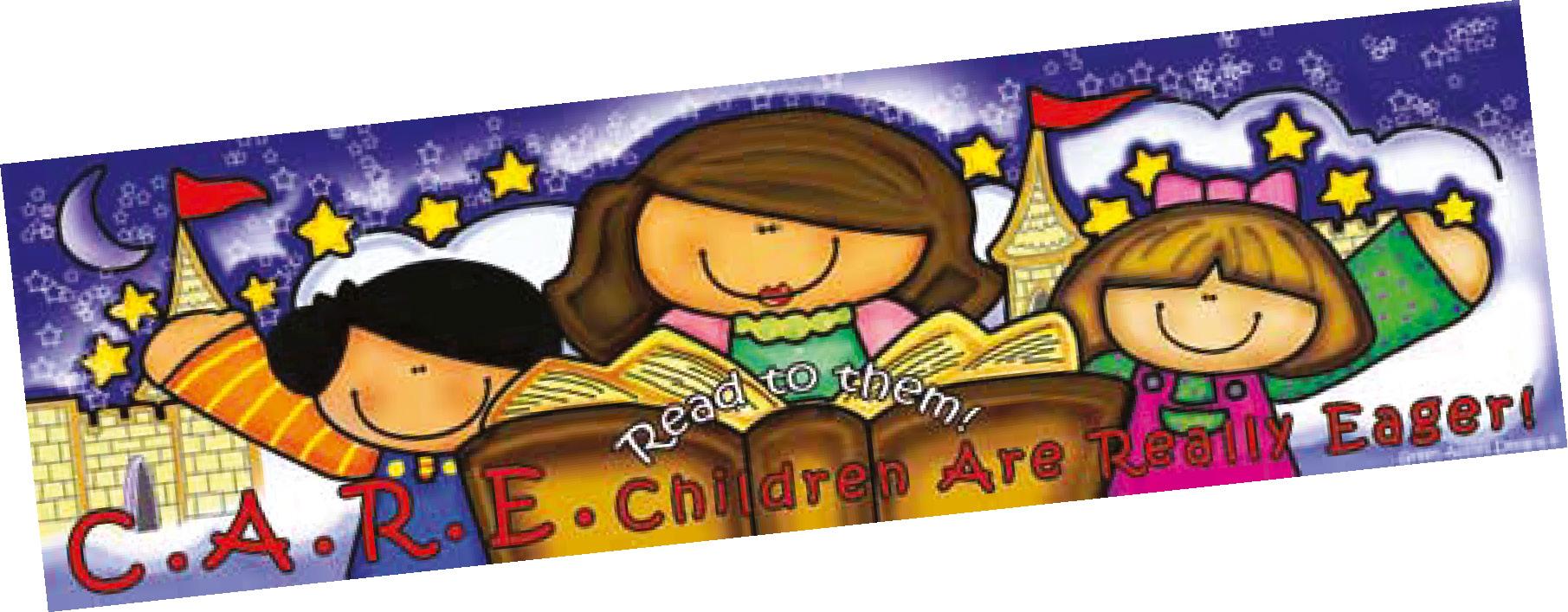
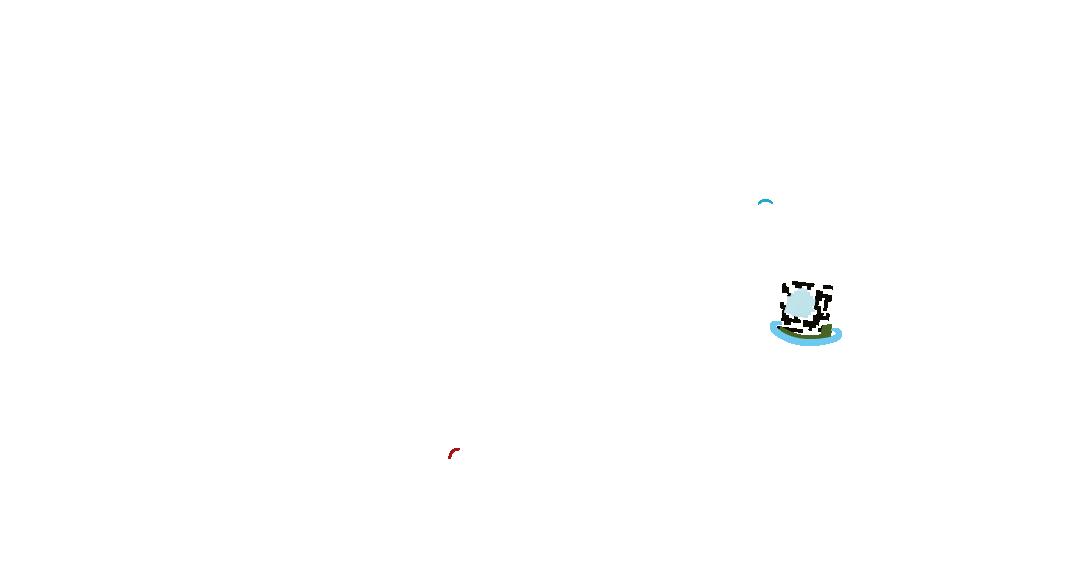
C
US T O M LAB E L SP E CI A LIST S 24- 4 8 HO U R P RO D U CTIO N


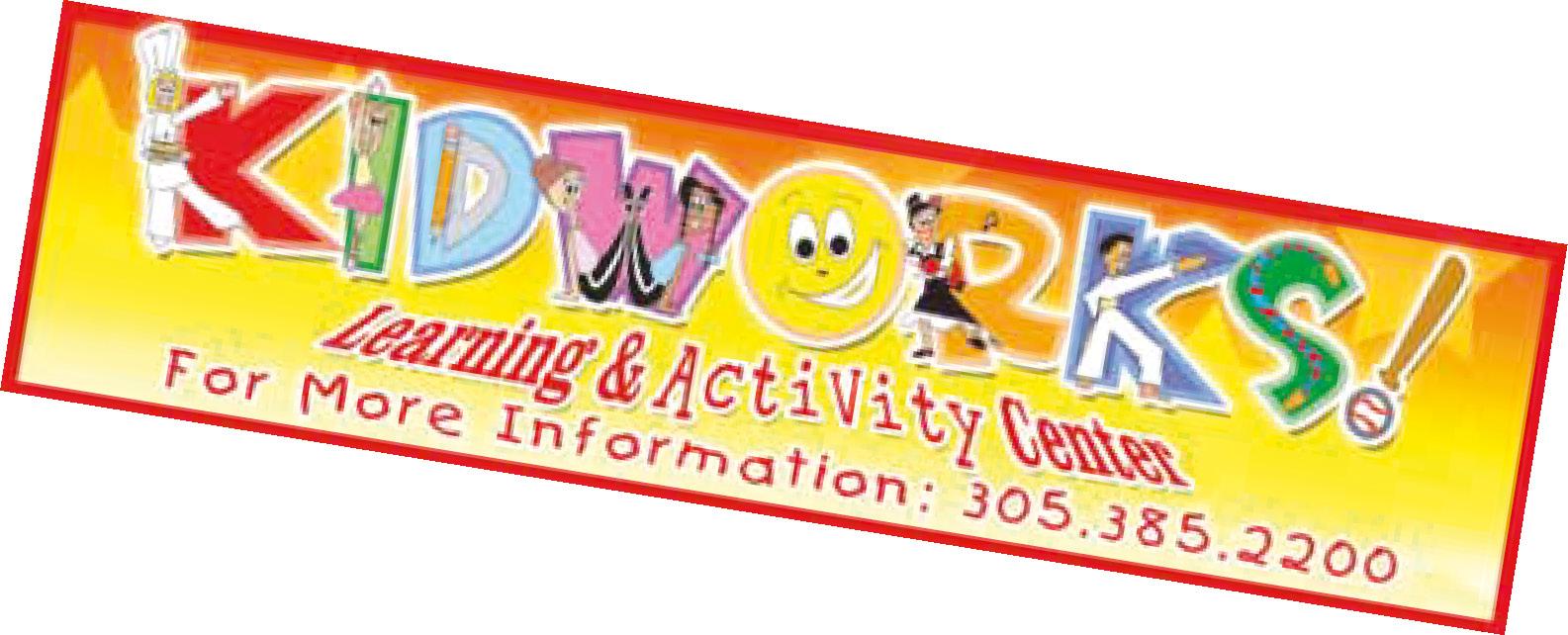
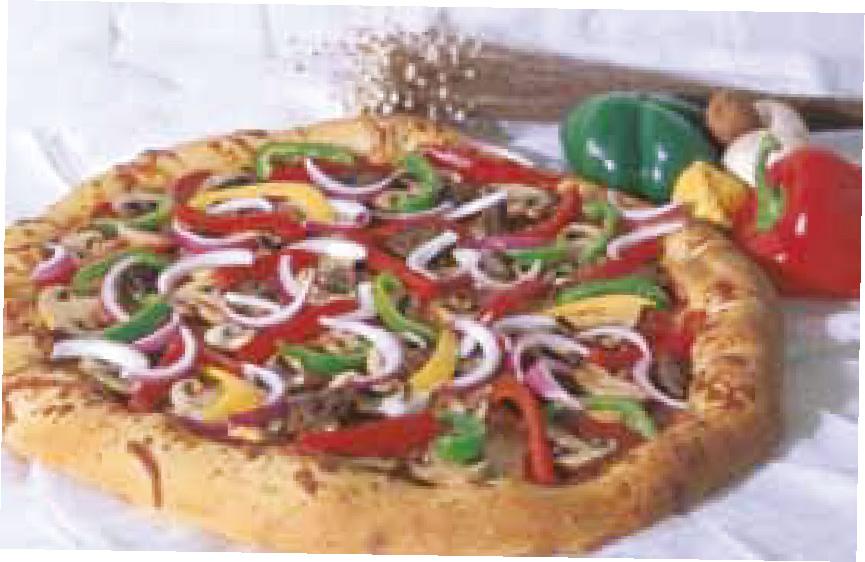
G E T Y O U R R E SE LL E R S A M P L E P A C K T O D AY

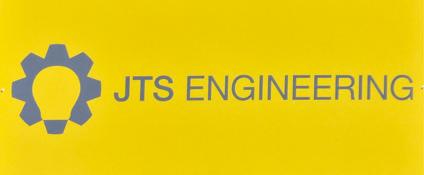
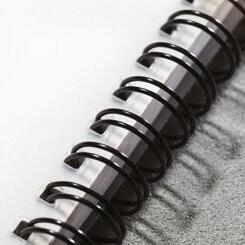
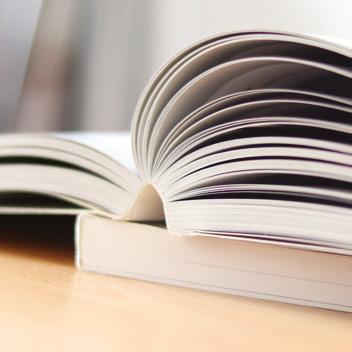

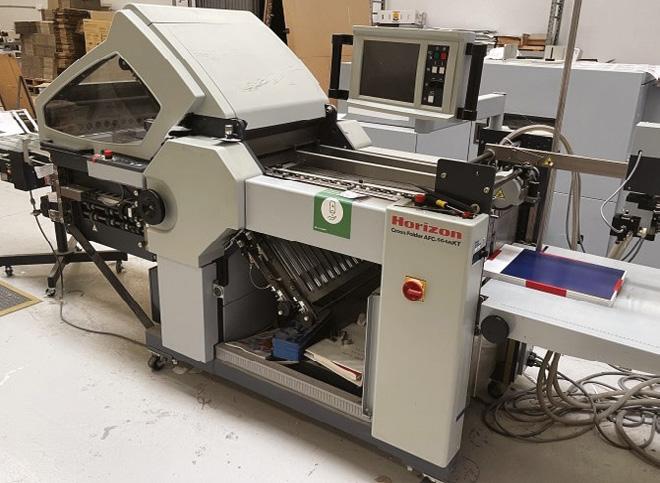
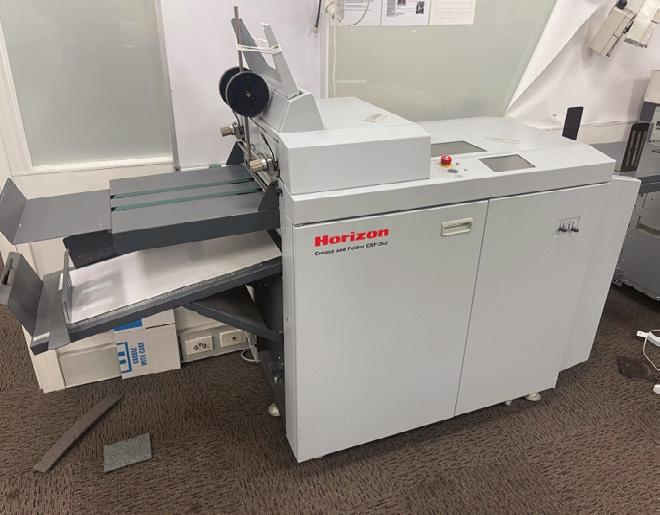
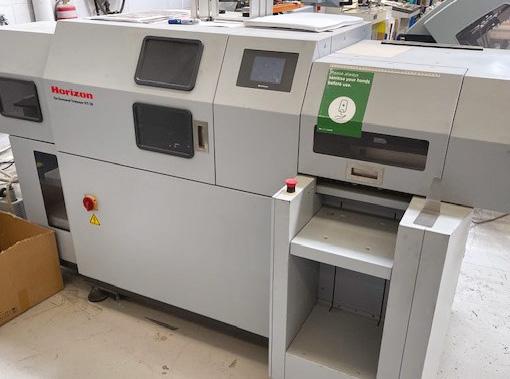
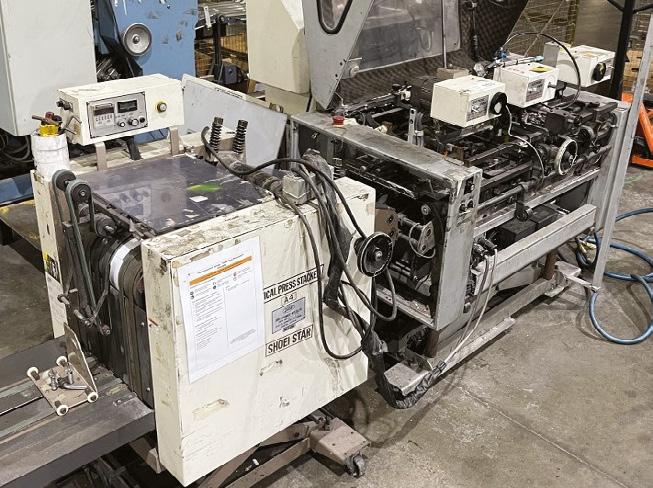
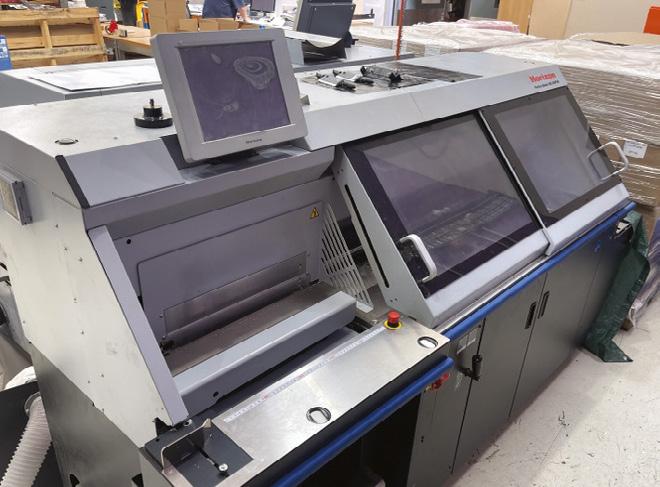
HORIZON CRF 362 CREASER
HORIZON HT-30 TRIMMER
SHOEI CRASH FOLDER
HORIZON AFC 564 FOLDER

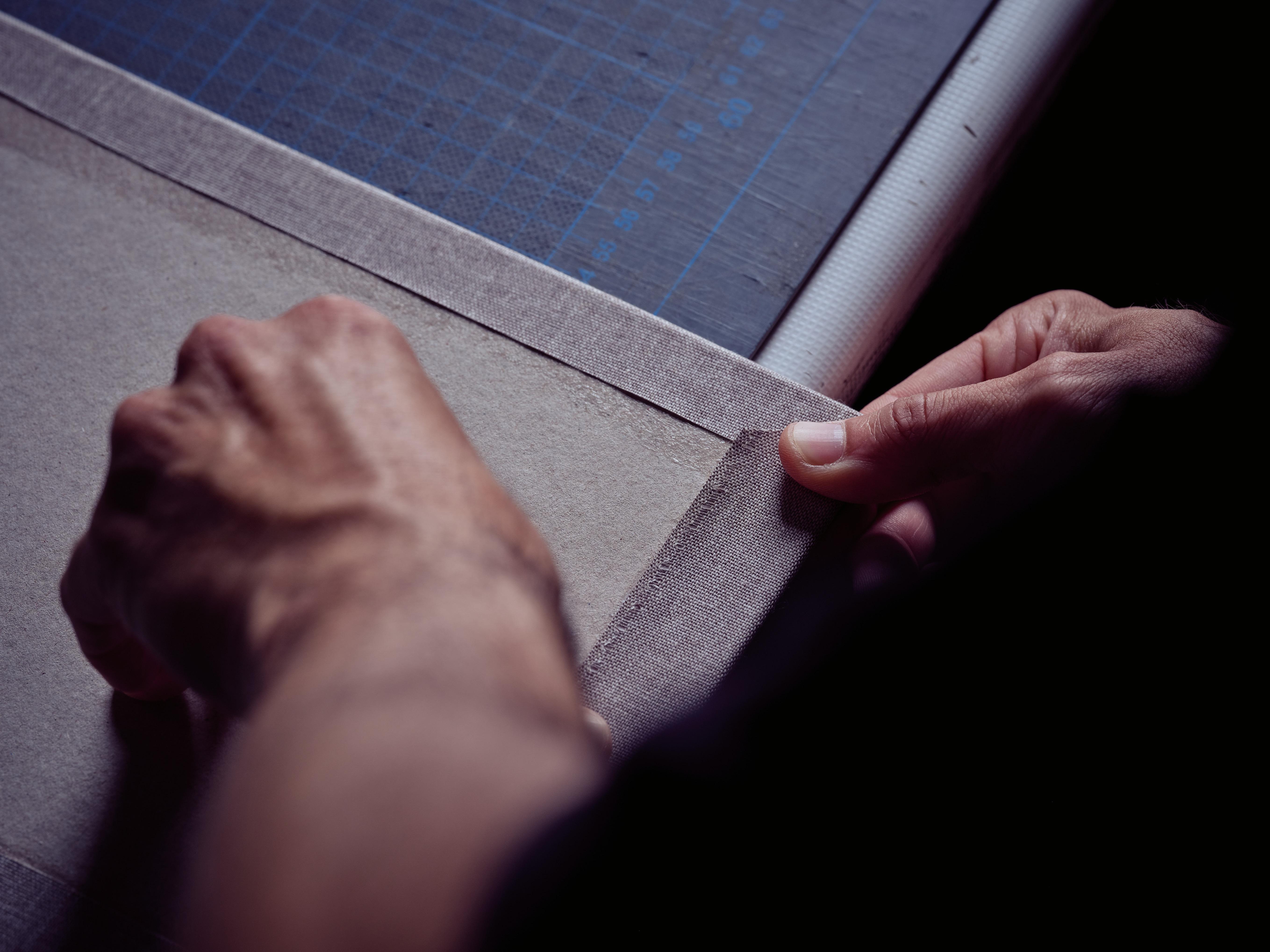
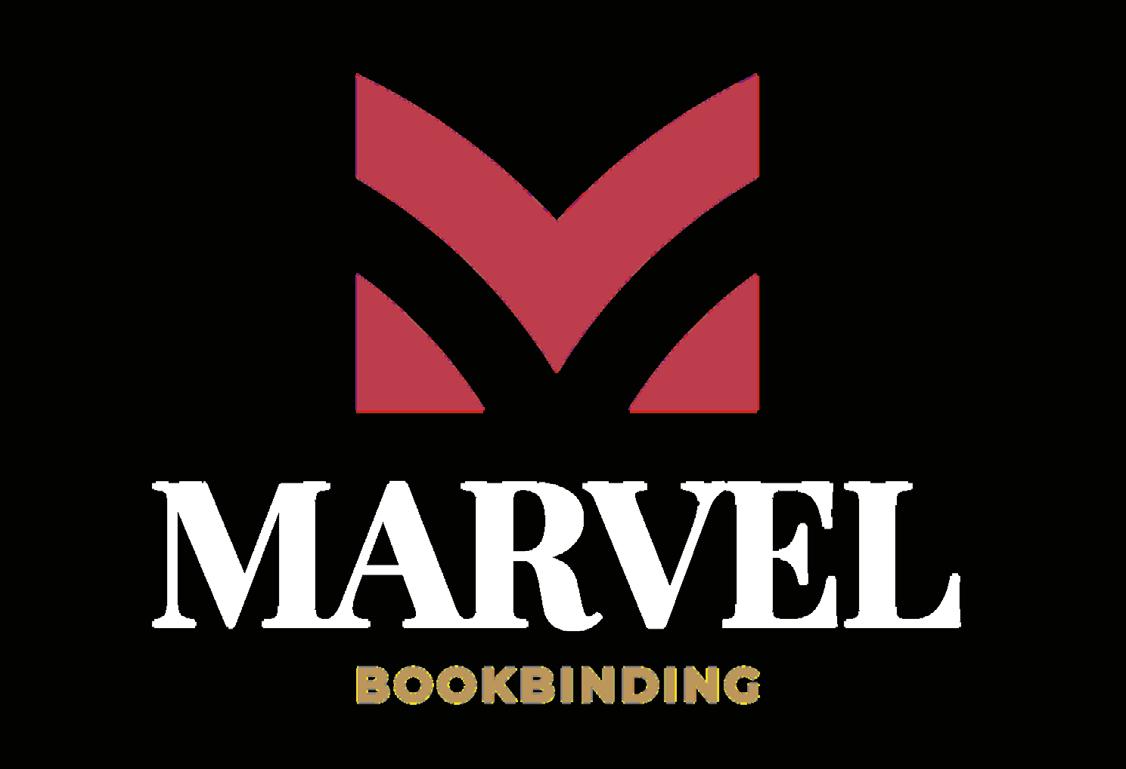
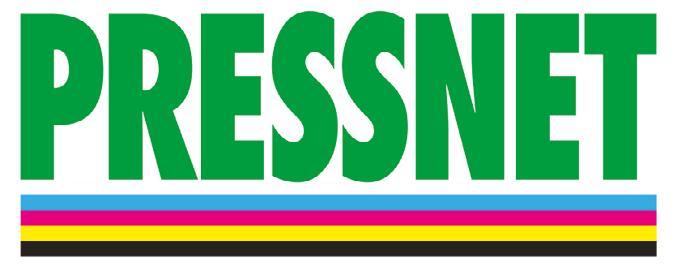
Dapeng Rotacut 5575
The affordable future of general die-cutting, using rotary, flexible, magnetic dies
SPECIFICATIONS:
Size: 240 x 280mm to 550 x 750mm
Speed: 1,000 - 6,000 sph
Thickness: 0.15 mm to 1.0 mm stock
Waste: Automatically stripped into bin underneath
Swing Tags: Holes stripped on the run
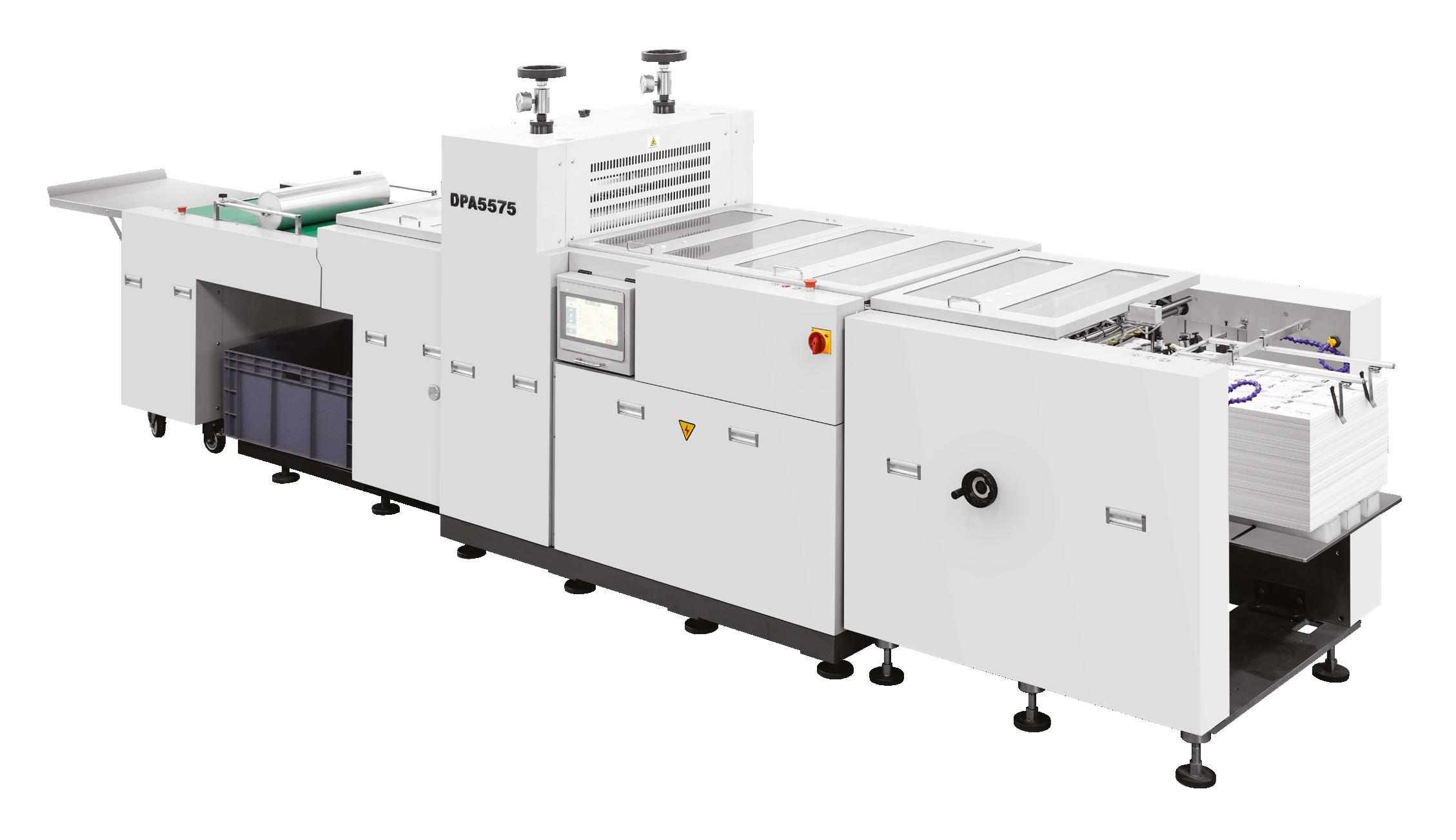
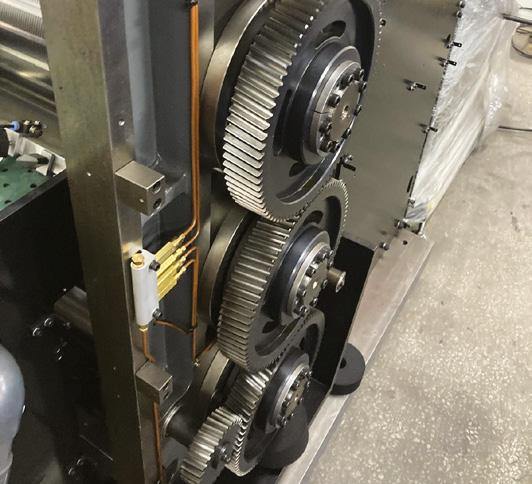
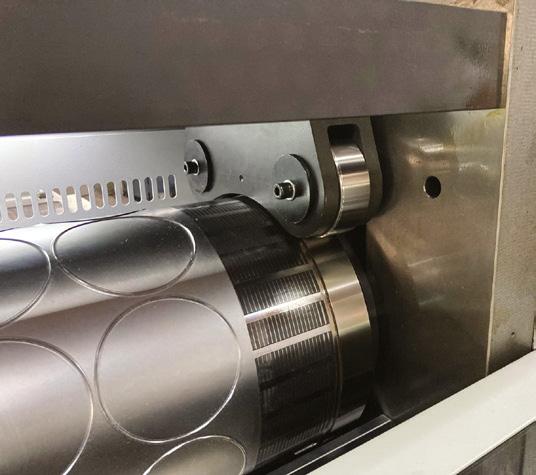
OPTIONS:
• Programmable individual product stacker
• Ladder conveyor of waste to a large wheelie bin
• Sheet stacker for the unstripped sheet
• Magnetic lower cylinder for embossing die
Installed in Australia die-cutting drink coasters
Built with heavy side frames like a cylinder die-cutter, all Western electronics and very user-friendly.
Bound to Succeed
Revolutionise Your Bookbinding with Our State-of-the-Art Hard Case Solutions.
Print Logistics is proud to offer cutting-edge, hard case binding technology that delivers a new level of durability and sophistication. Our innovative process involves expert casing of the hardcover, resulting in a final product that exceeds the competition in both robustness and elegance.
Elevate your publications, specialty books, and projects to new heights with our superior hard case binding solutions, perfect for customers who refuse to compromise on quality.
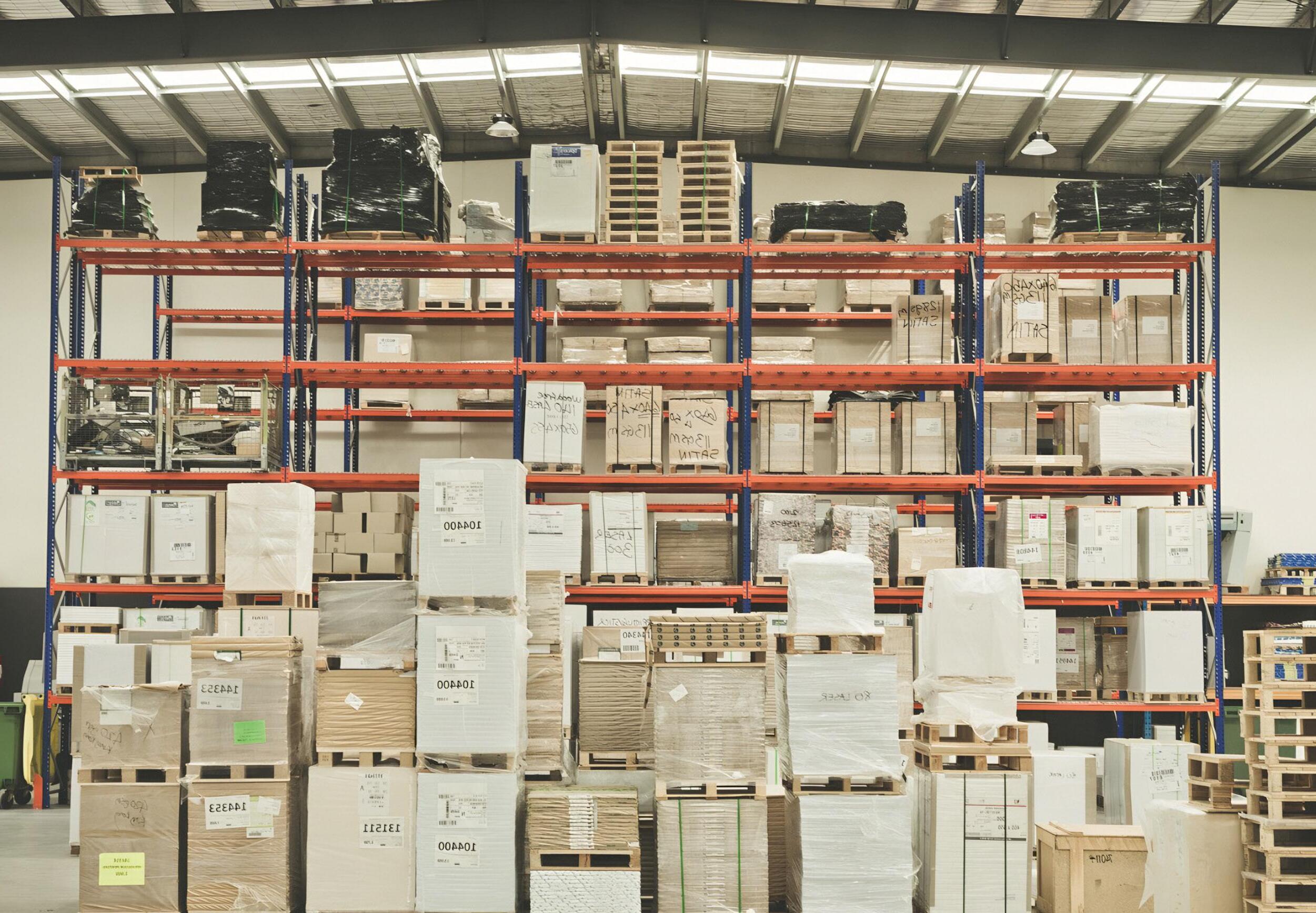
Why Choose Us?
• Fast turnaround times
• Competitive trade-only pricing
• Privileged communication
• Family owned and run
• Variety of customisation options to meet your specific needs
What Customers Are Saying?
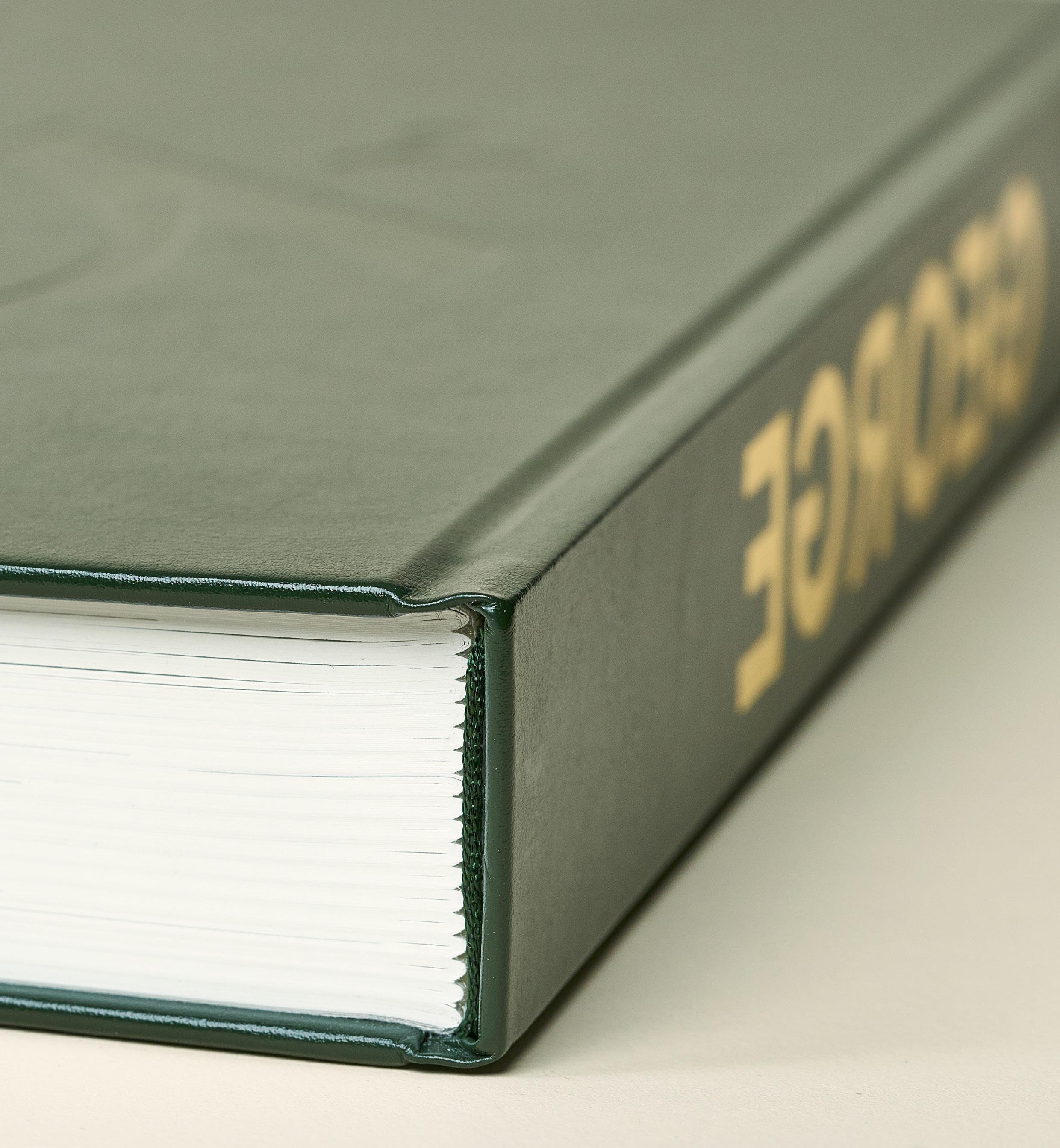
“We’ve relied on Print Logistics for years and couldn’t be happier with their service. Their professionalism, precision, and dedication to confidentiality make them invaluable partners. We highly recommend Print Logistics for exceptional printing and binding services.” Principle Design
Print is perception and we treat it accordingly.
Contact Us Today
Phone: 1300 659 029
Email: contactus@printlogistics.com.au
Visit: www.printlogistics.com.au
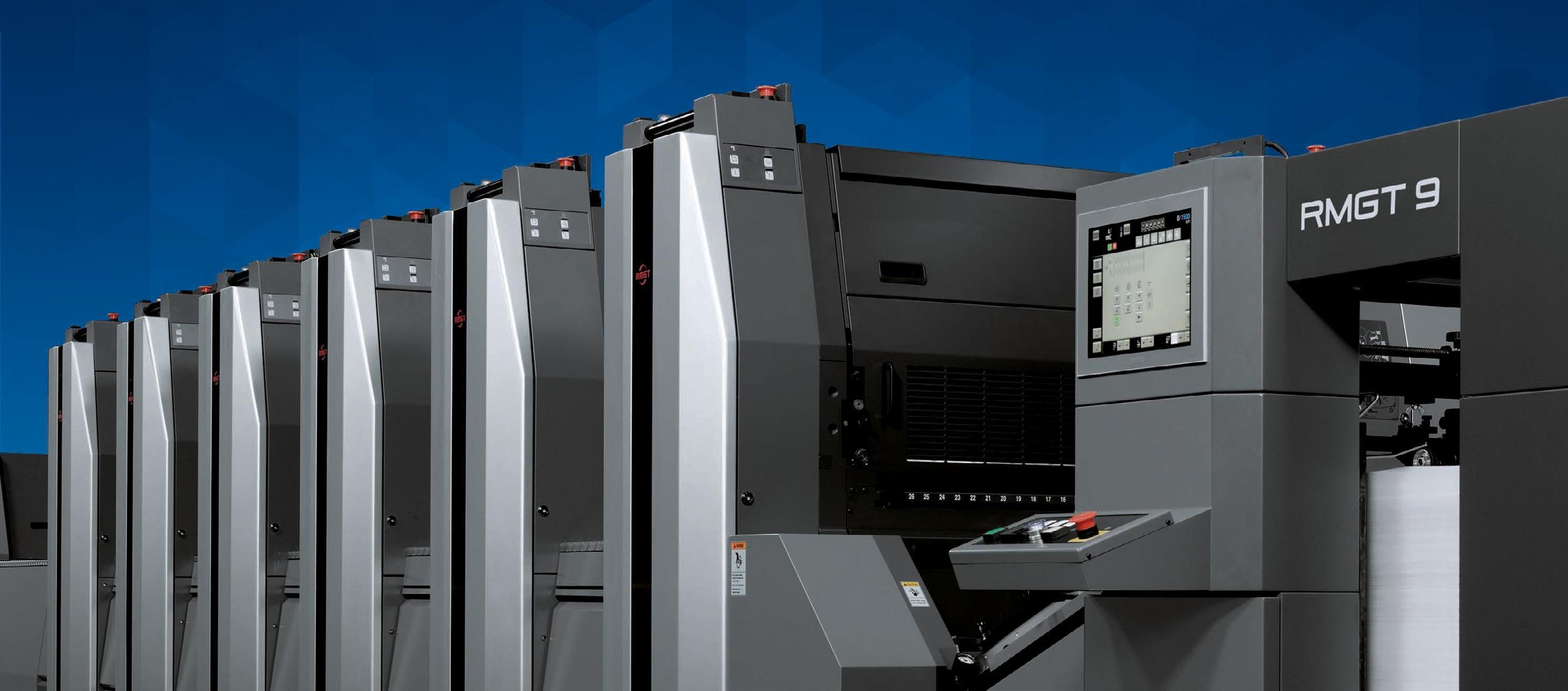
Breathing new life into A1-plus size printing


Introducing the RMGT 970 with Skeleton Transfer System
Why Why ?

No odor
No Ozone
No spray powder
No set-off
No loss time
• Instant dry
• Instant ON/OFF irradiation
Reduce CO2 emission
No large peripheral equipment
No need for overprint varnishing
Reduce electrical consumption
• Up to 91%
No VOC (Volatile Organic Compounds)
Reduce heat generation
Long life span
• Up to 15 times
Printing on film and cardboard
Just like your conventional offset press ...without the cons.
A skeleton transfer cylinder will be offered as an option for 970 model A1-plus size straight offset presses. The cylinder mechanism leverages the technology of RMGT’s flagship 10 series, which boasts a solid reputation in the packaging industry.
This newly added feature will enable the press to handle a wide range of sheet thicknesses from 0.04 to 0.8mm, expanding business opportunities by flexibly printing not only commercial and publication products but also packaging and speciality items.
Handles sheet thickness of up to 0.8mm to meet the demands of packaging printing.
Maximim sheet size of 650 x 965mm allows flexible handling of a wide variety of multi-up printing work.
Low-cost heavy-stock printing enhances competiveness (Approx. 20% lower plate costs and 18% lower power consumption versus a B1-size press)
